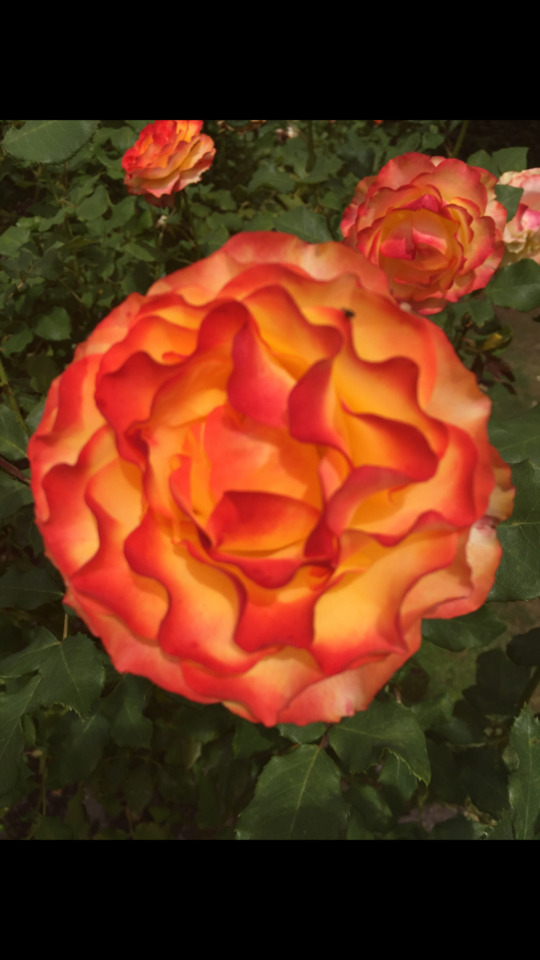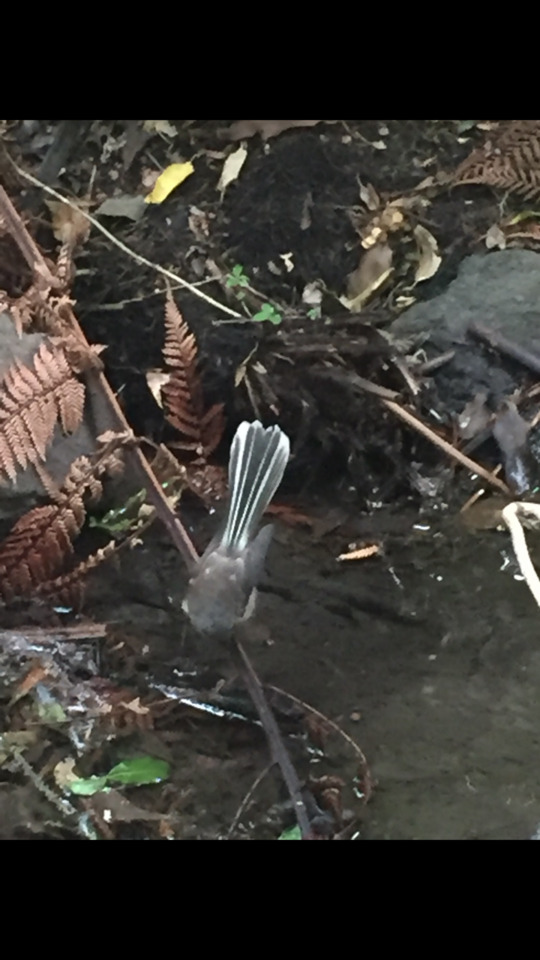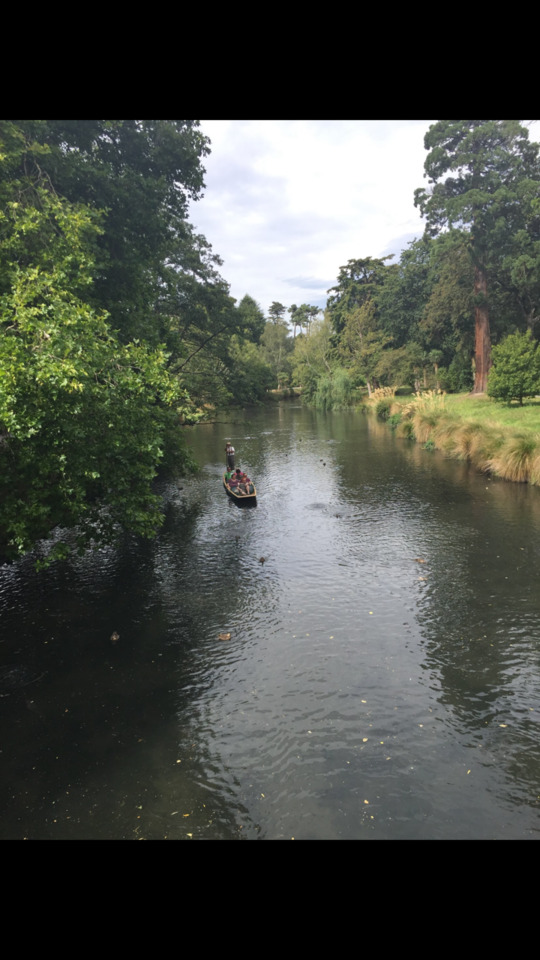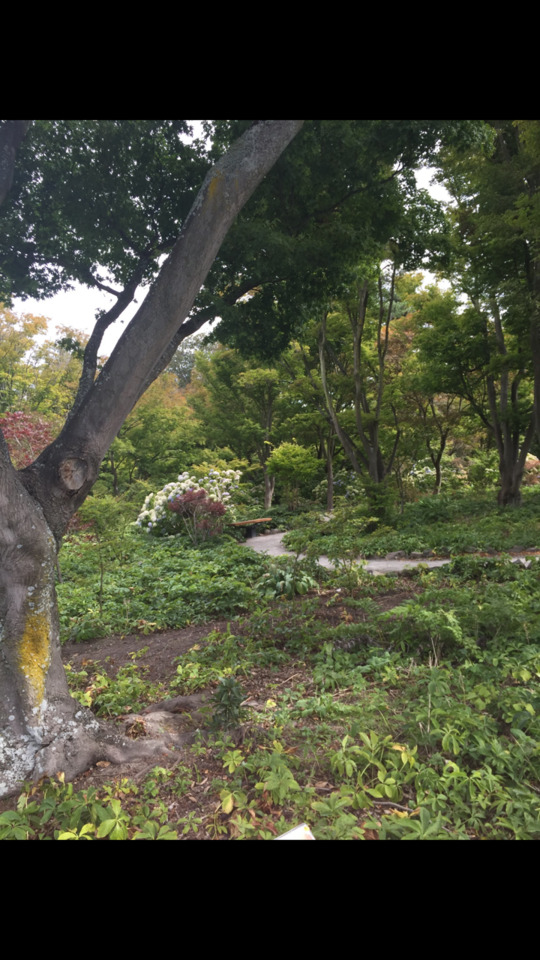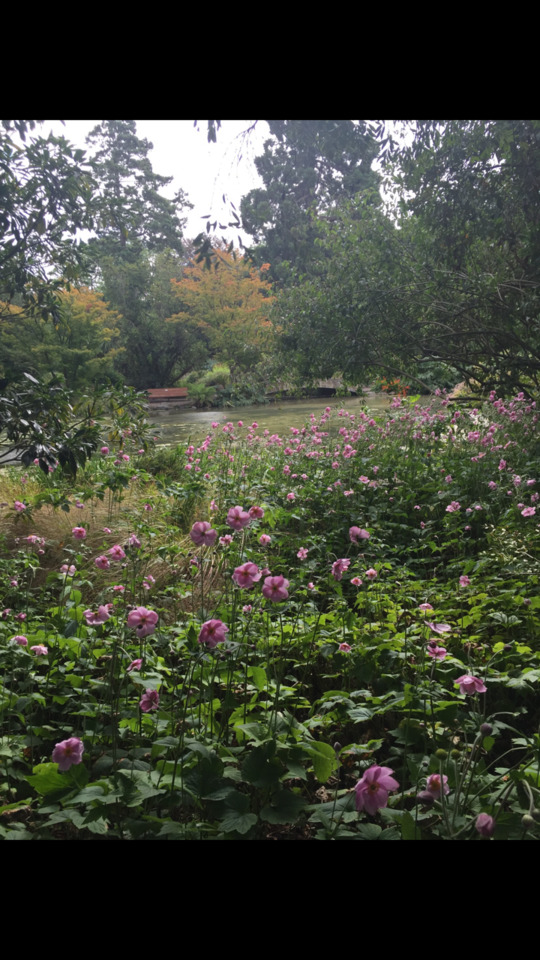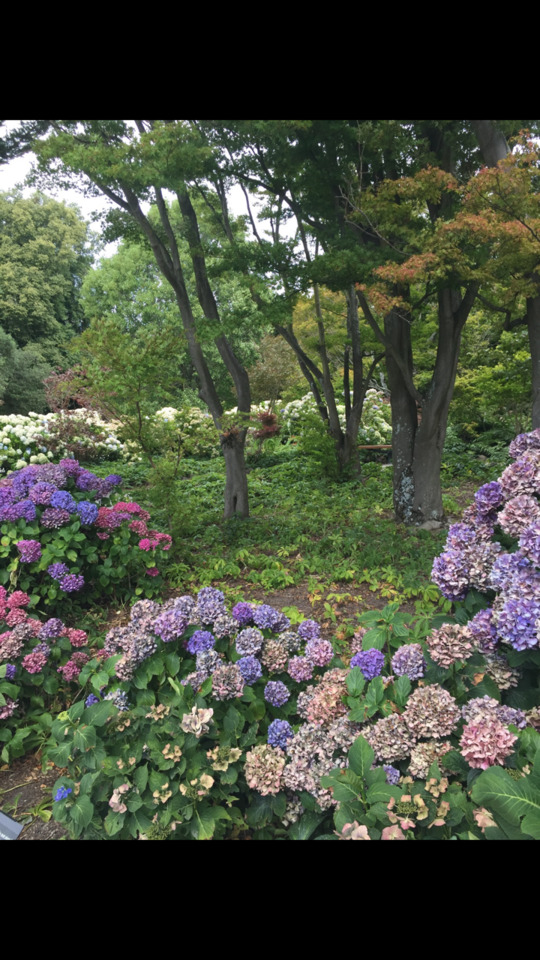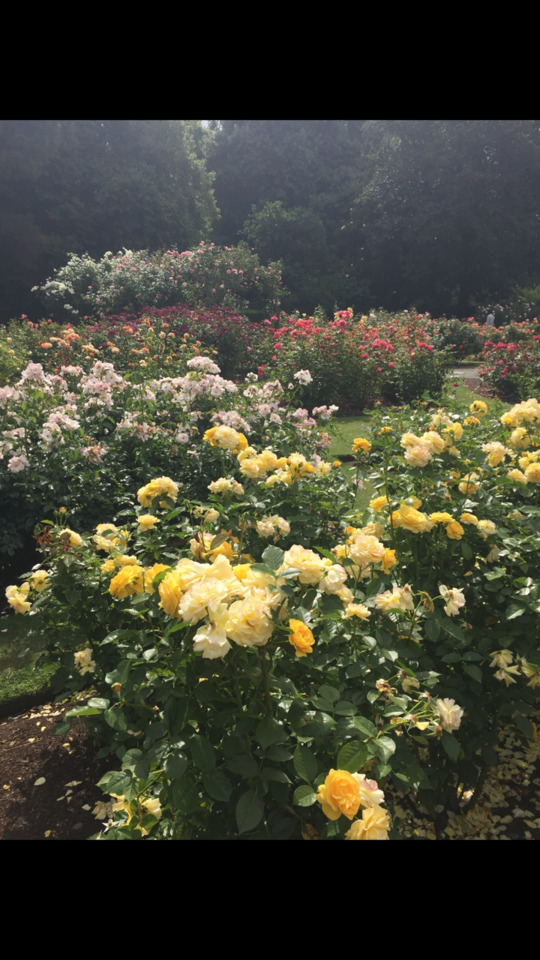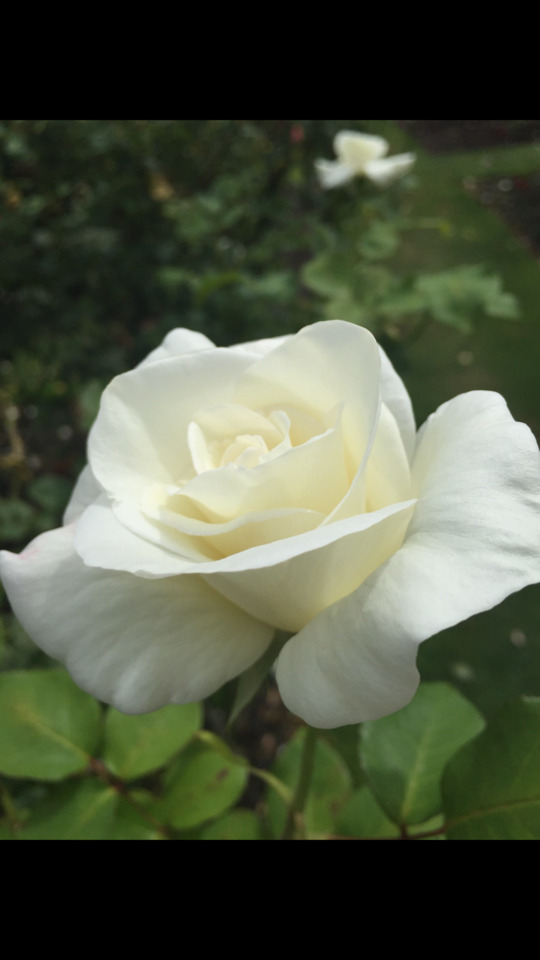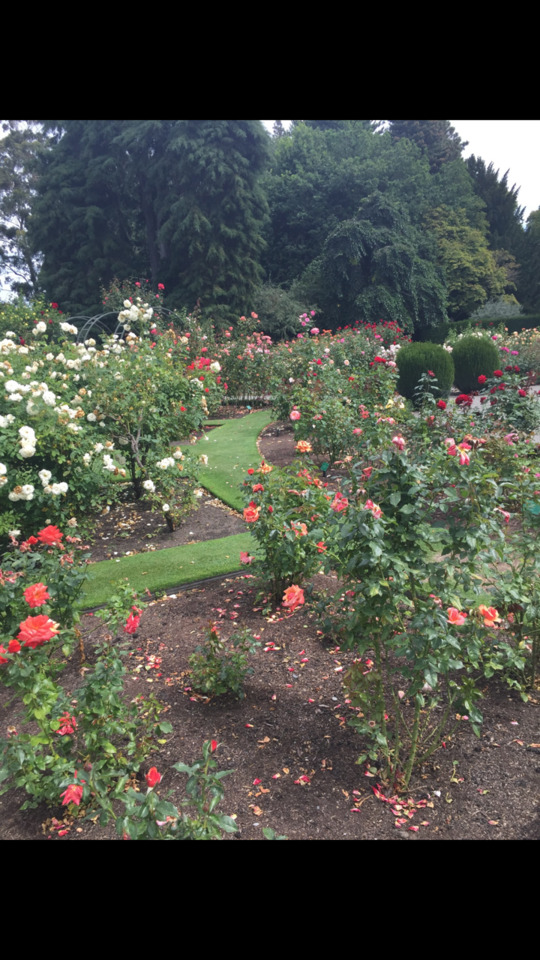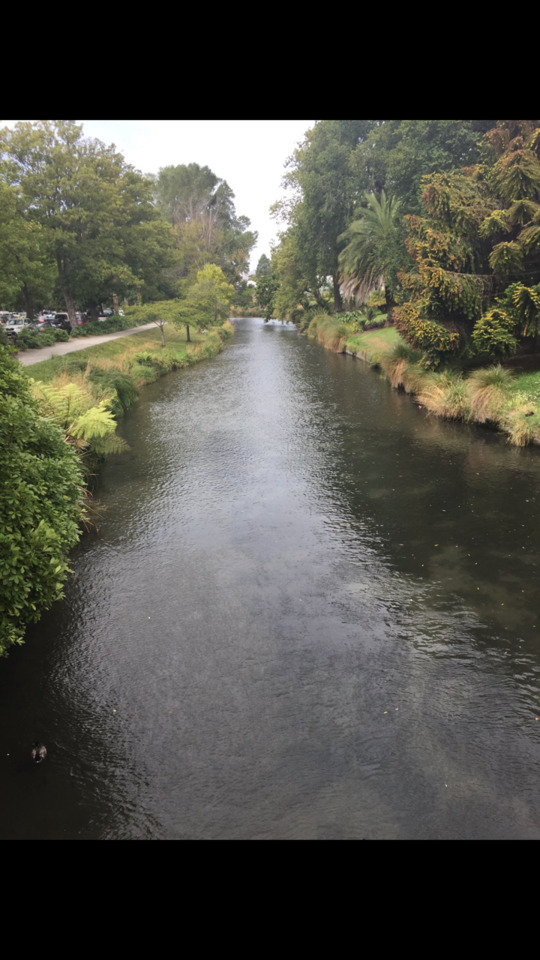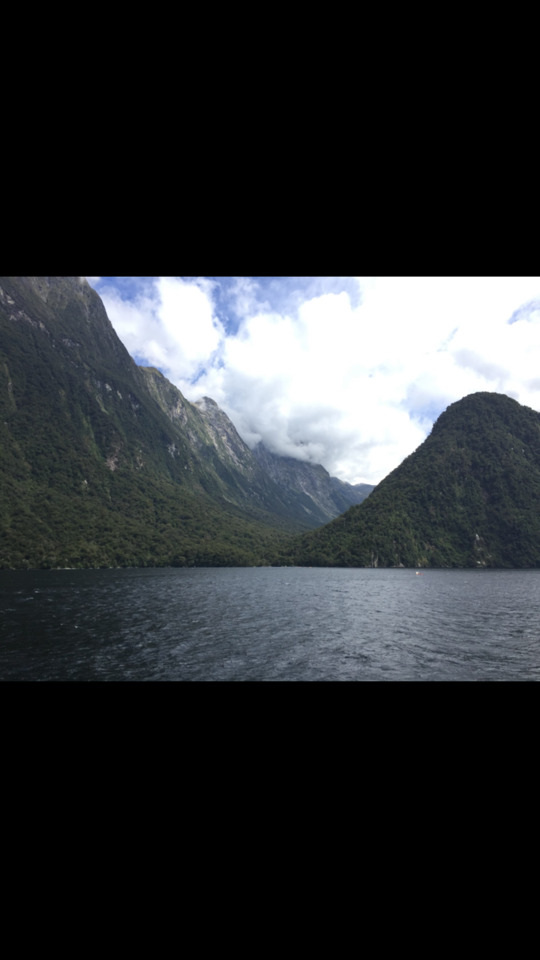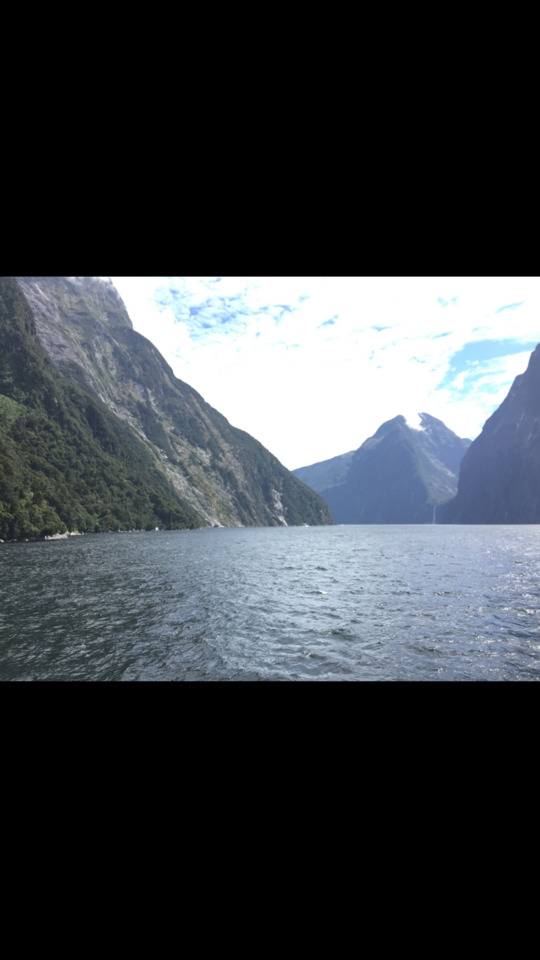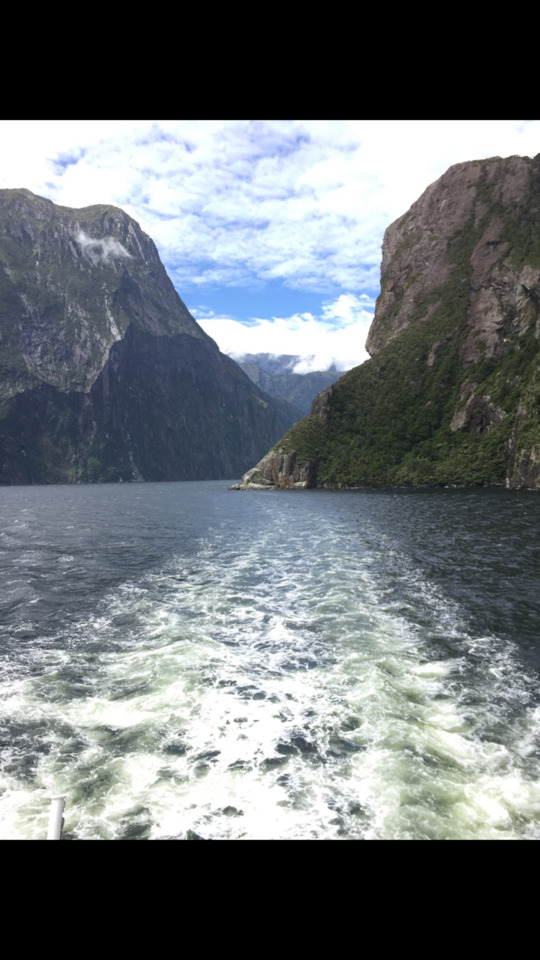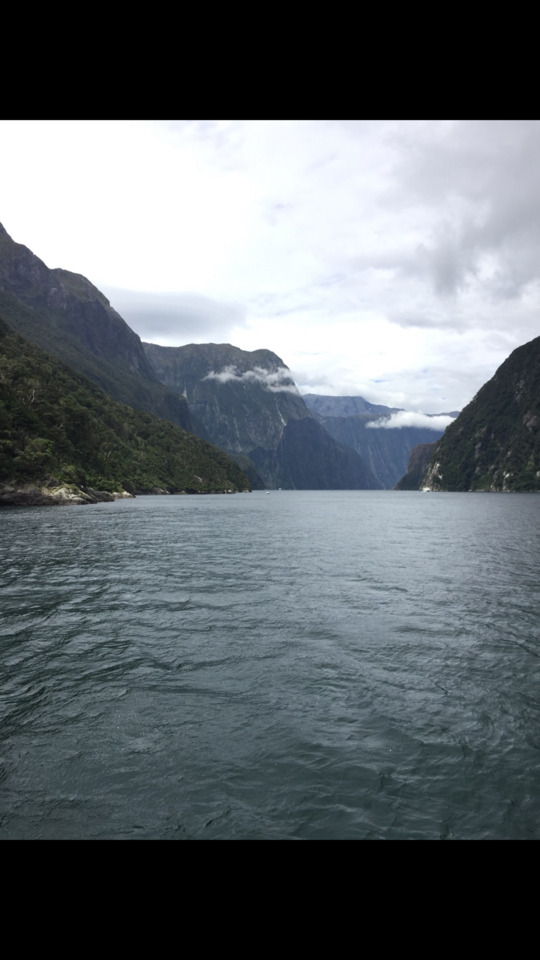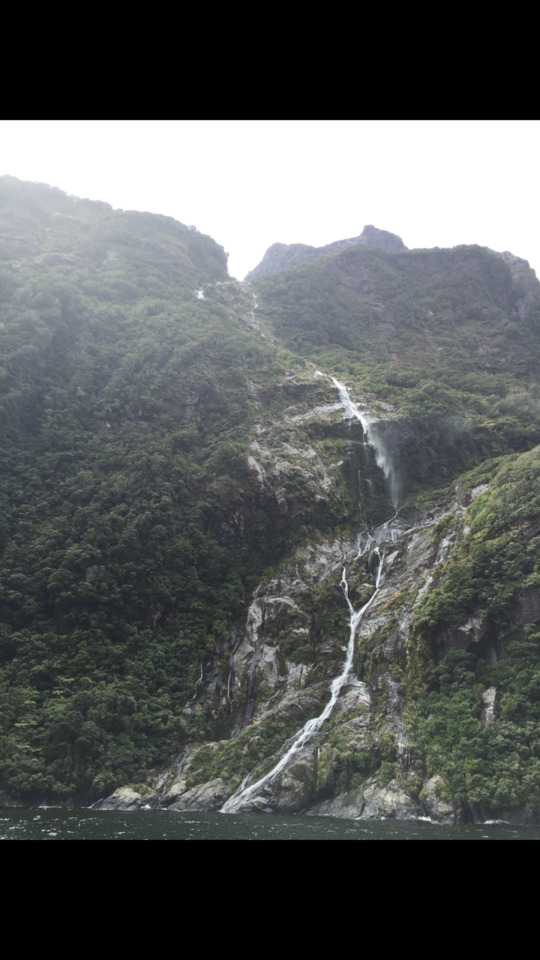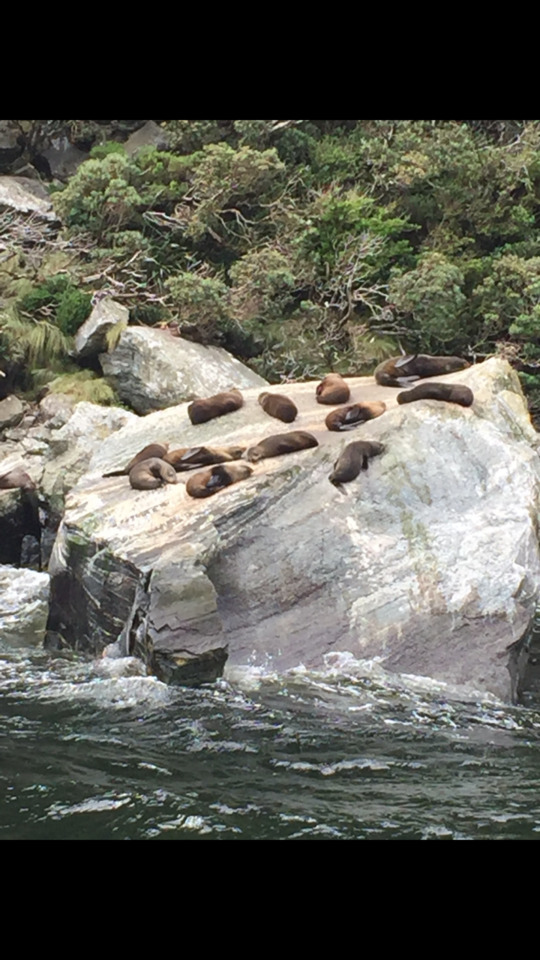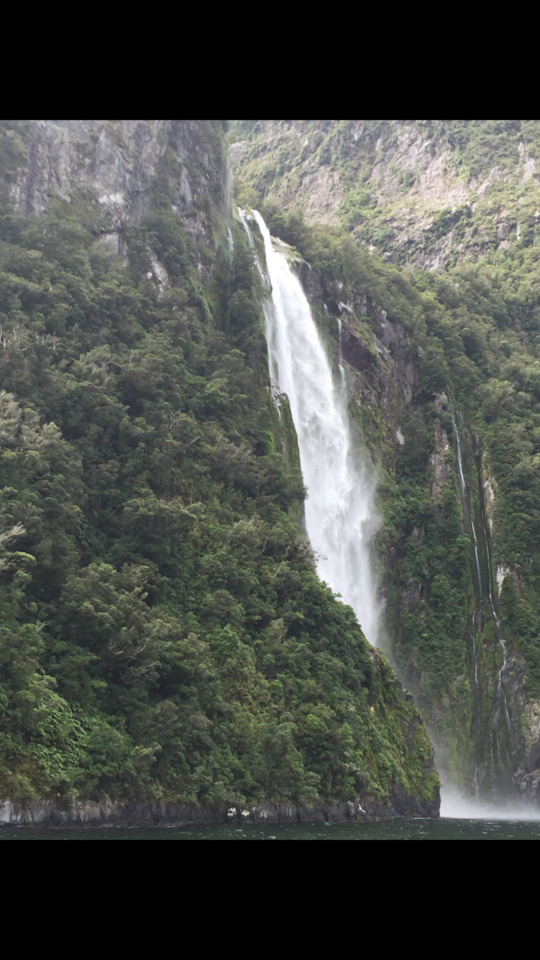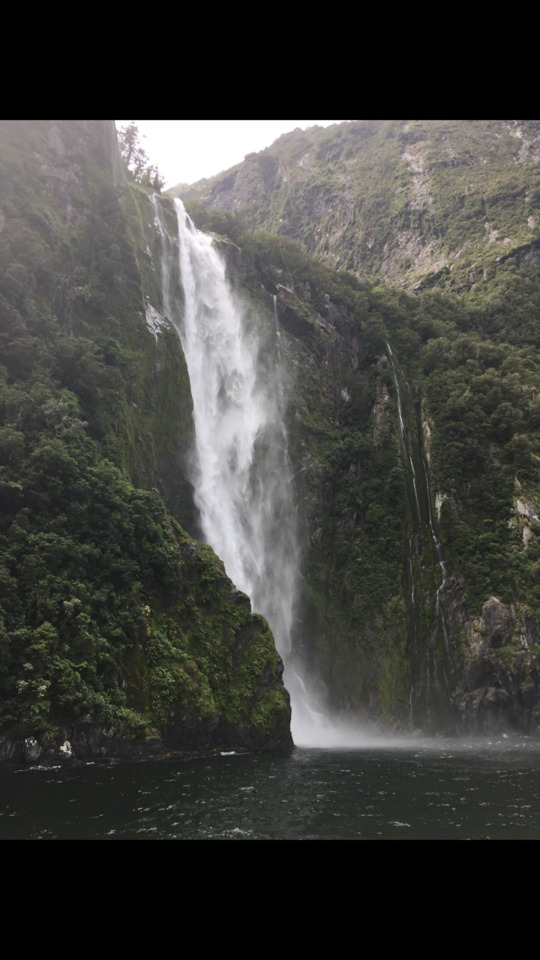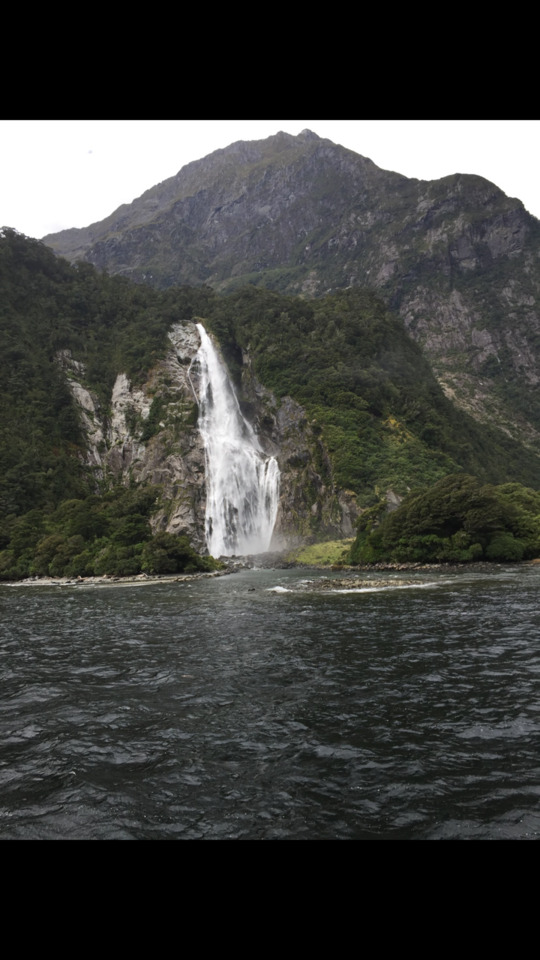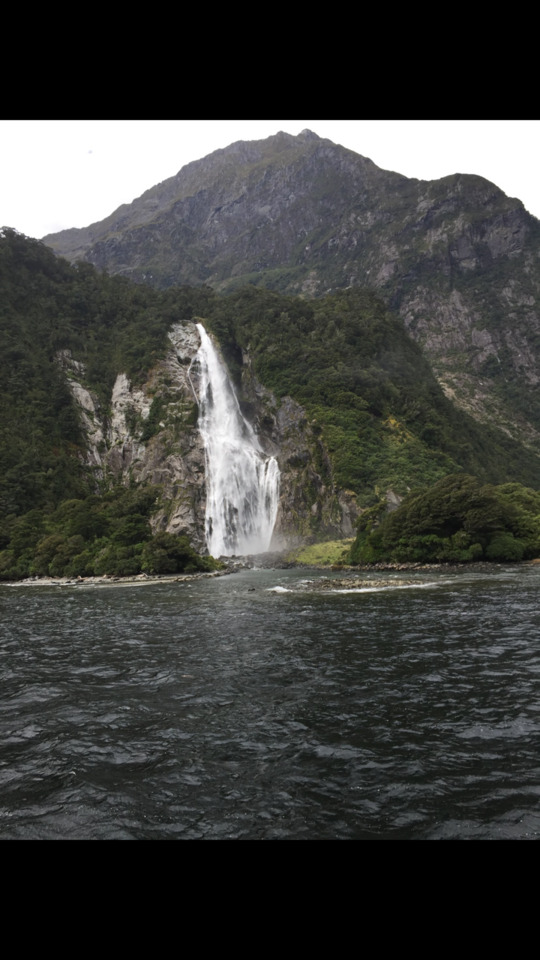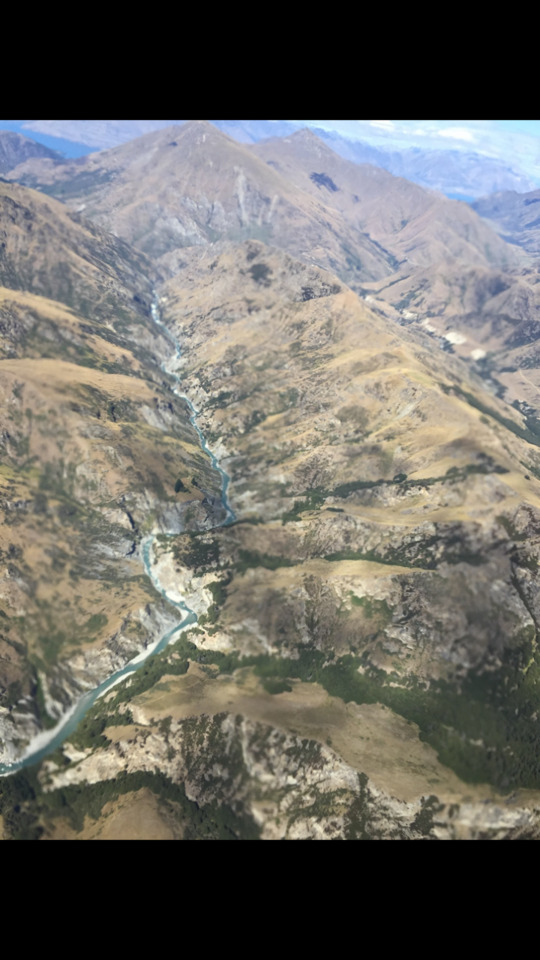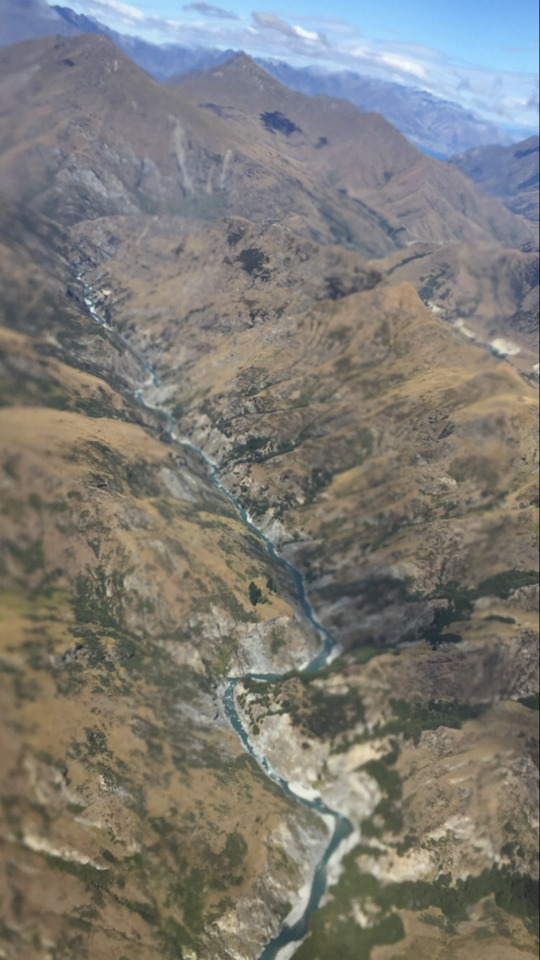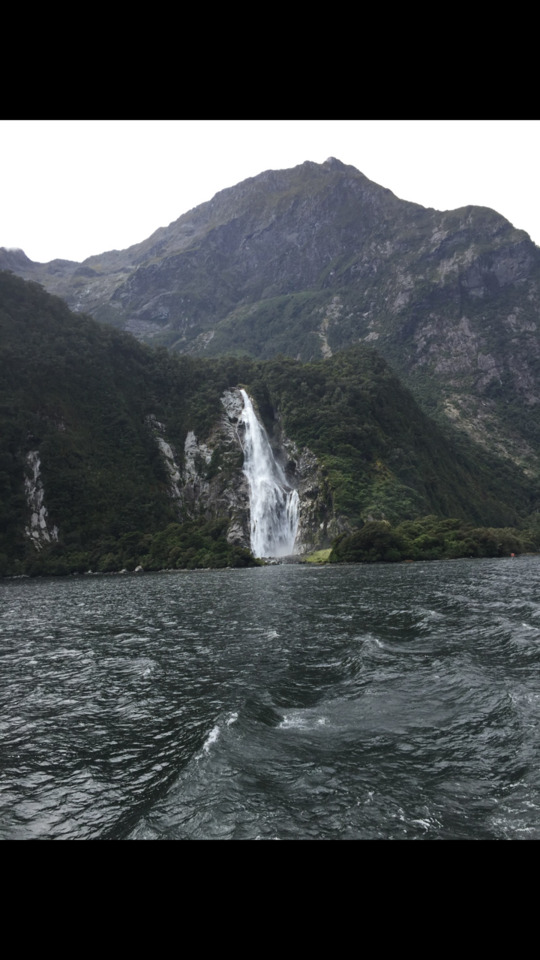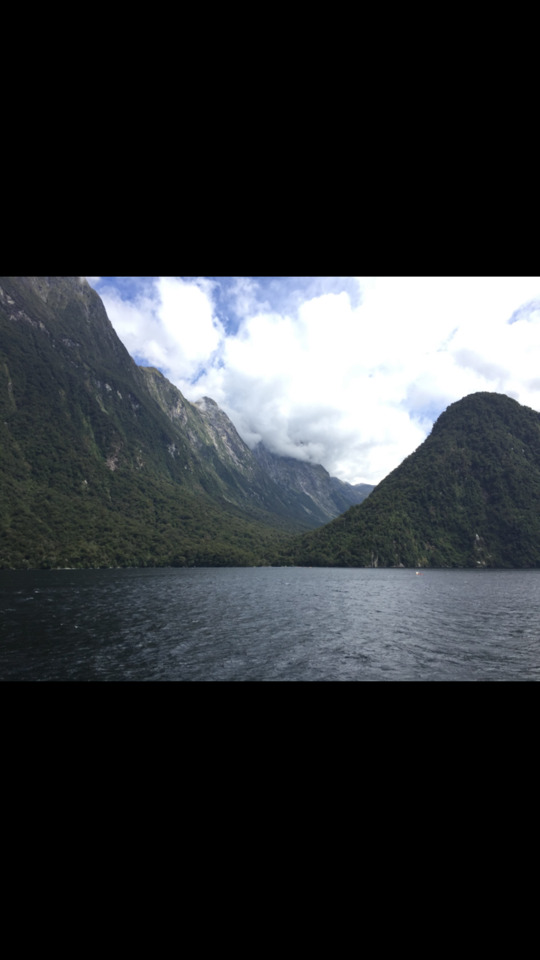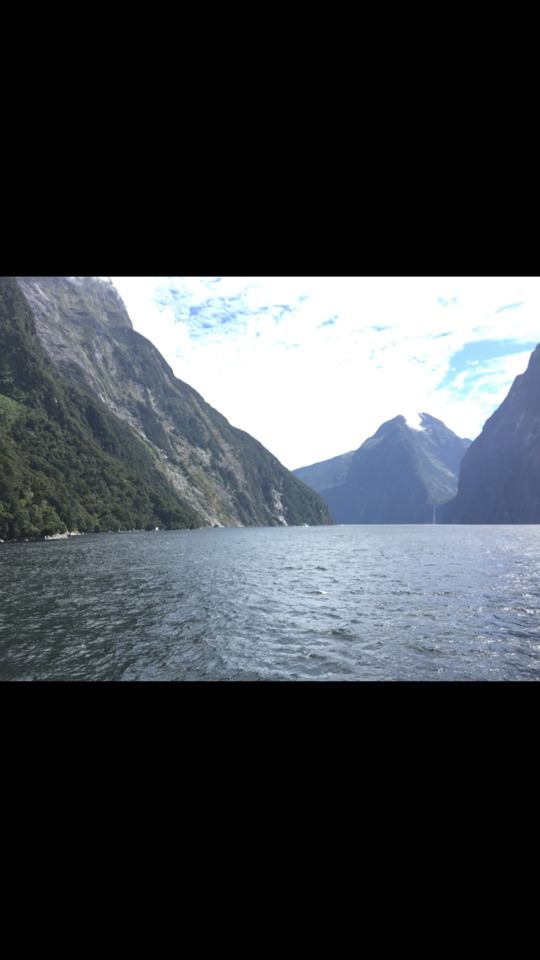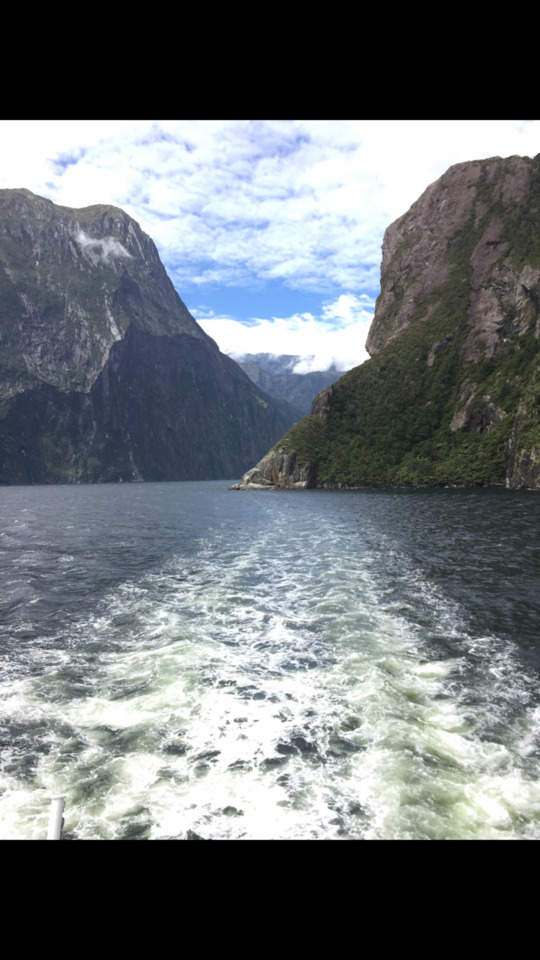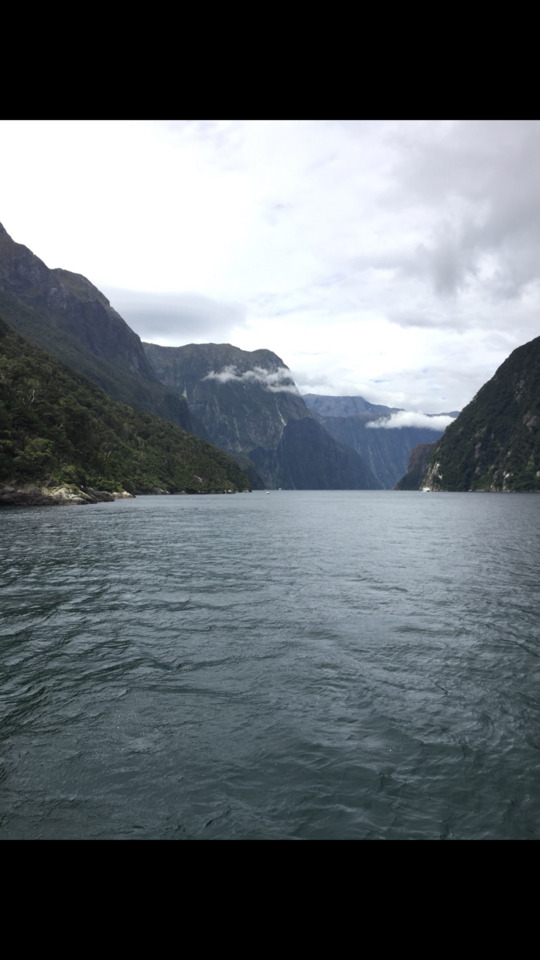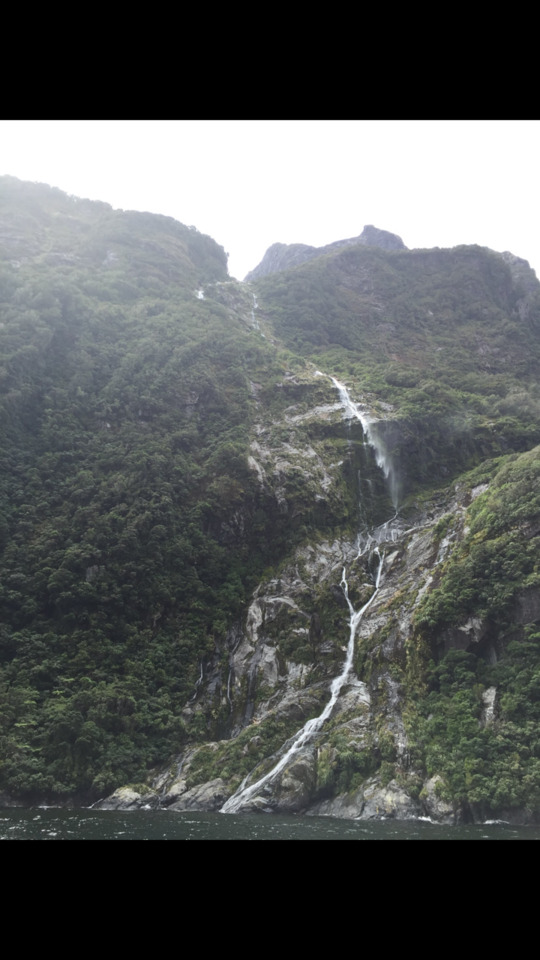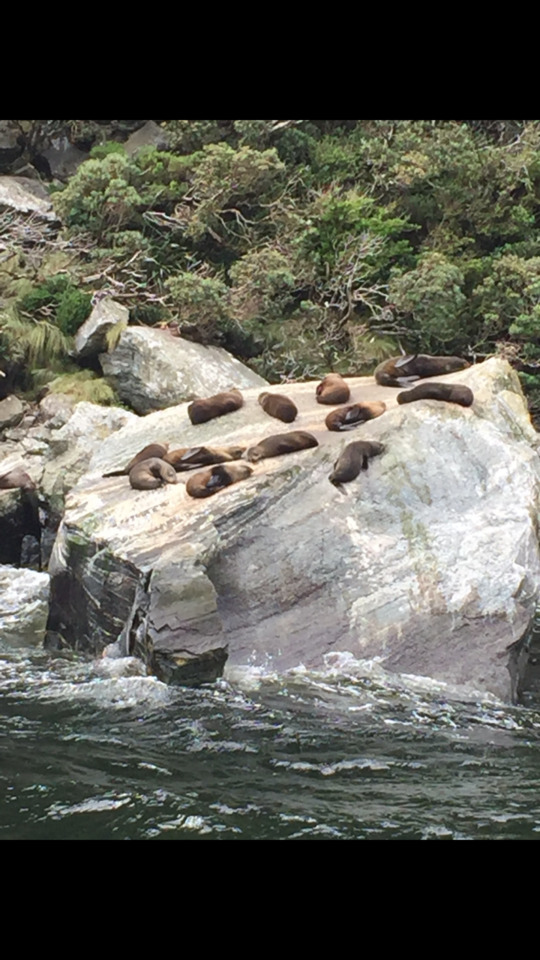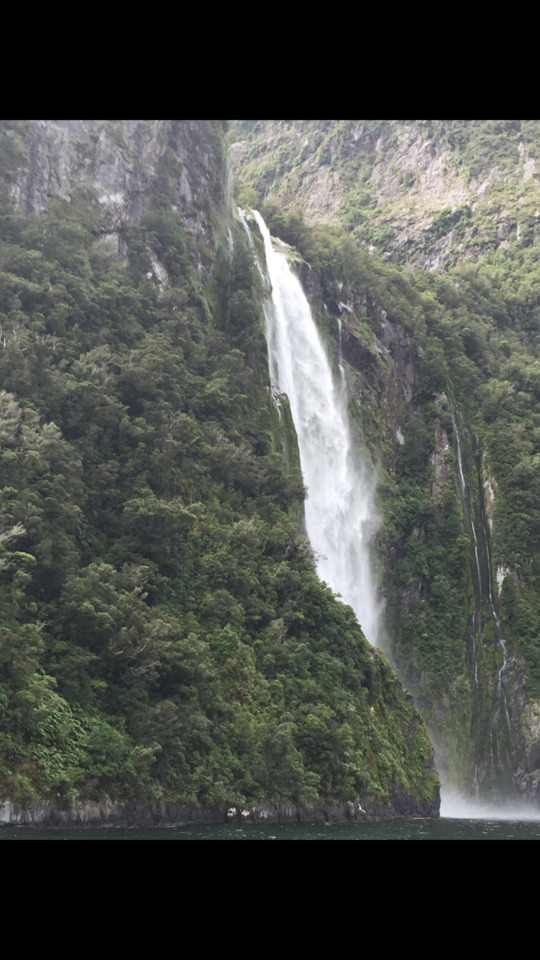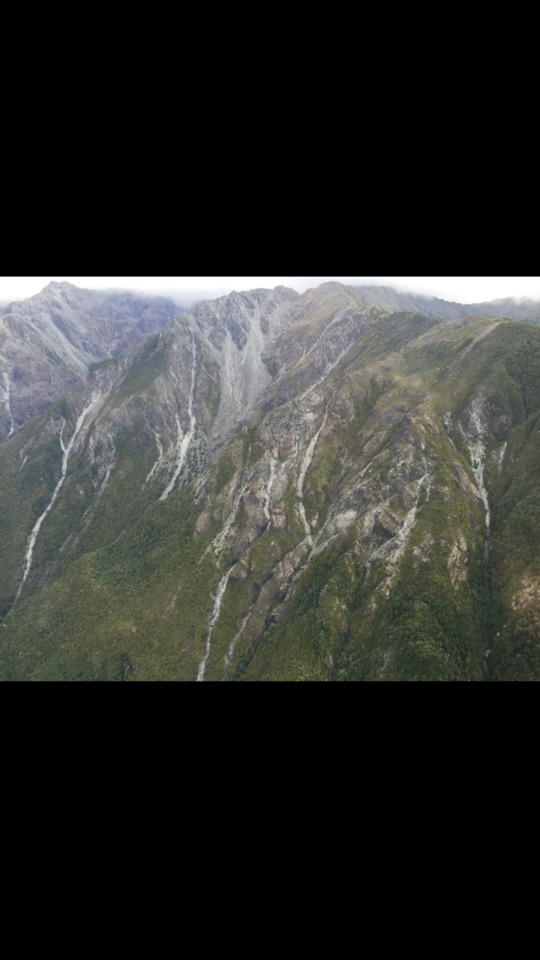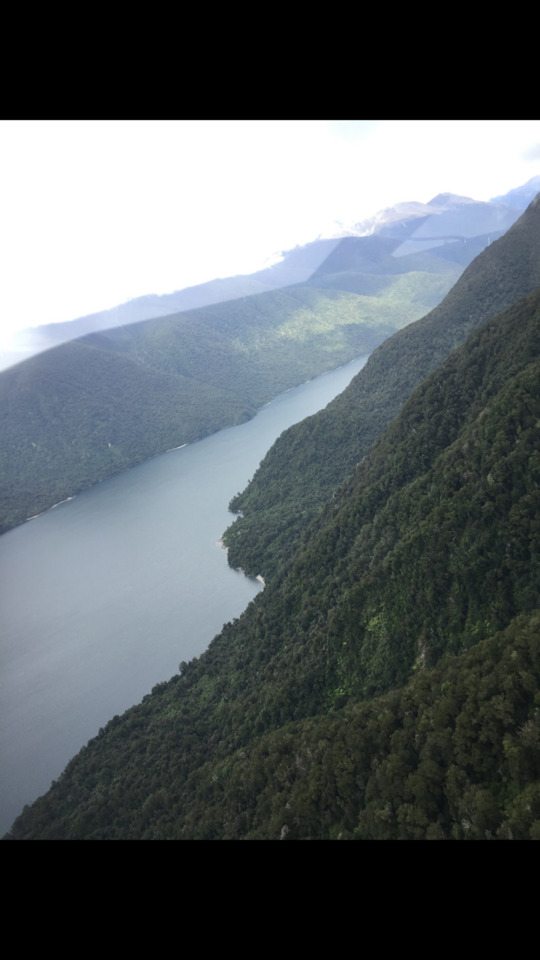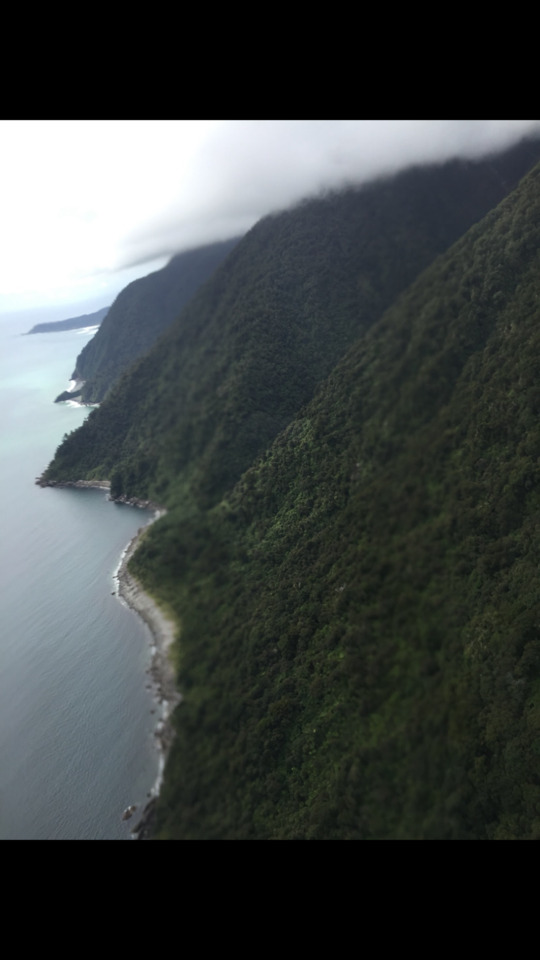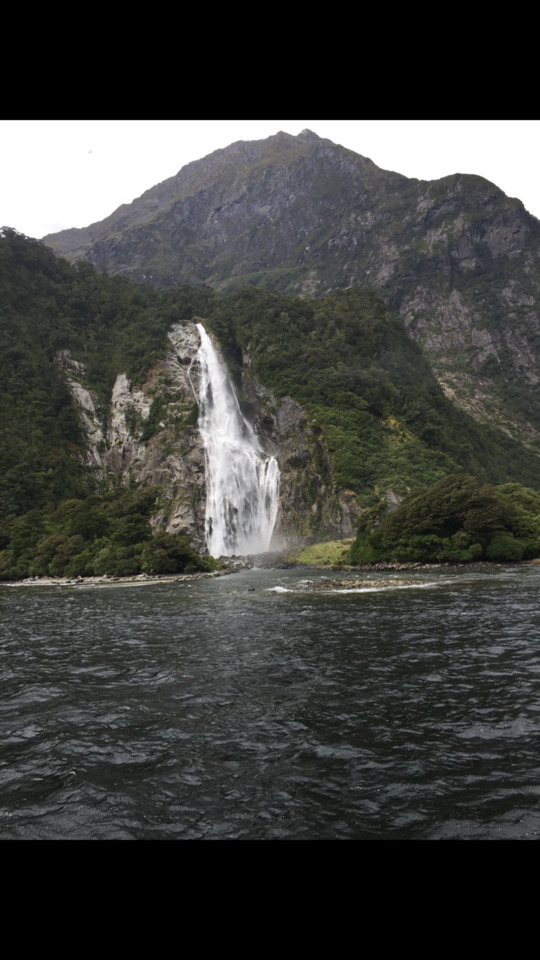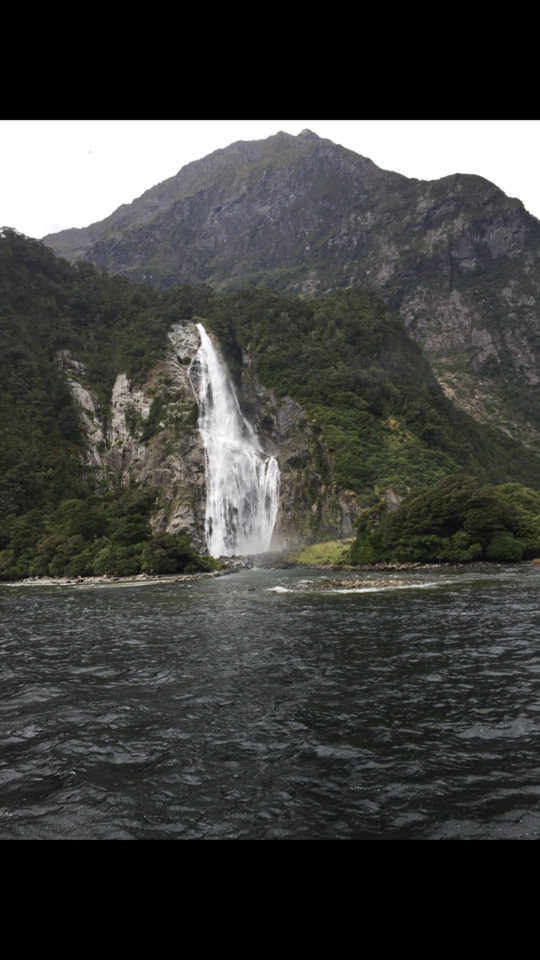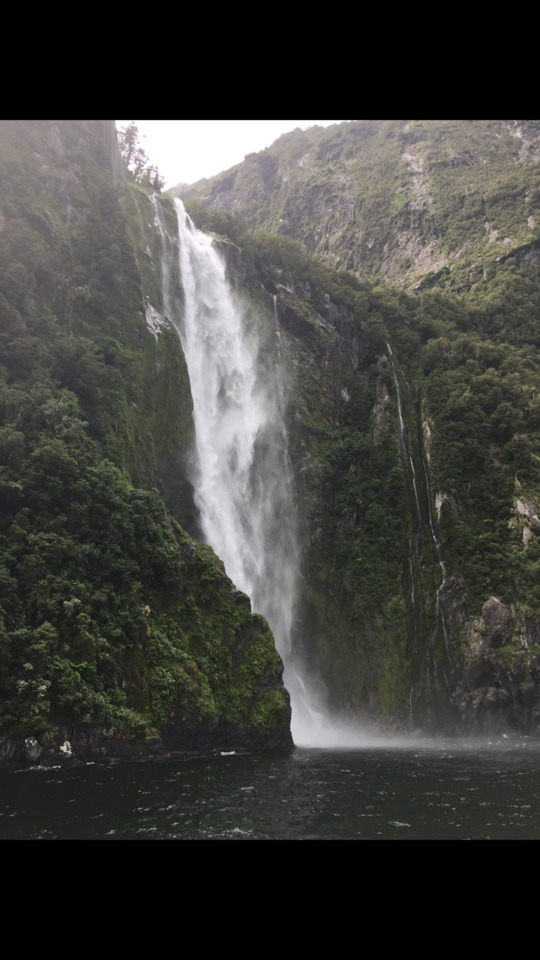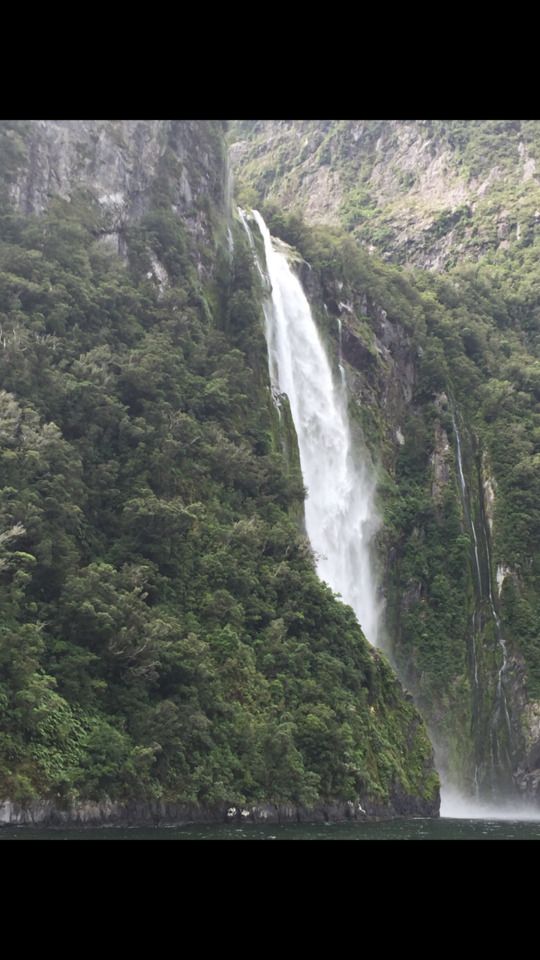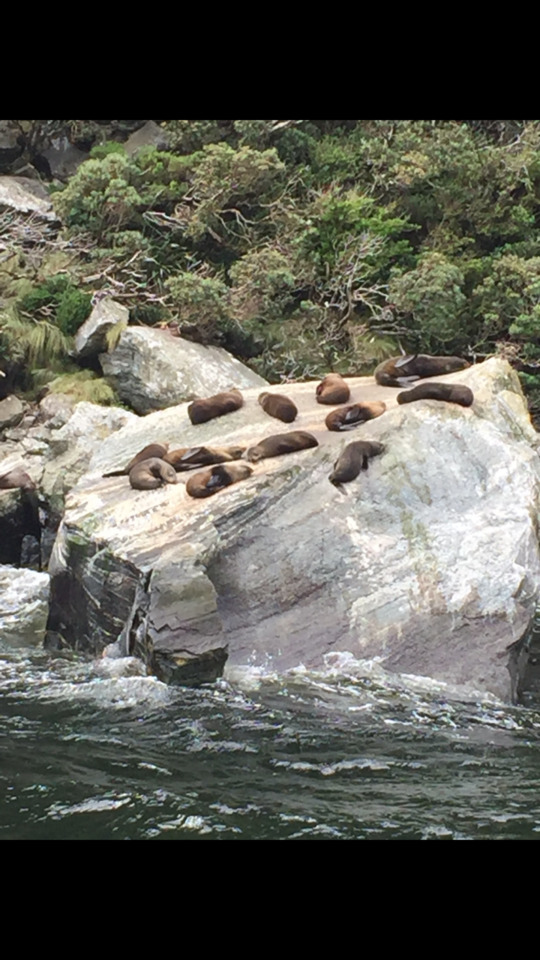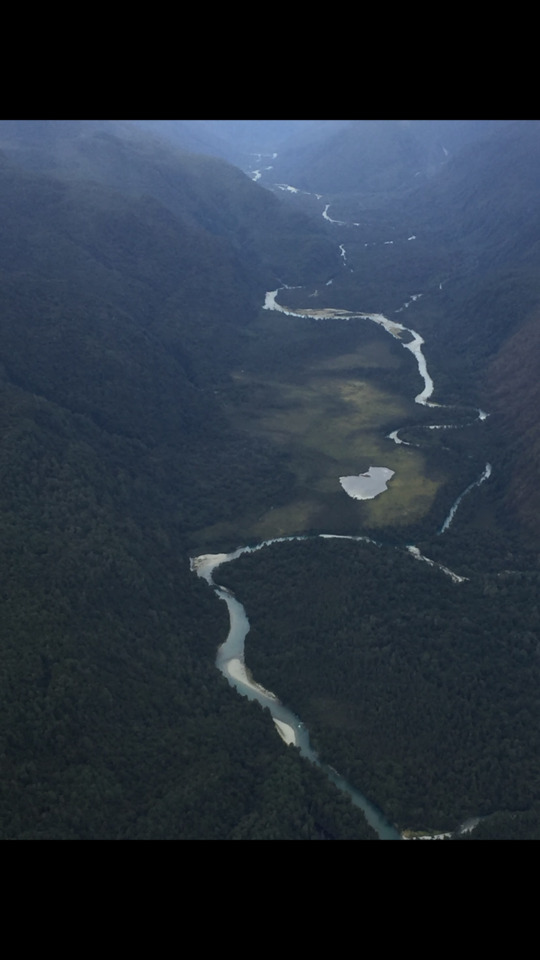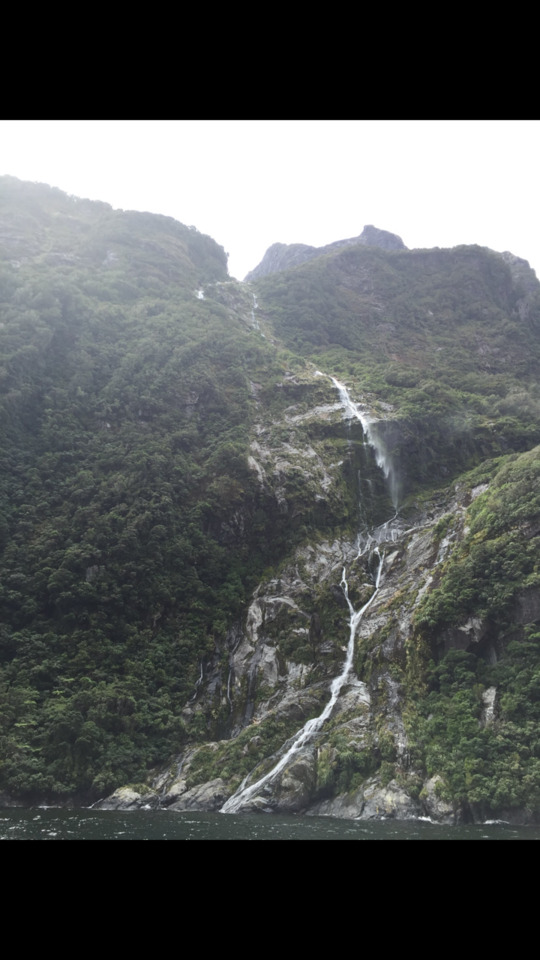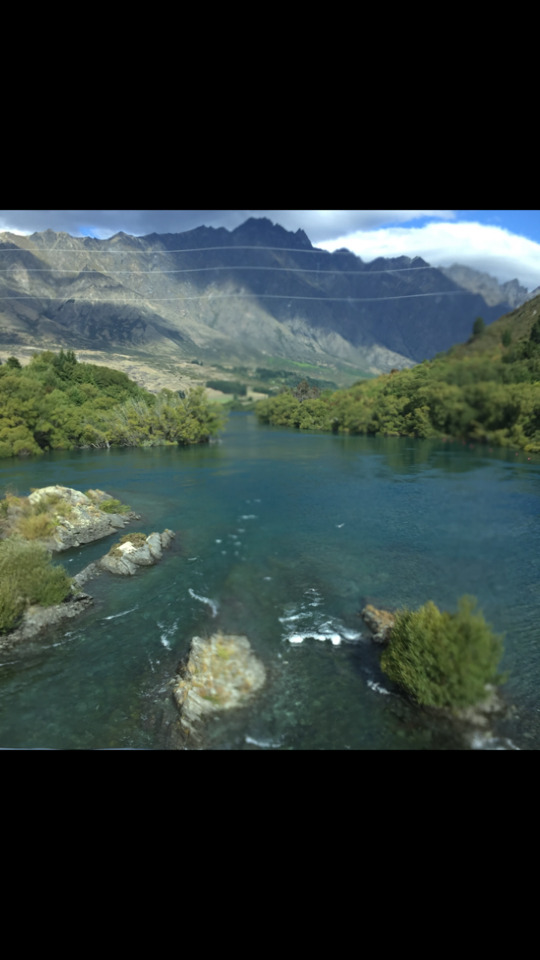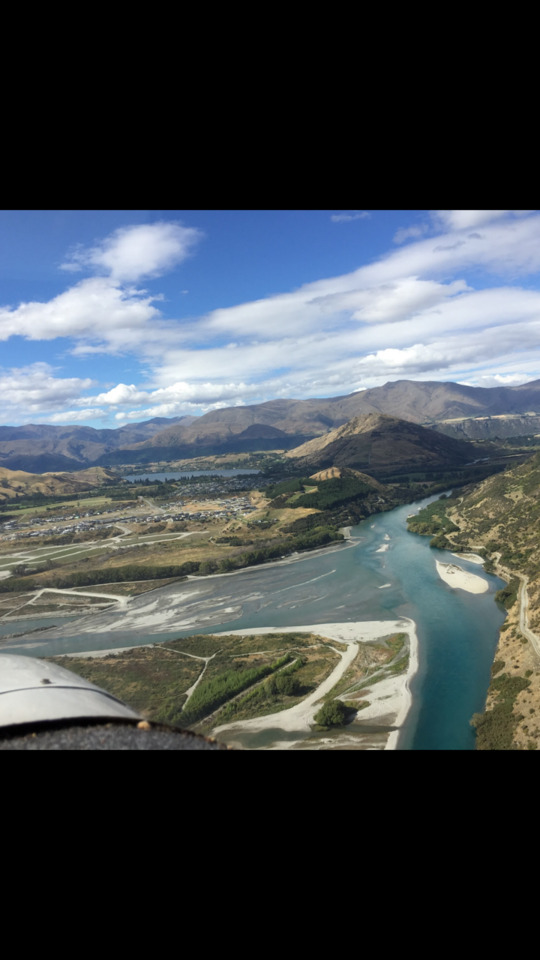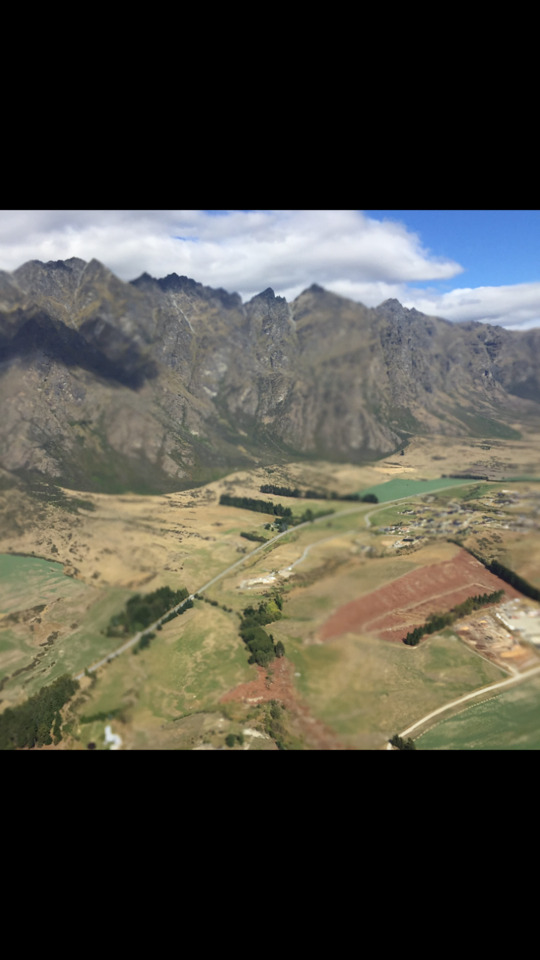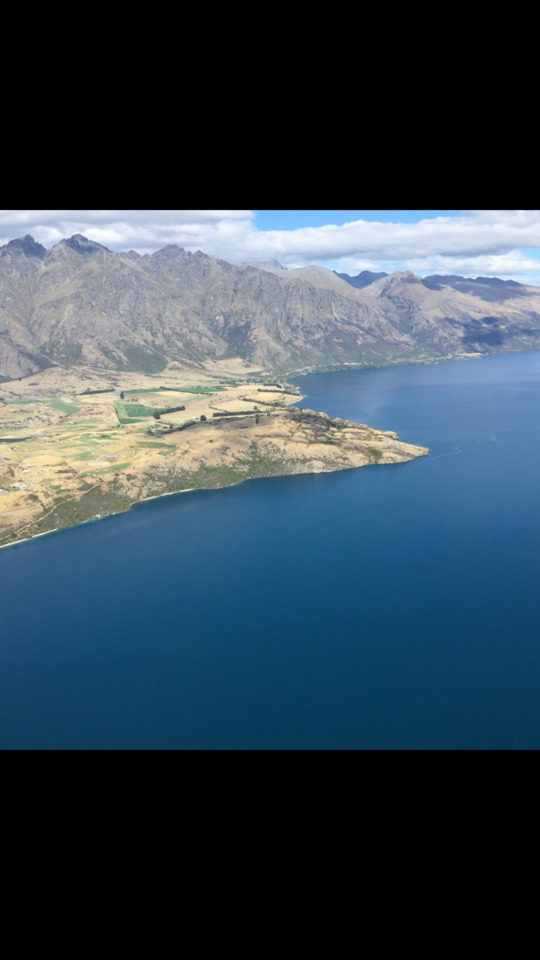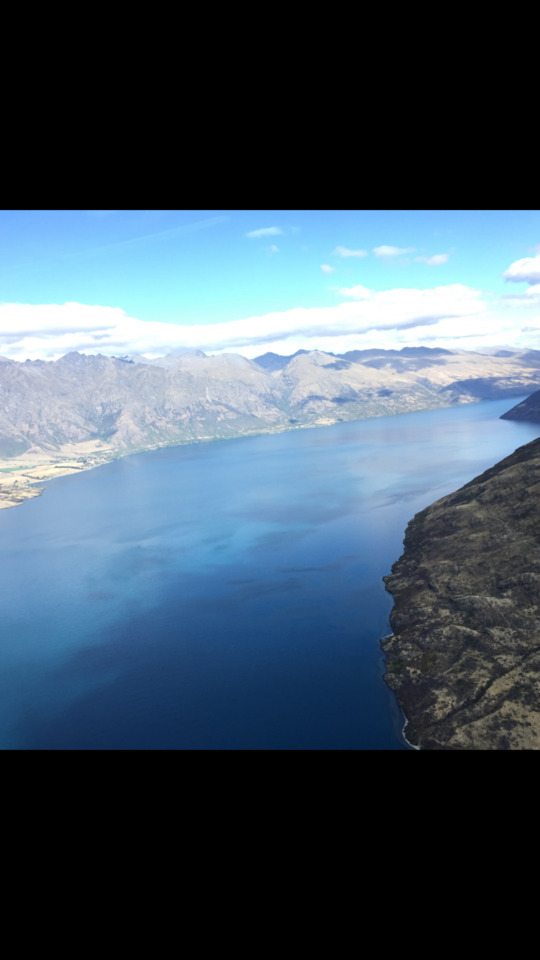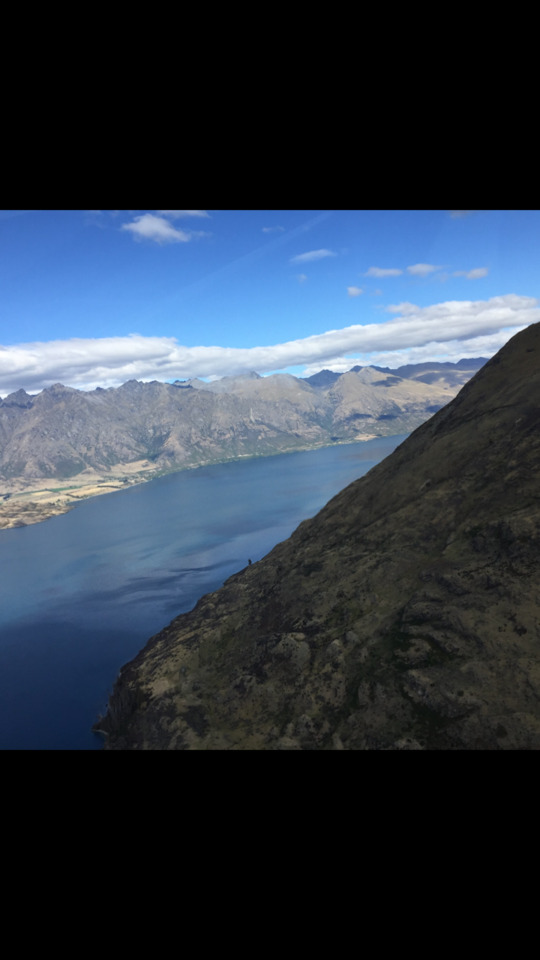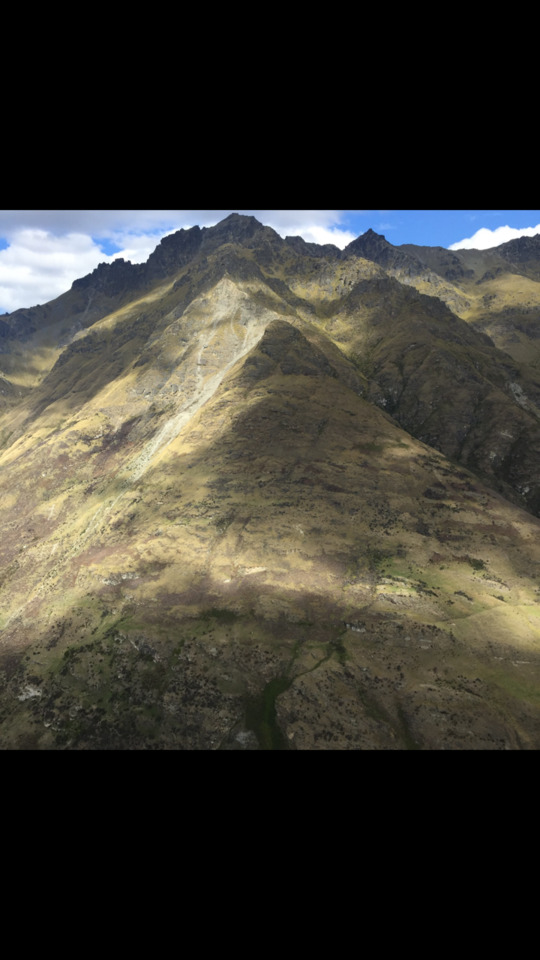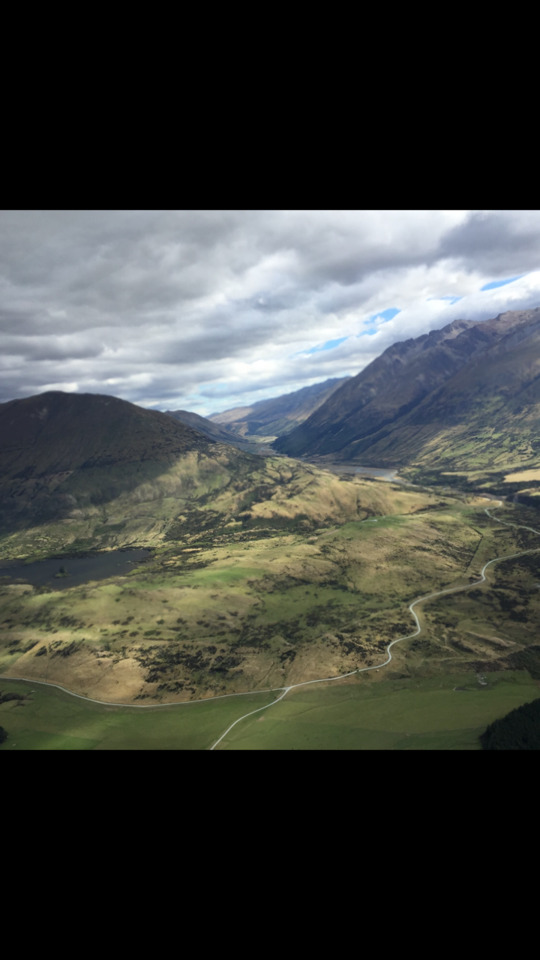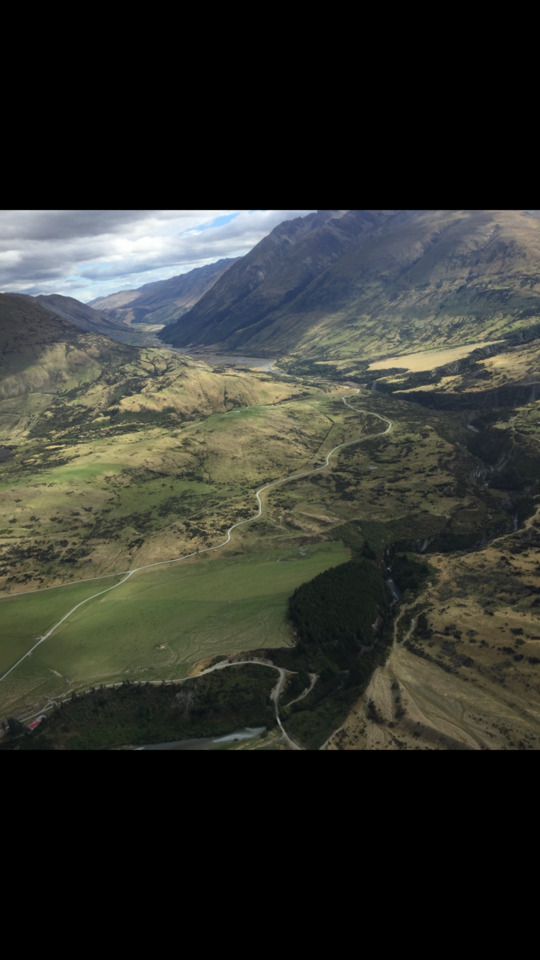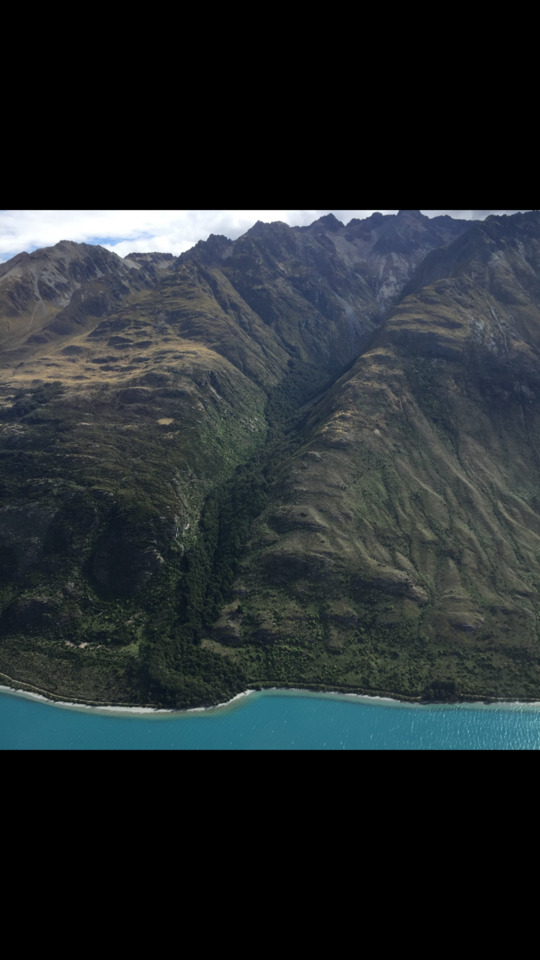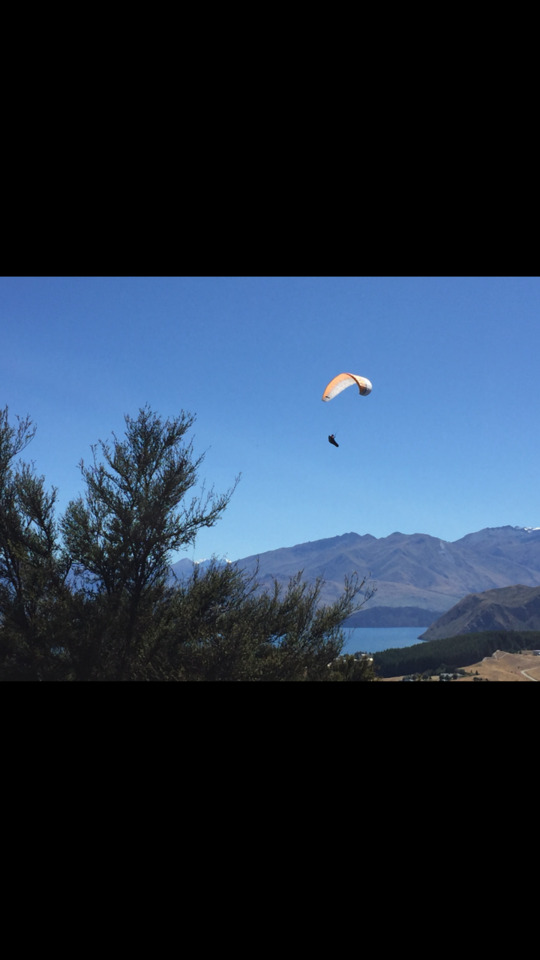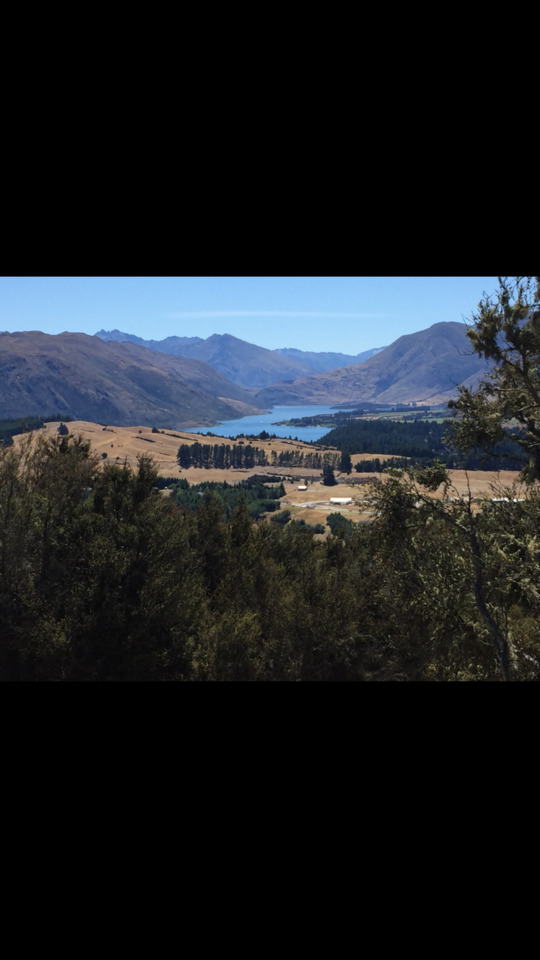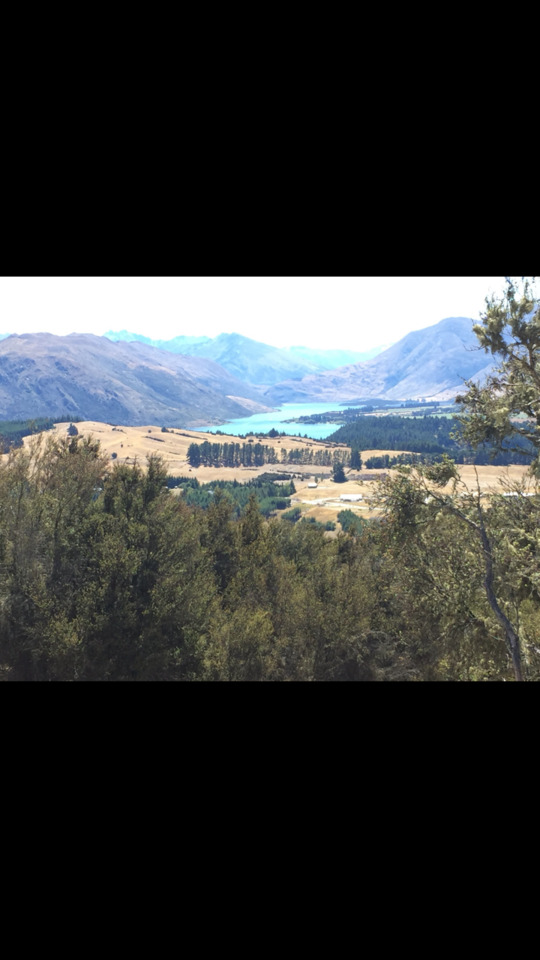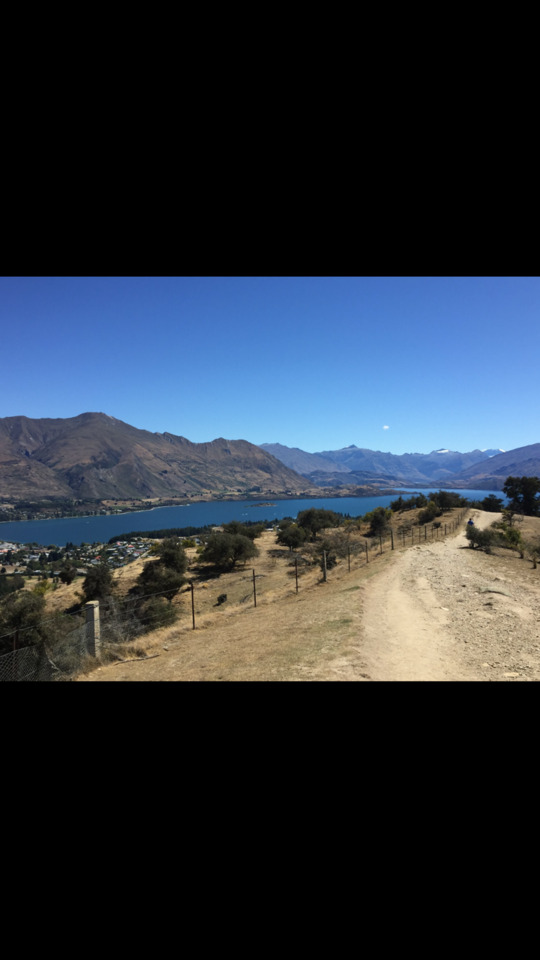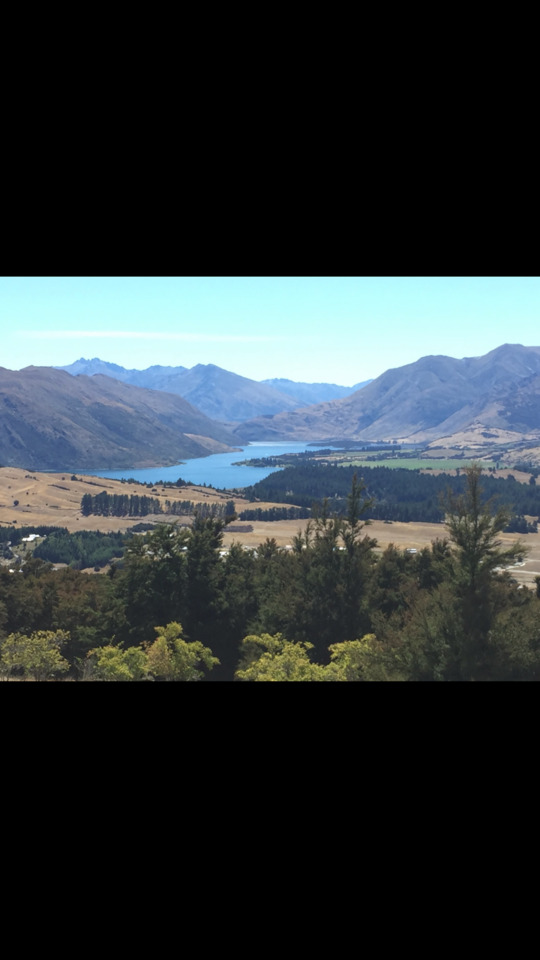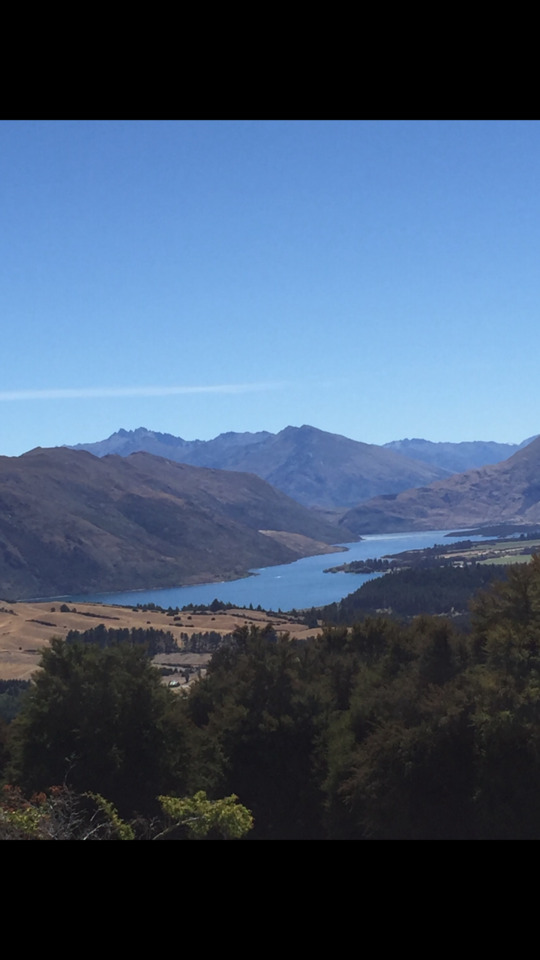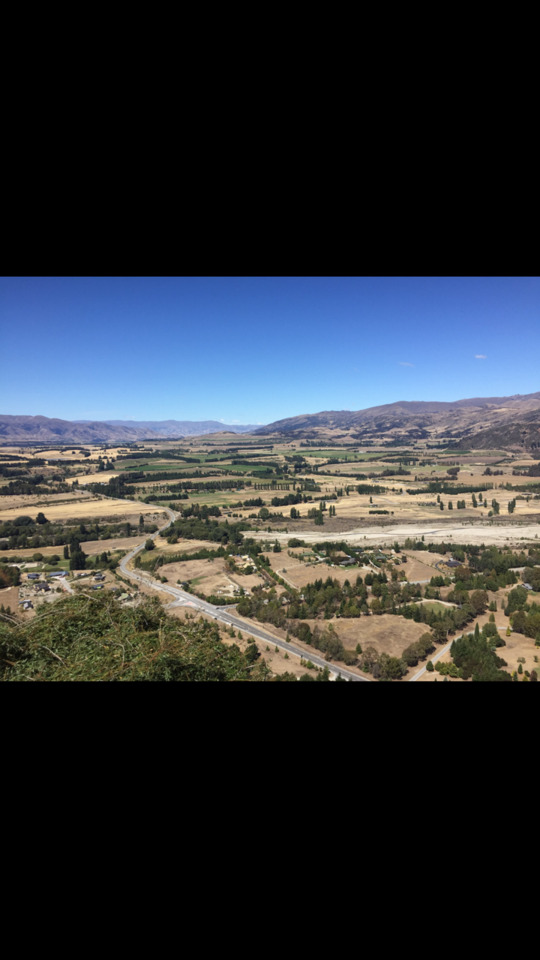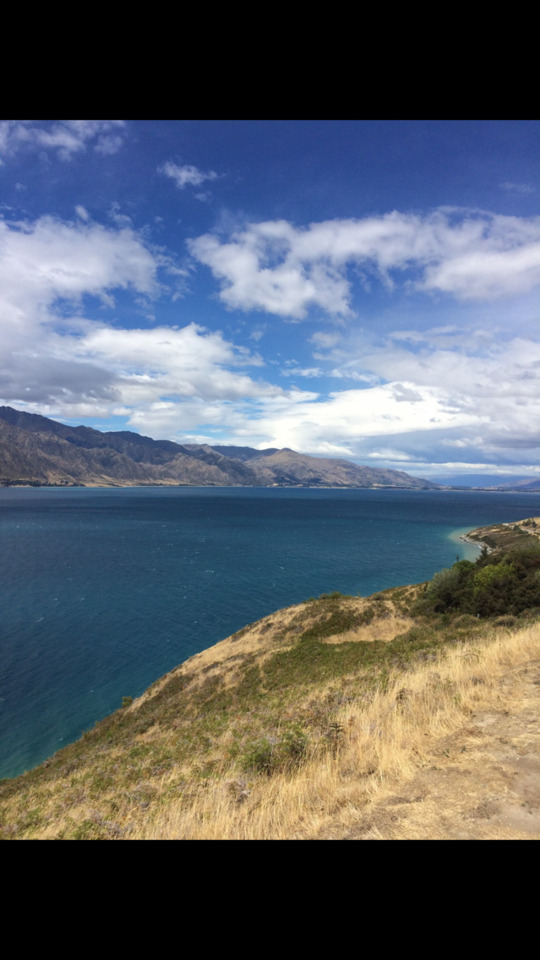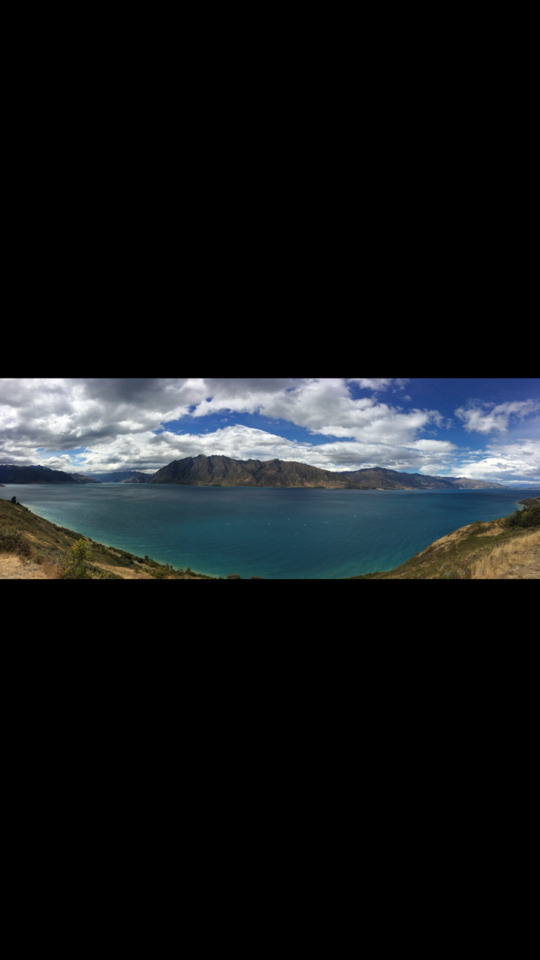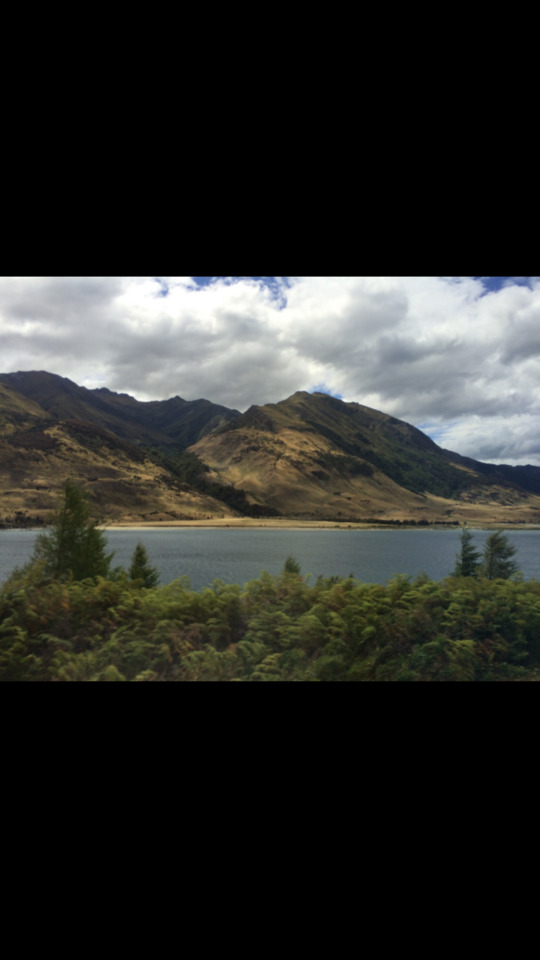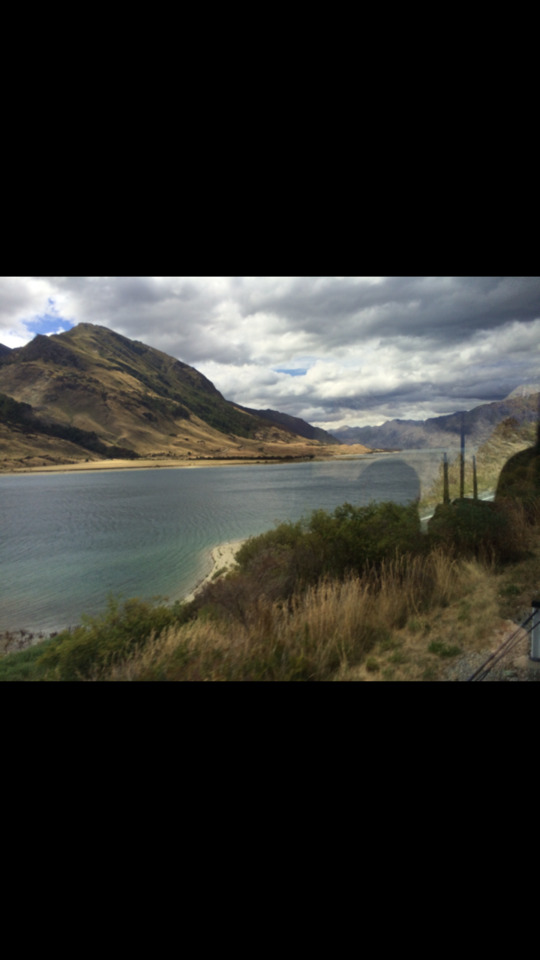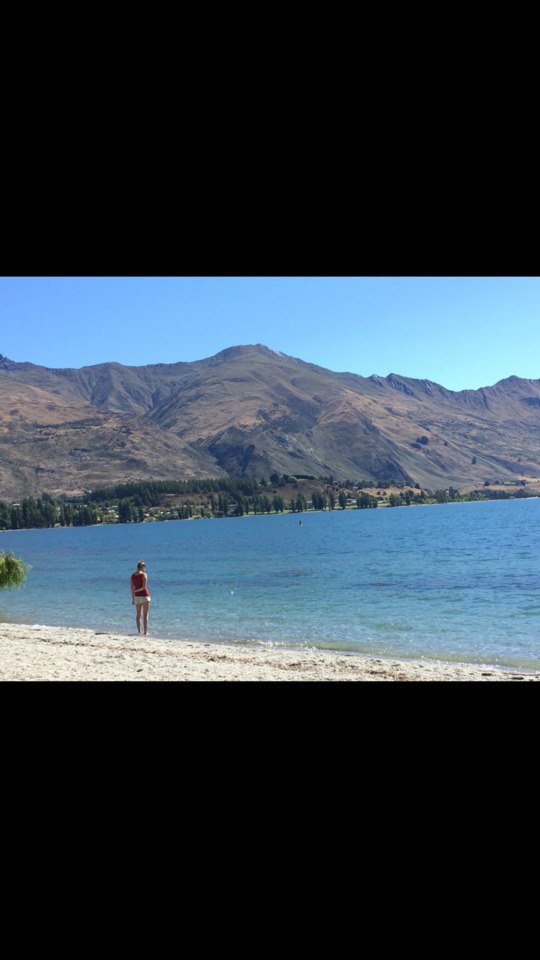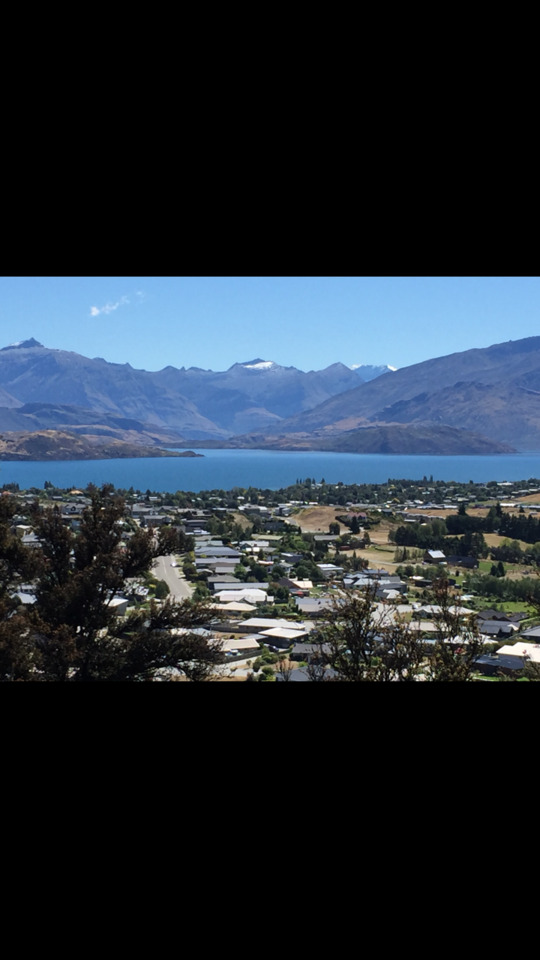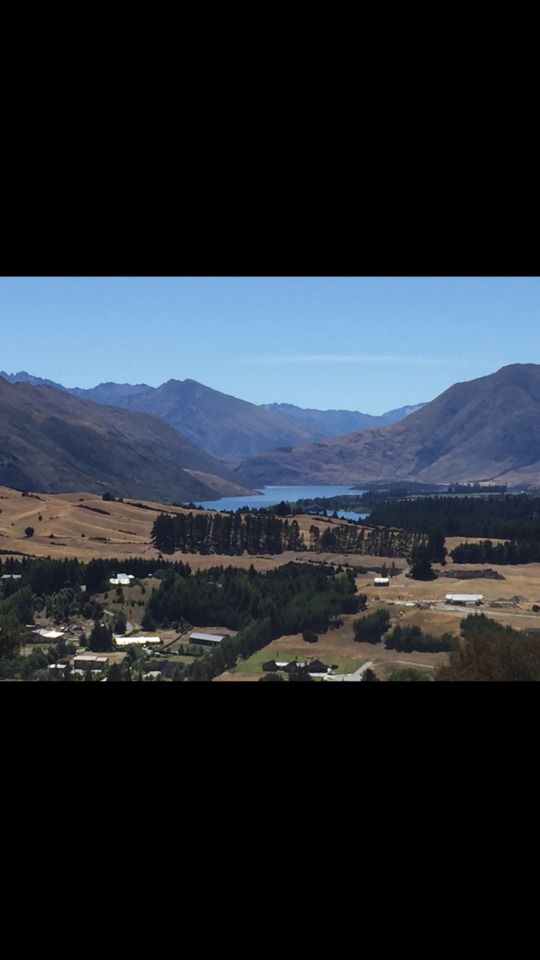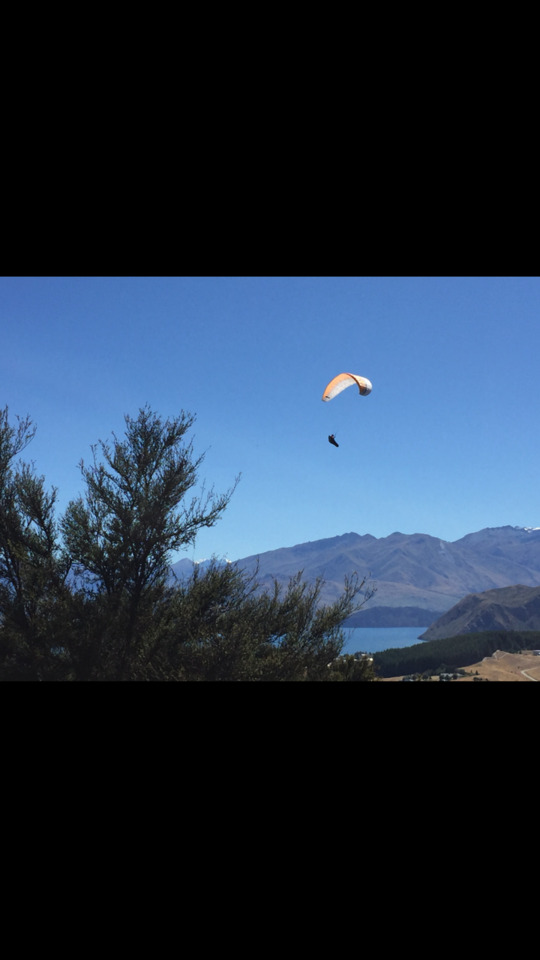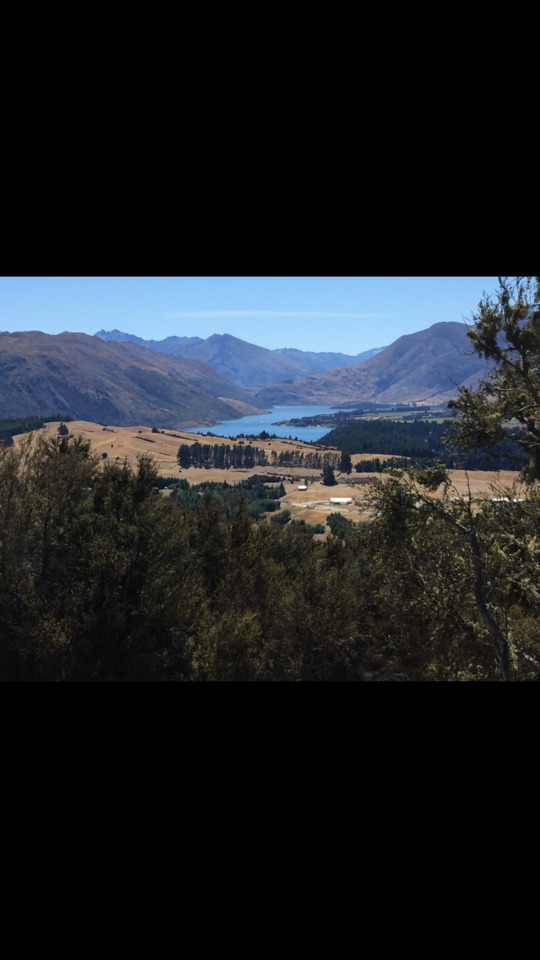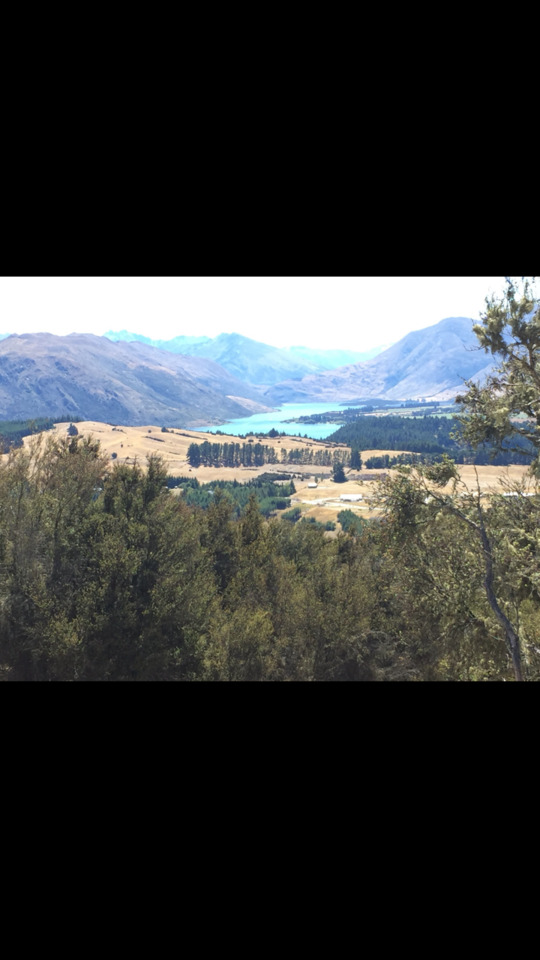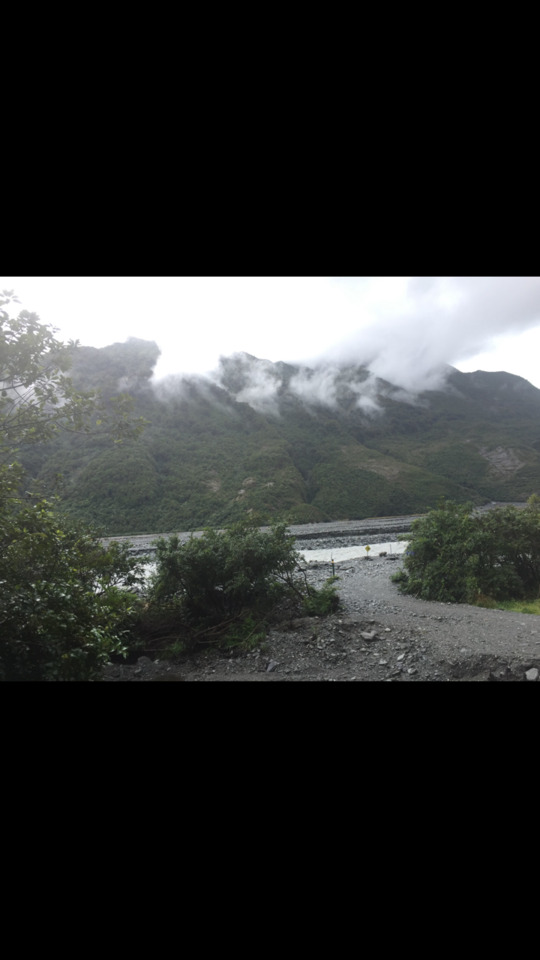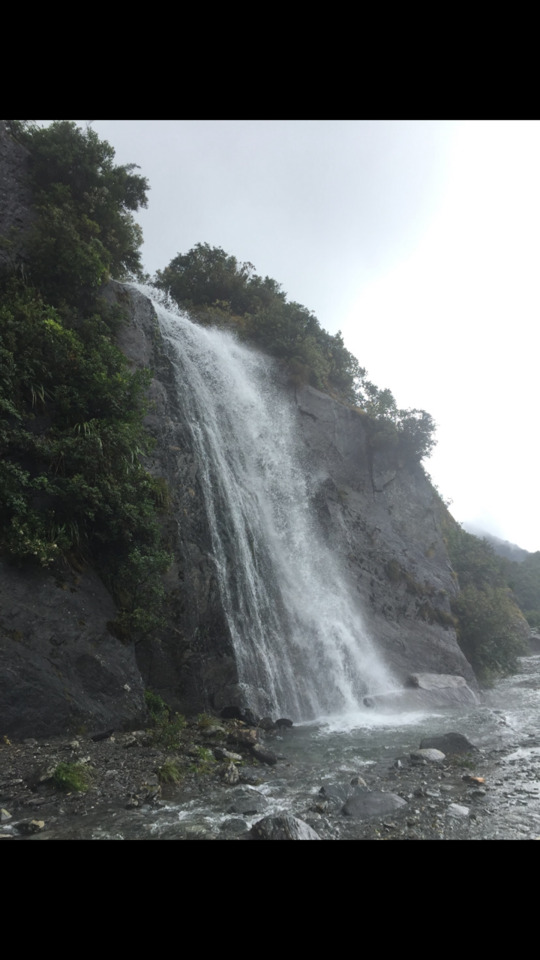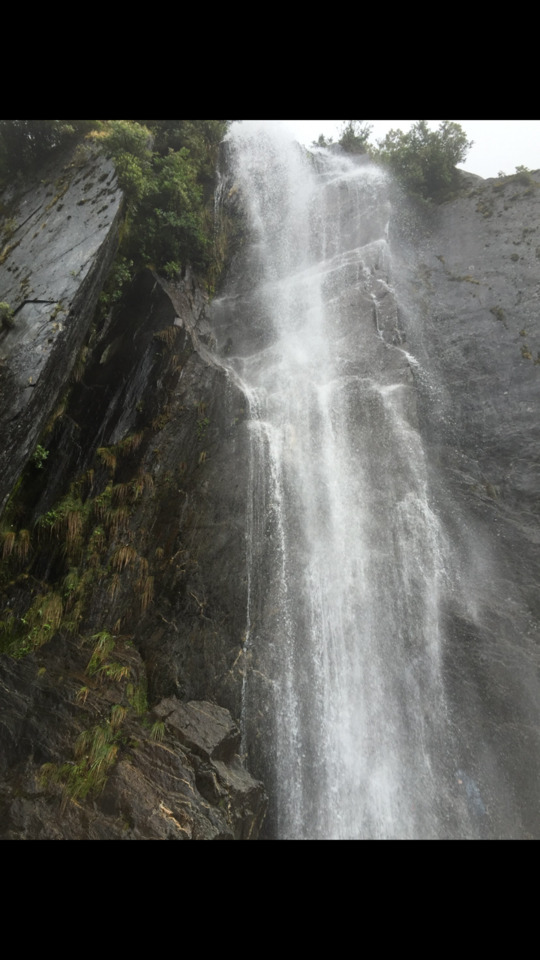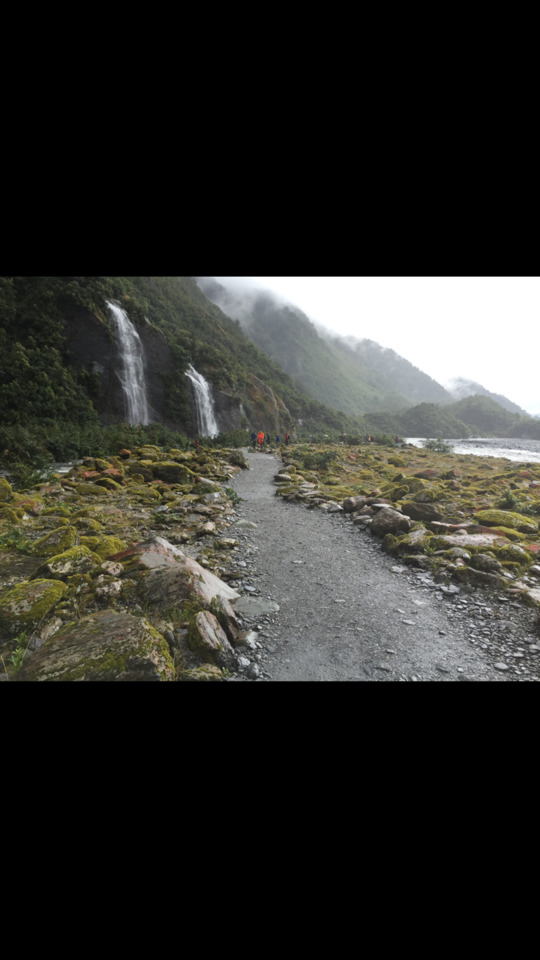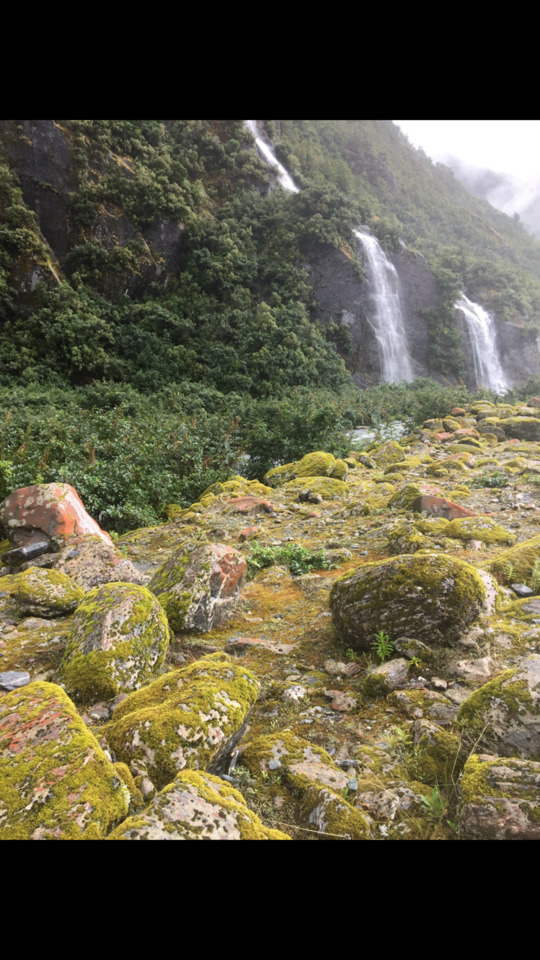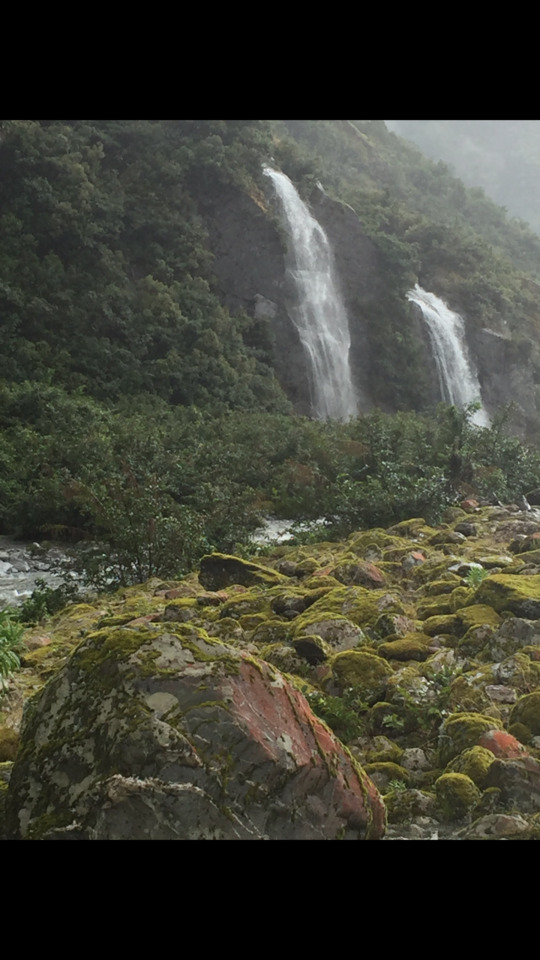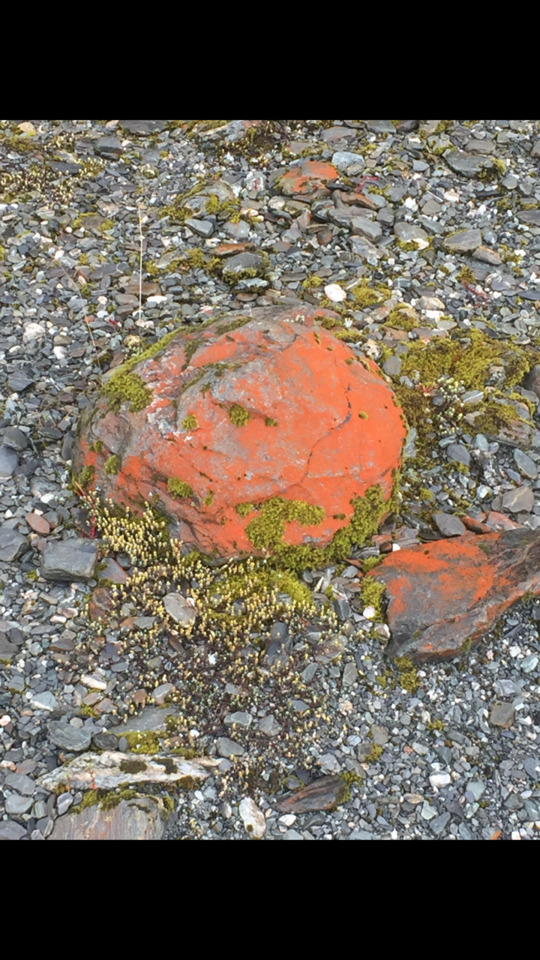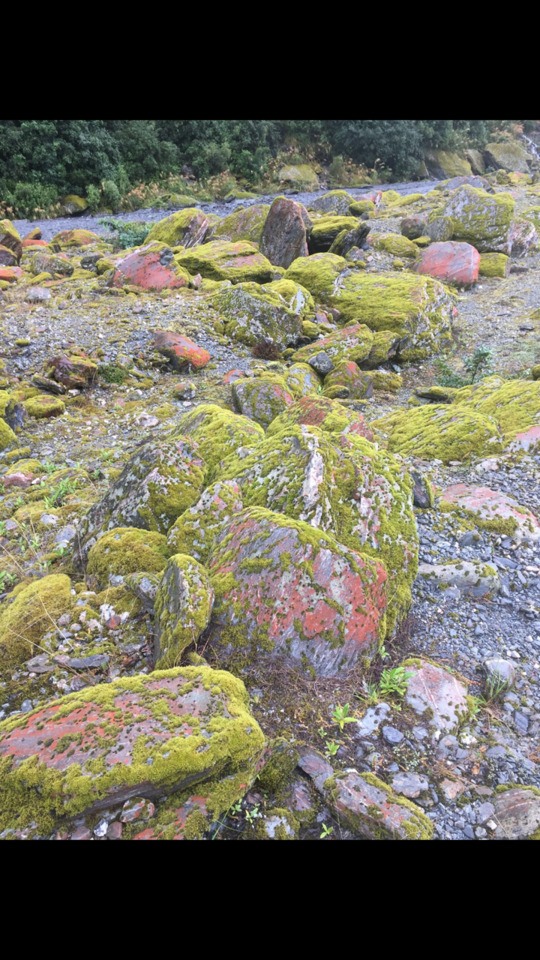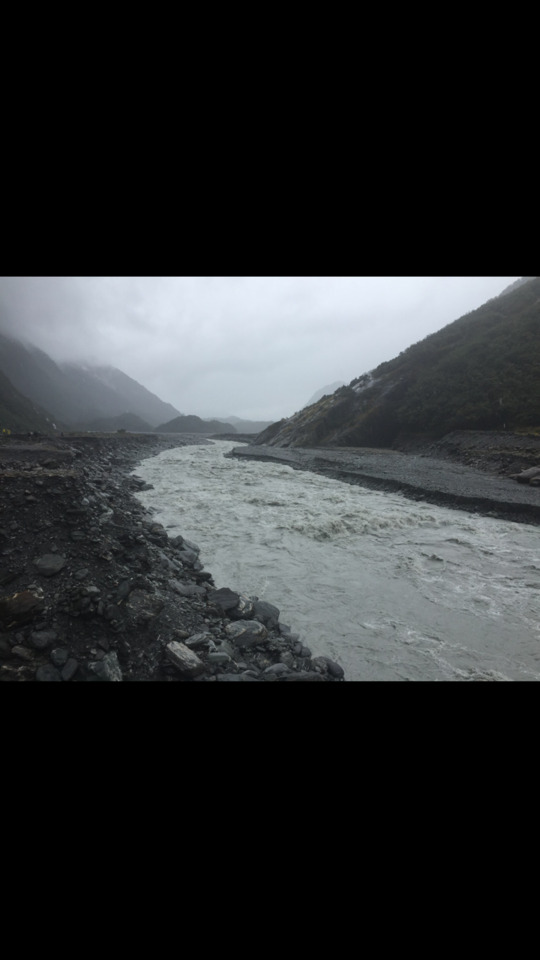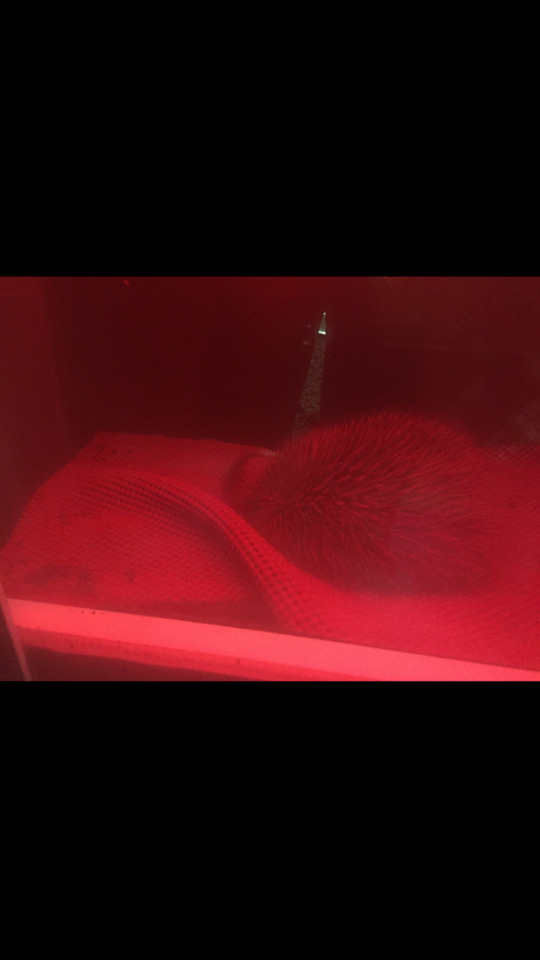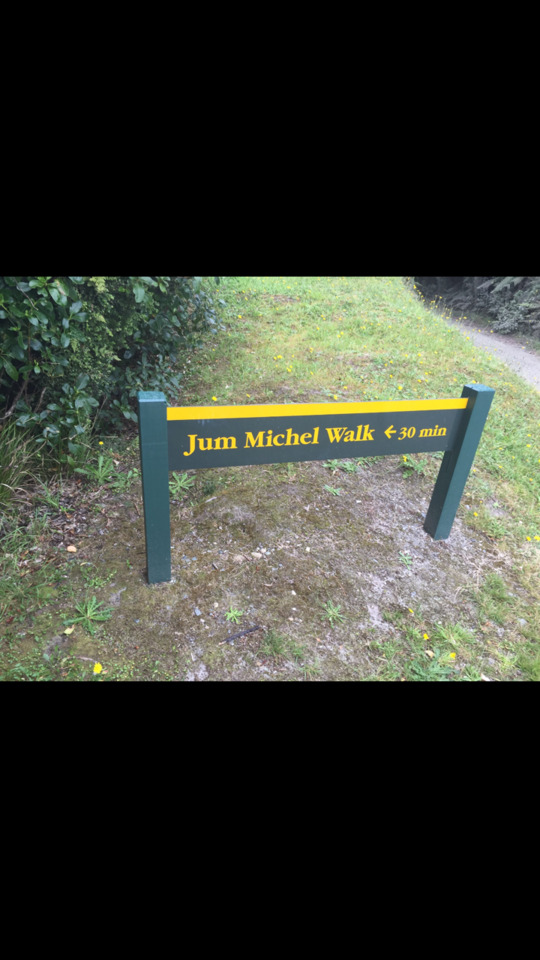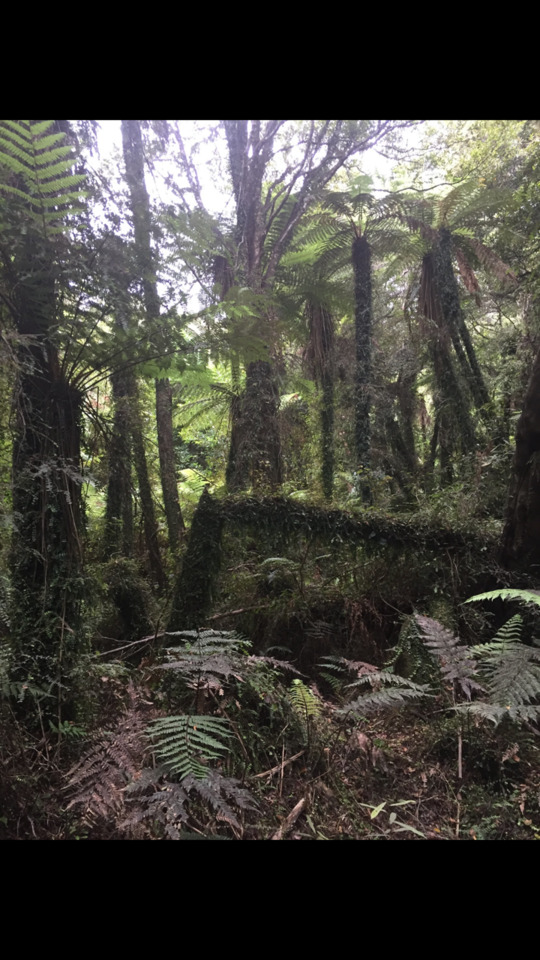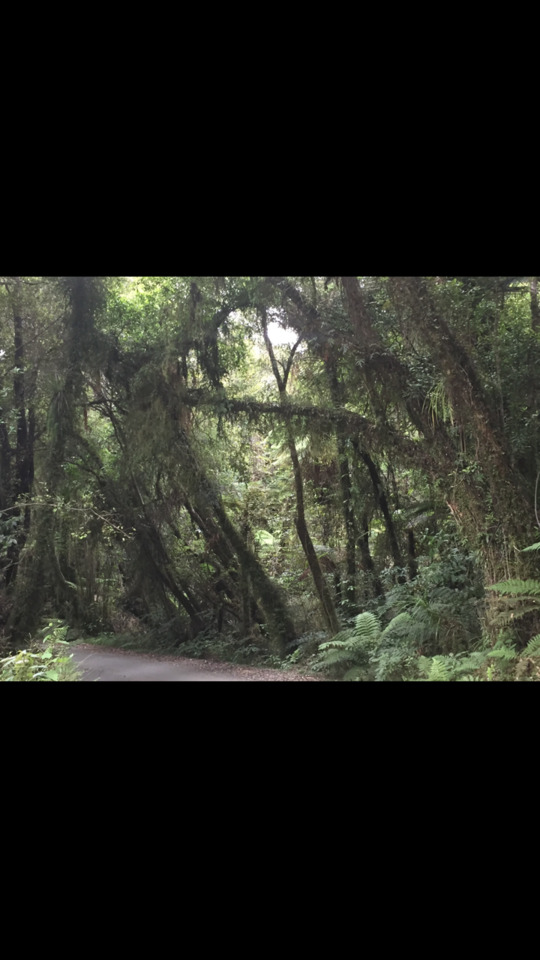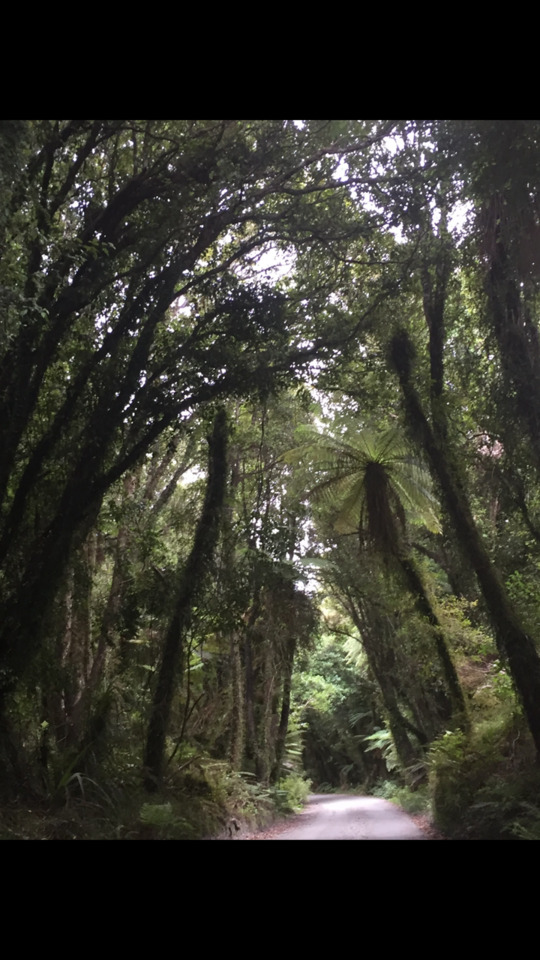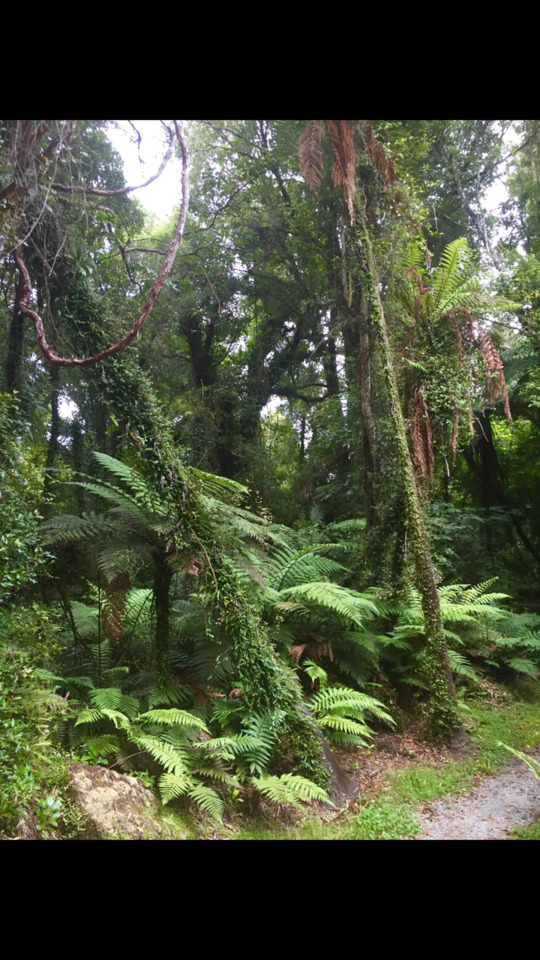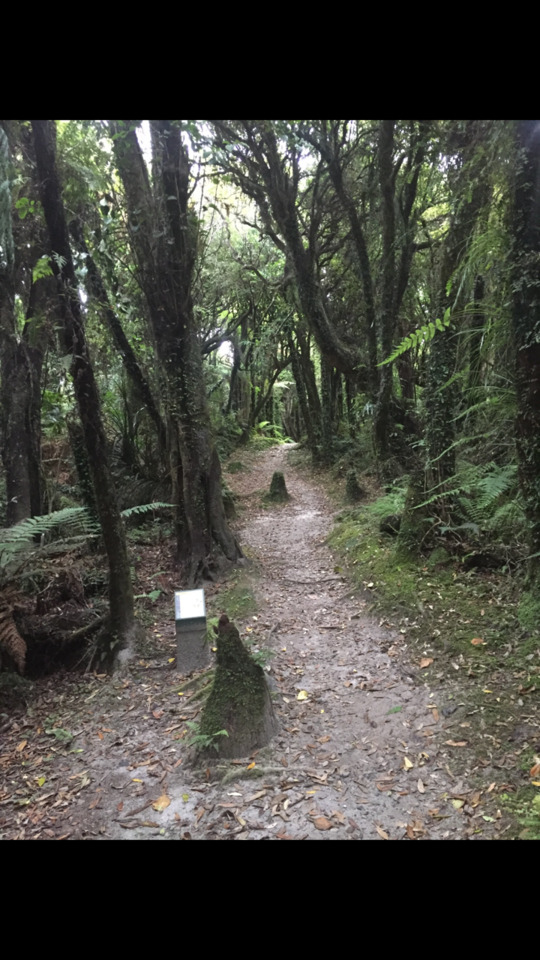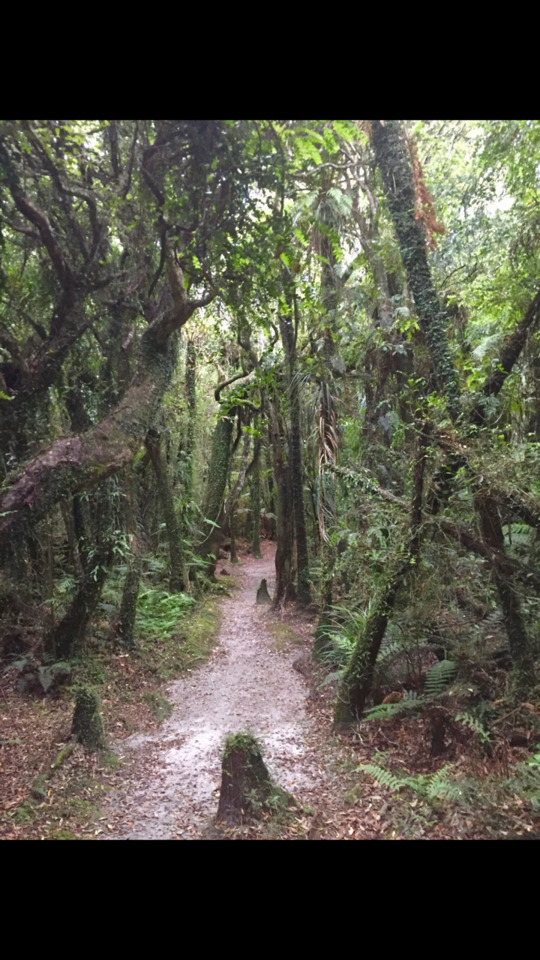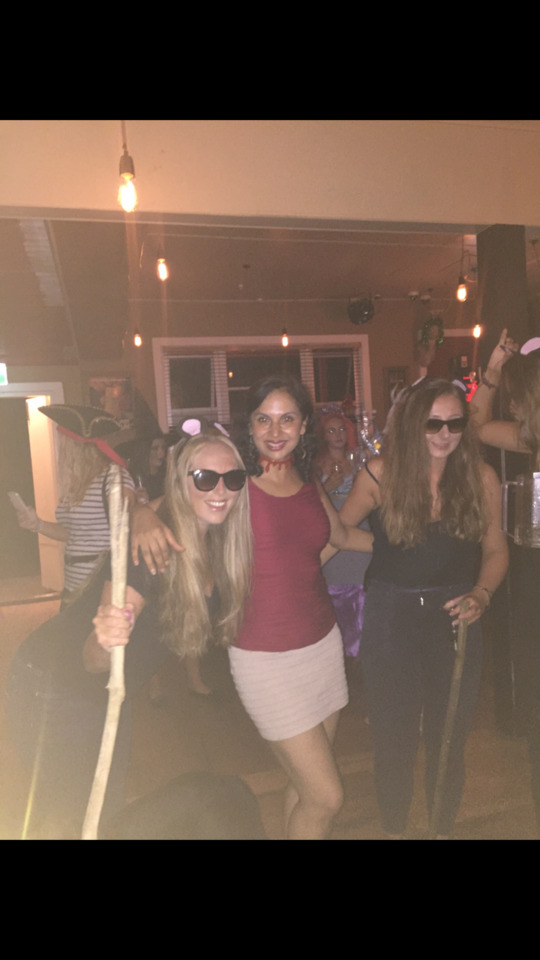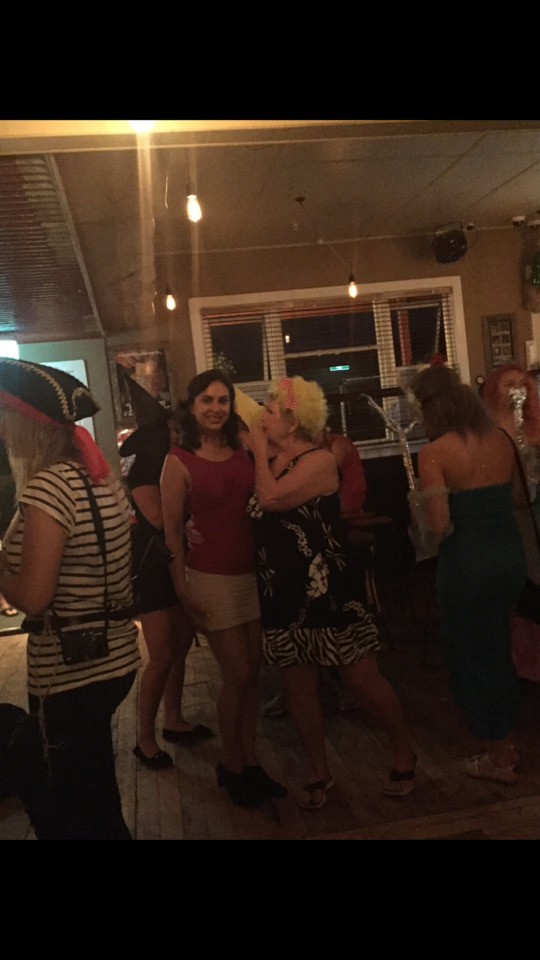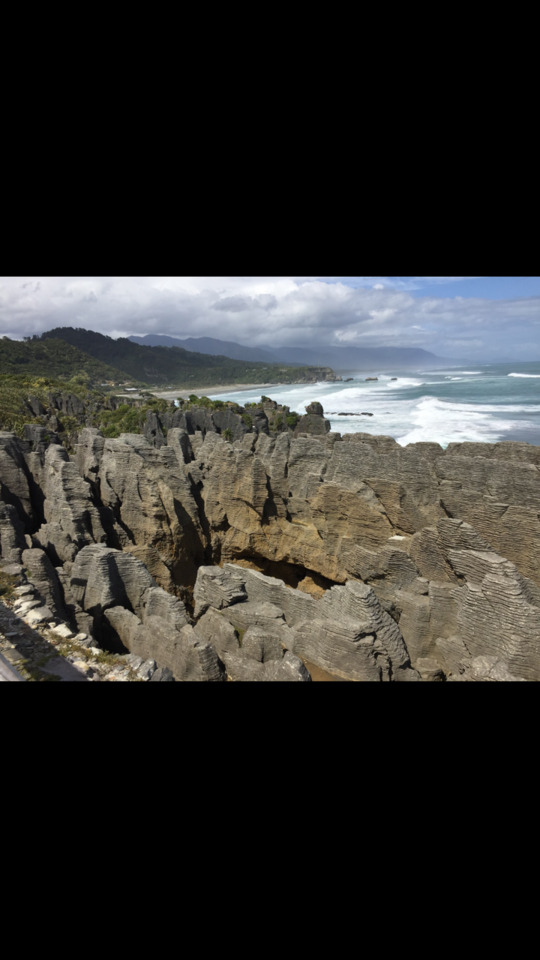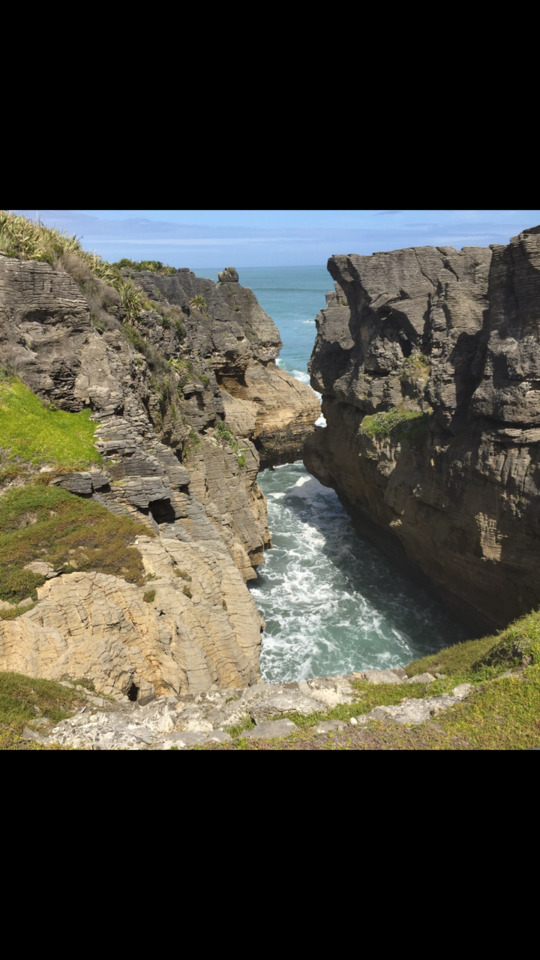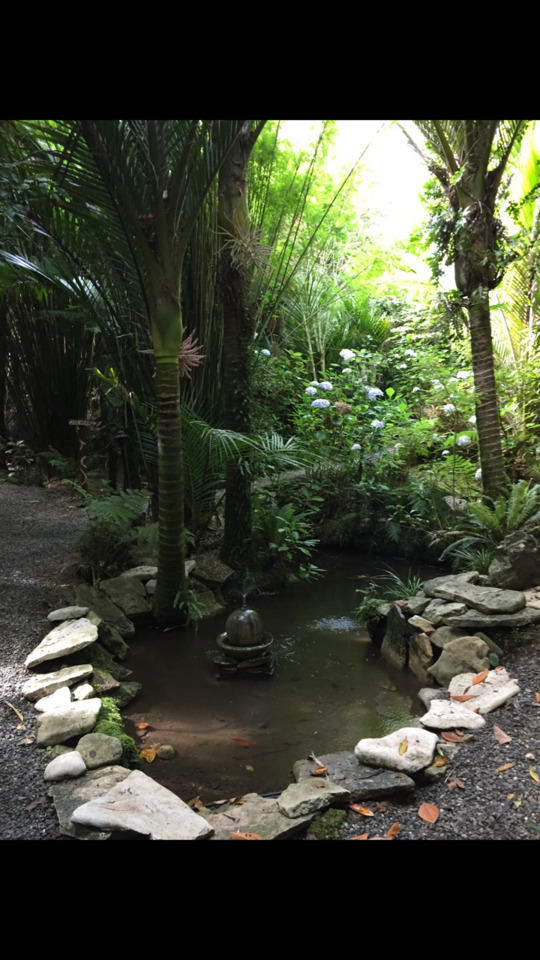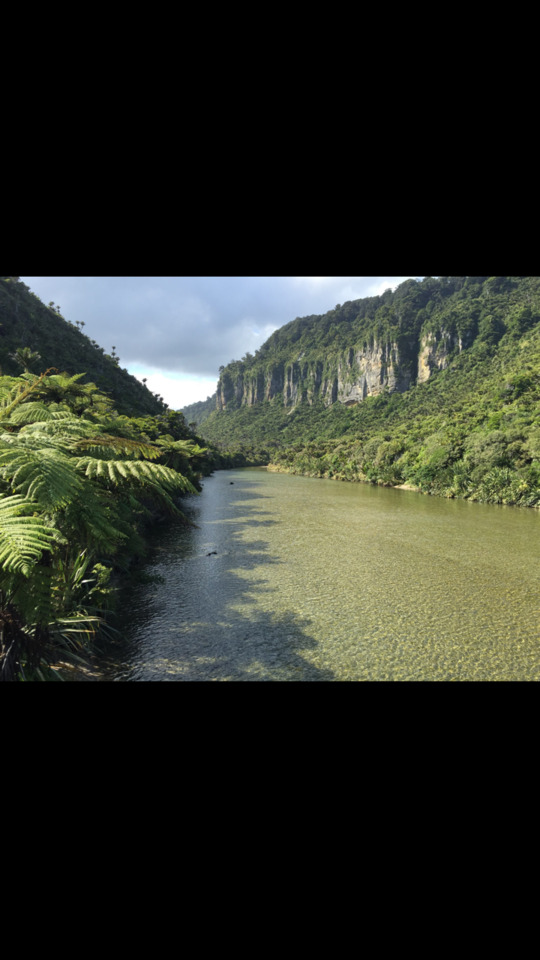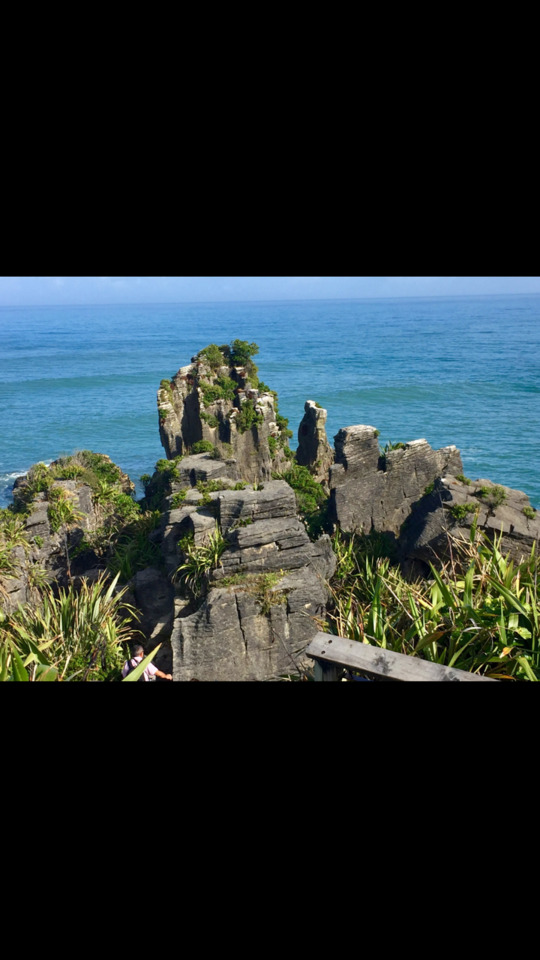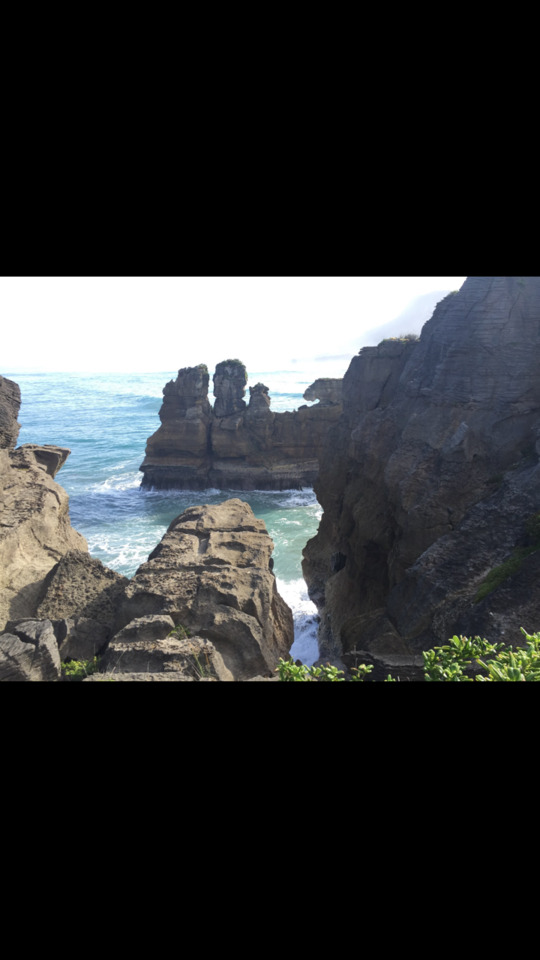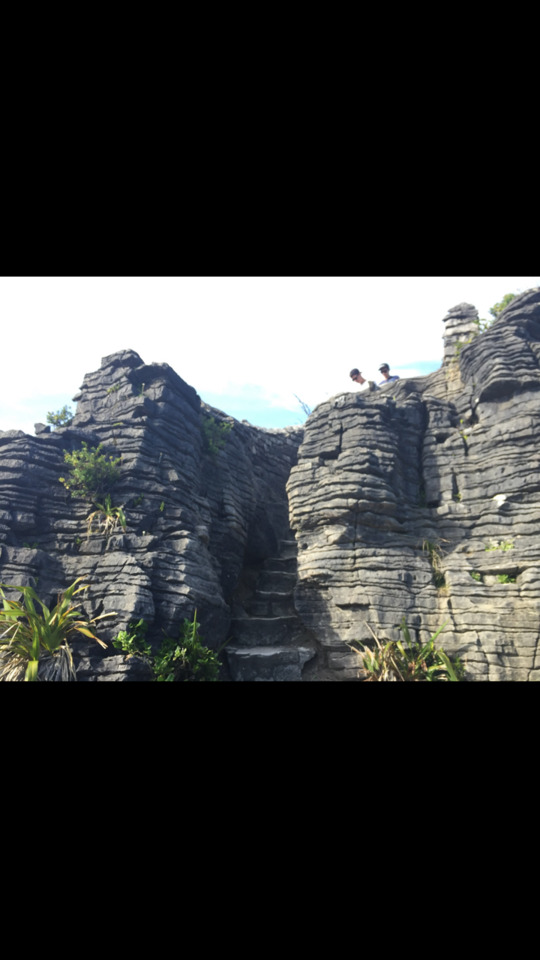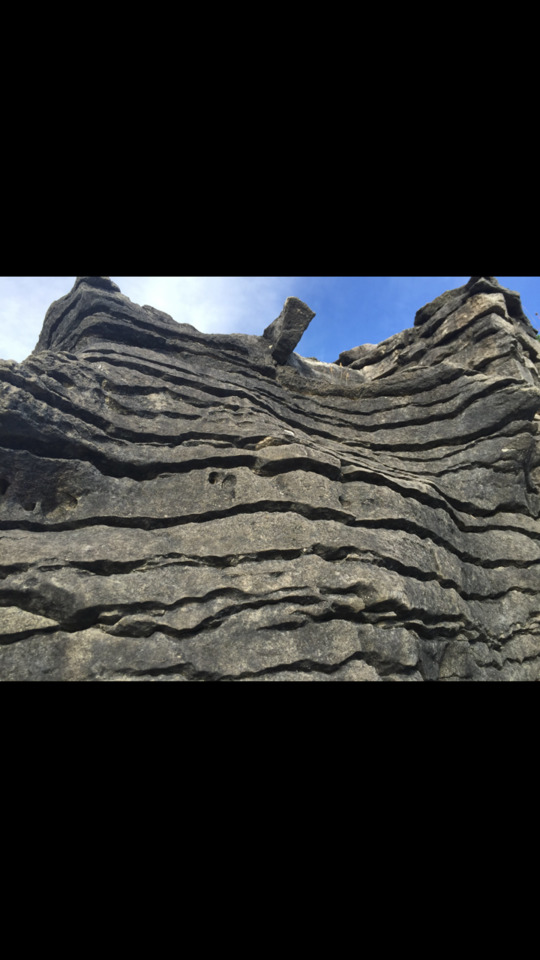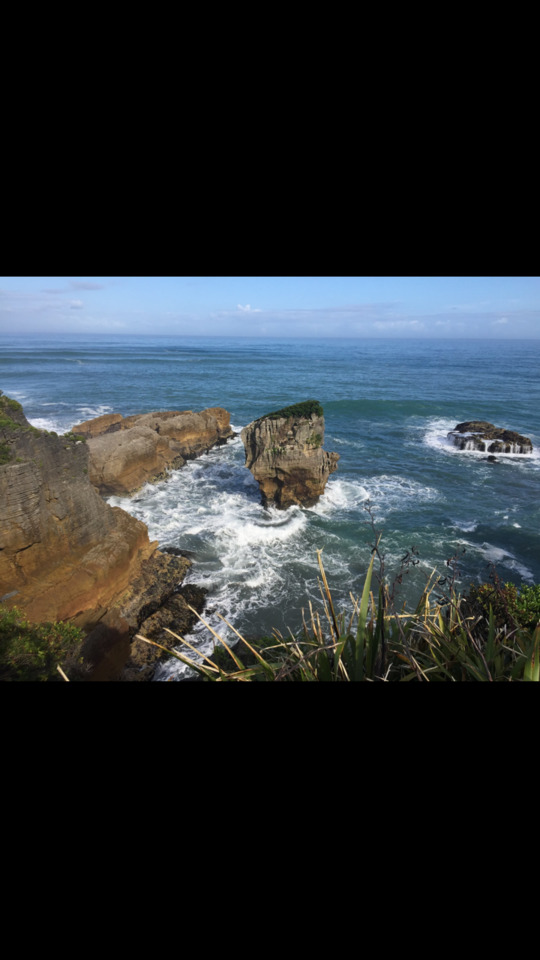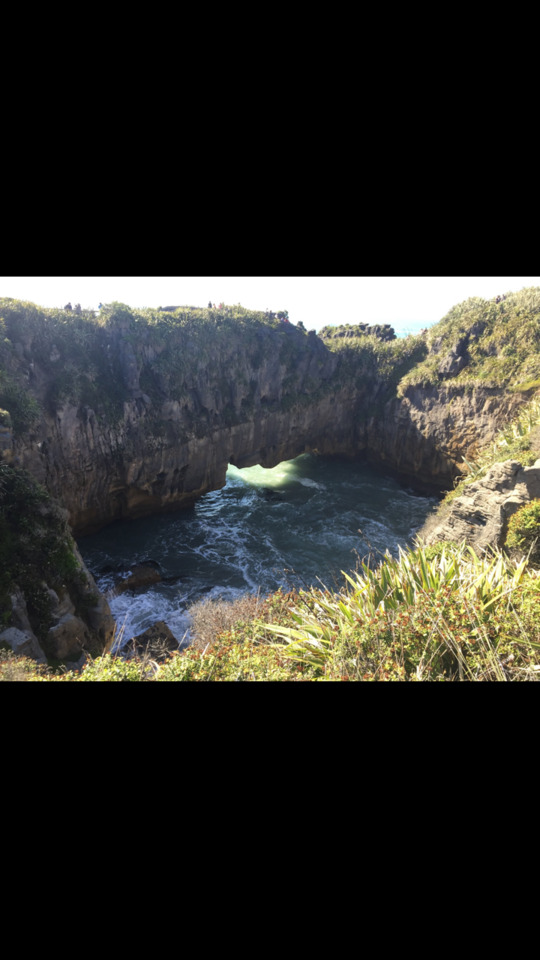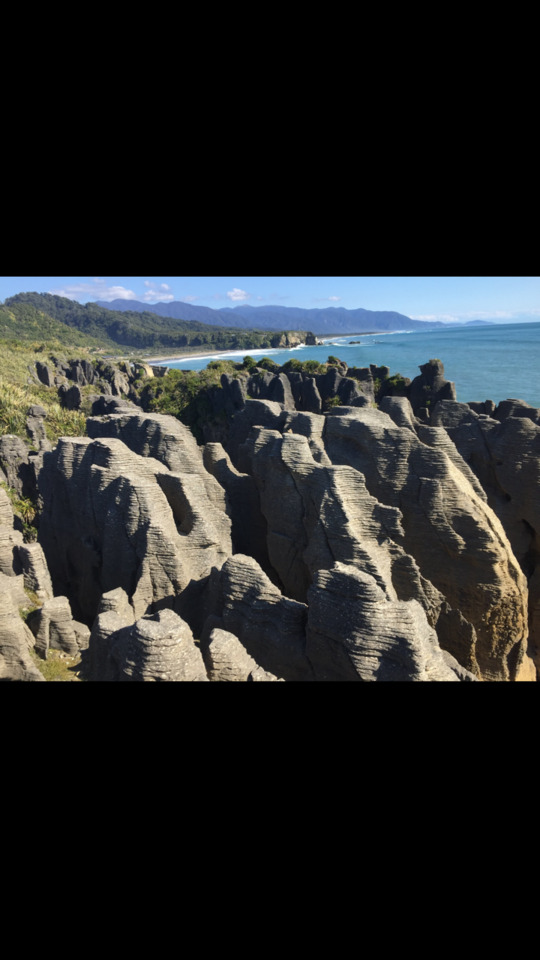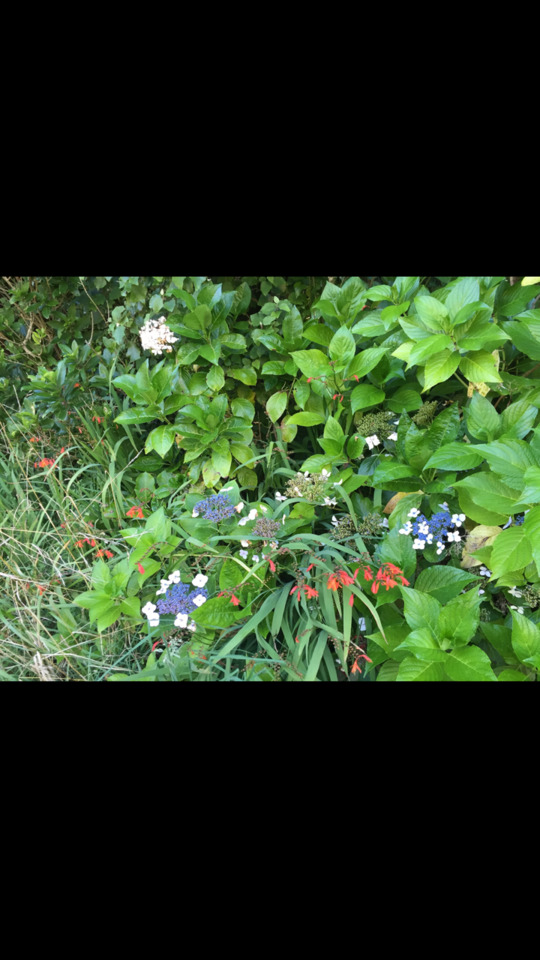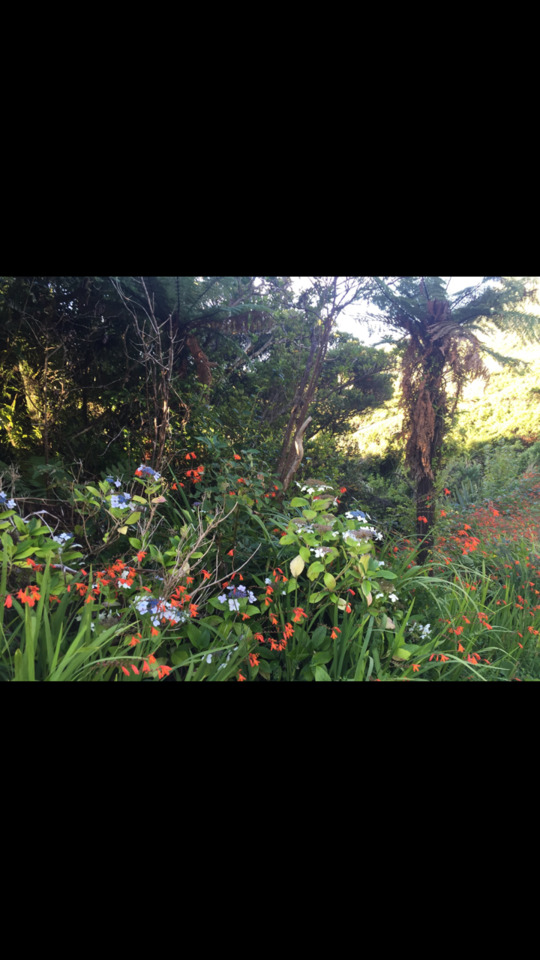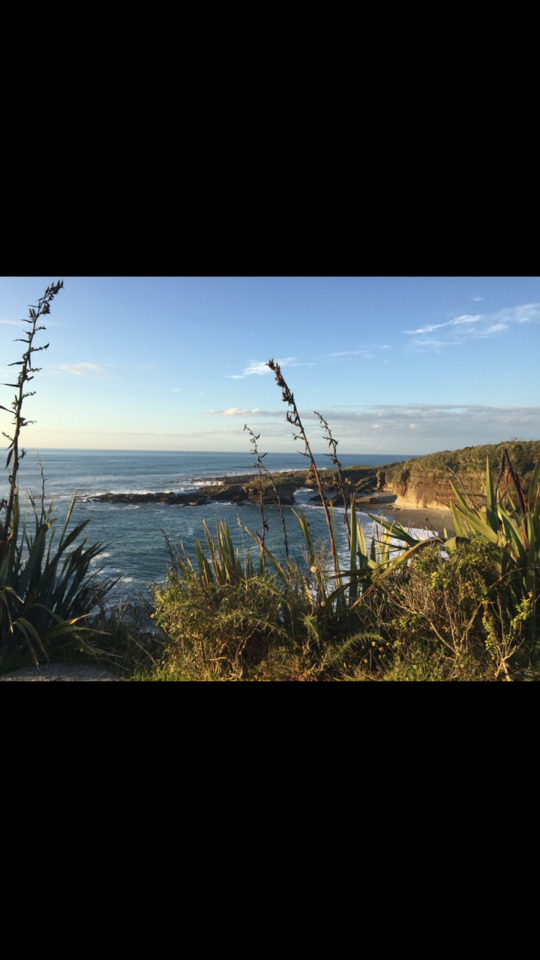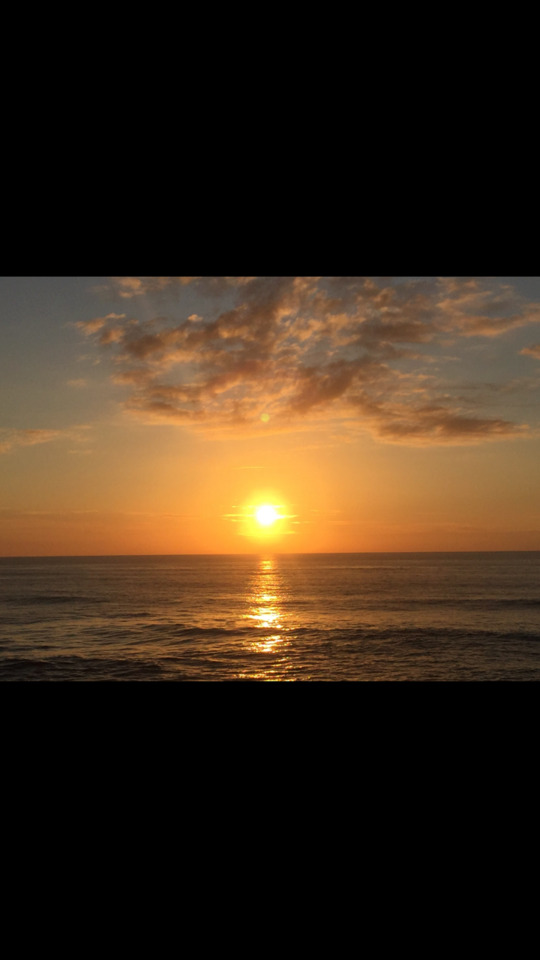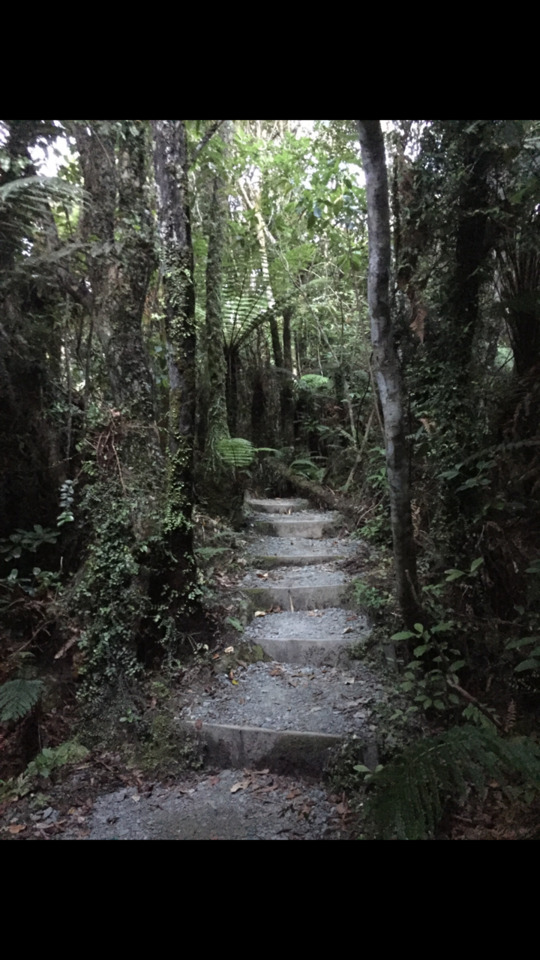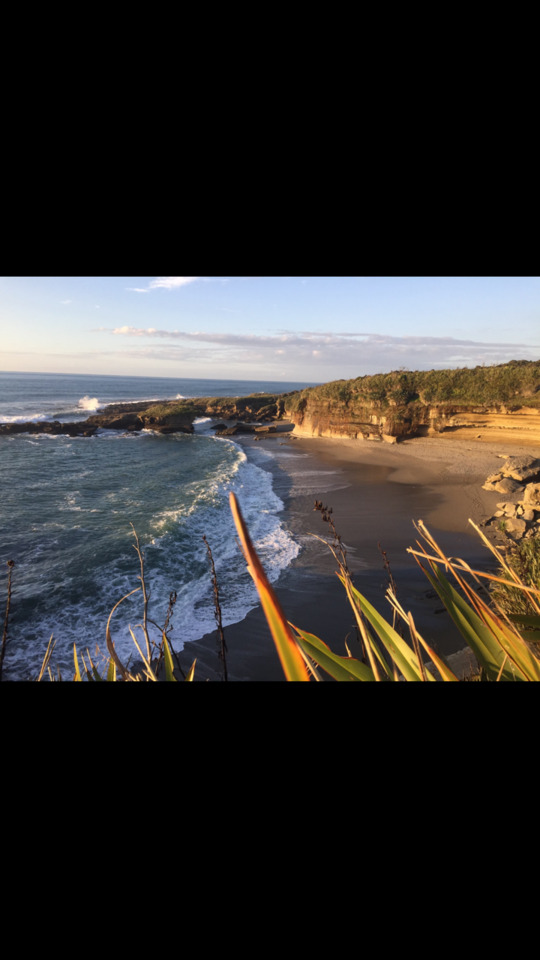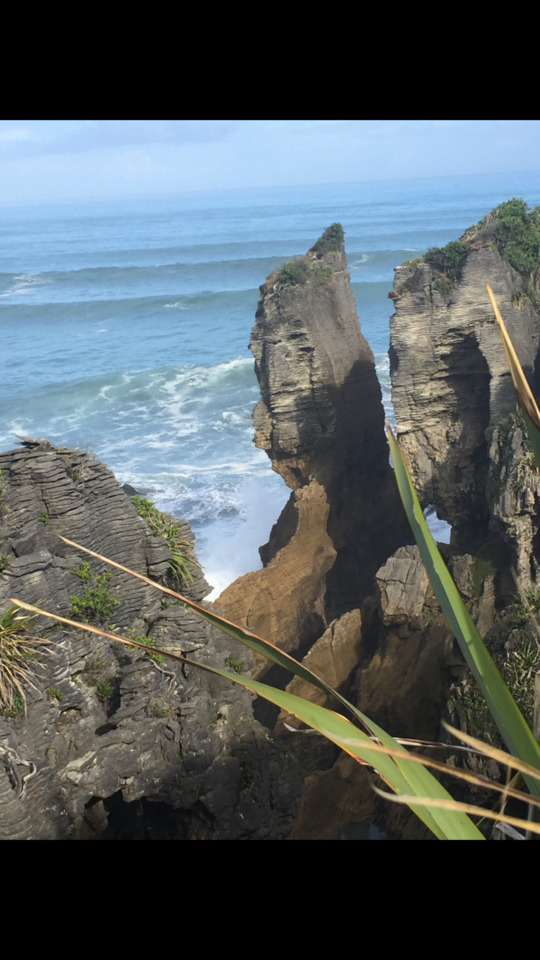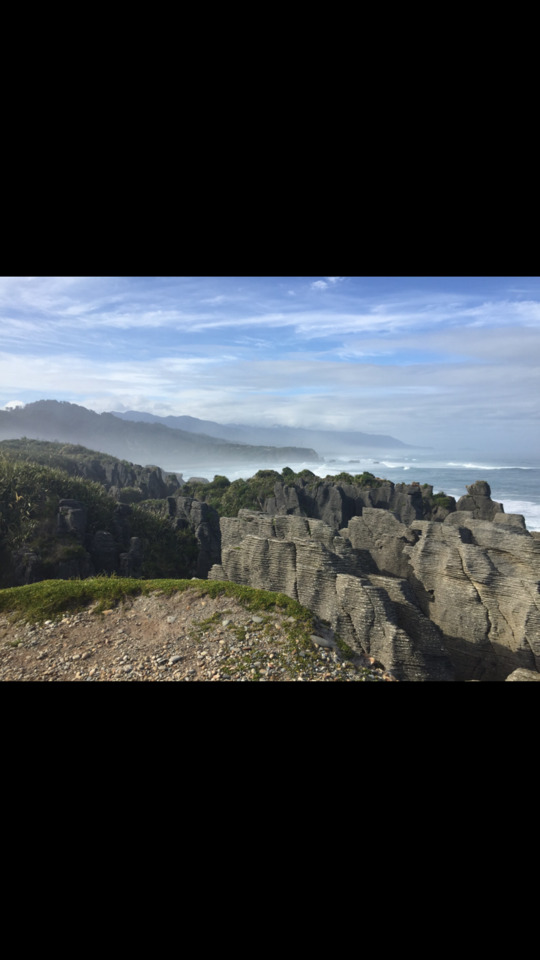Text
Day 14-18 Christchurch and Kaikoura


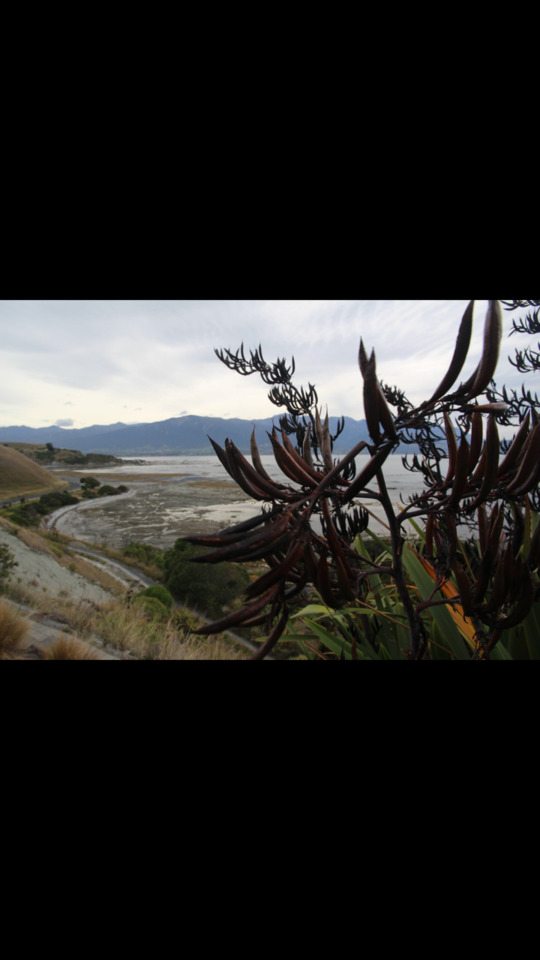
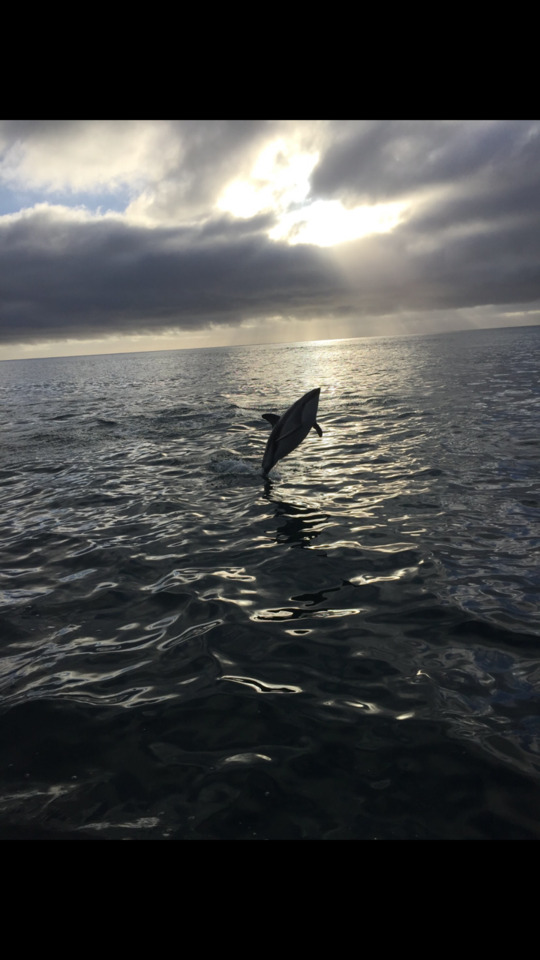
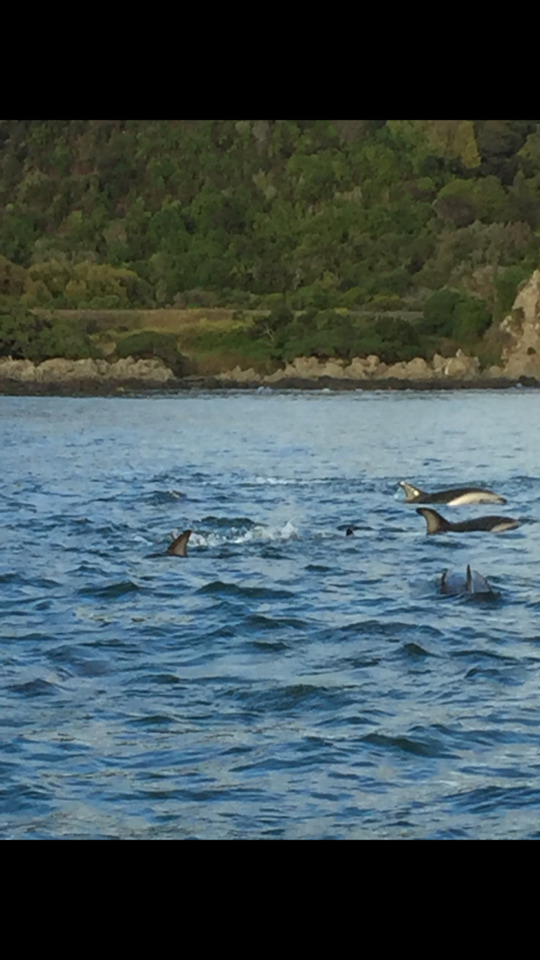
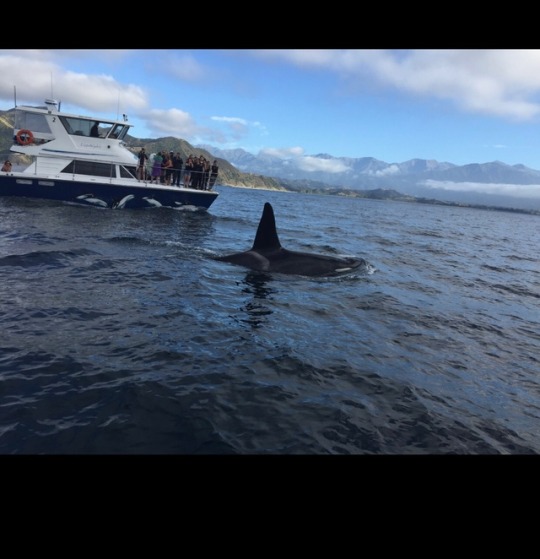
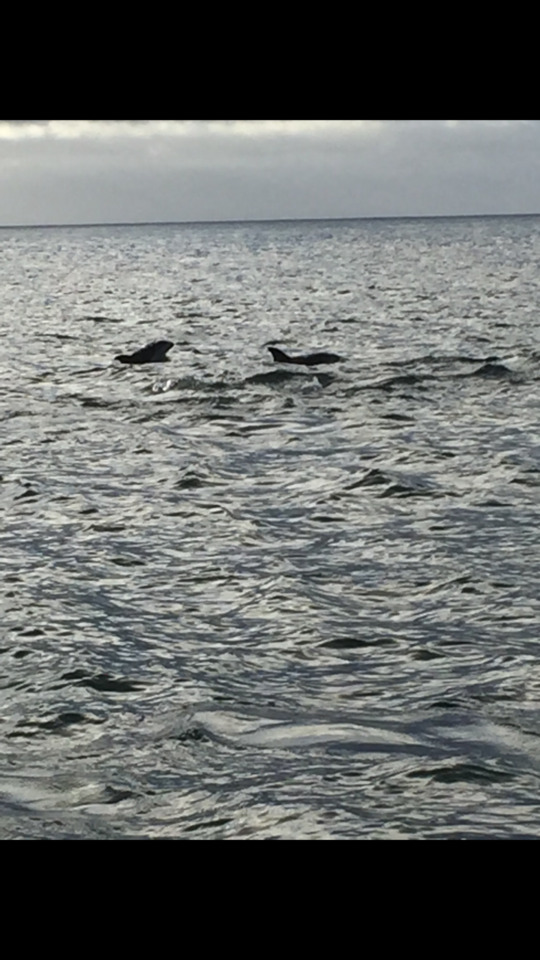
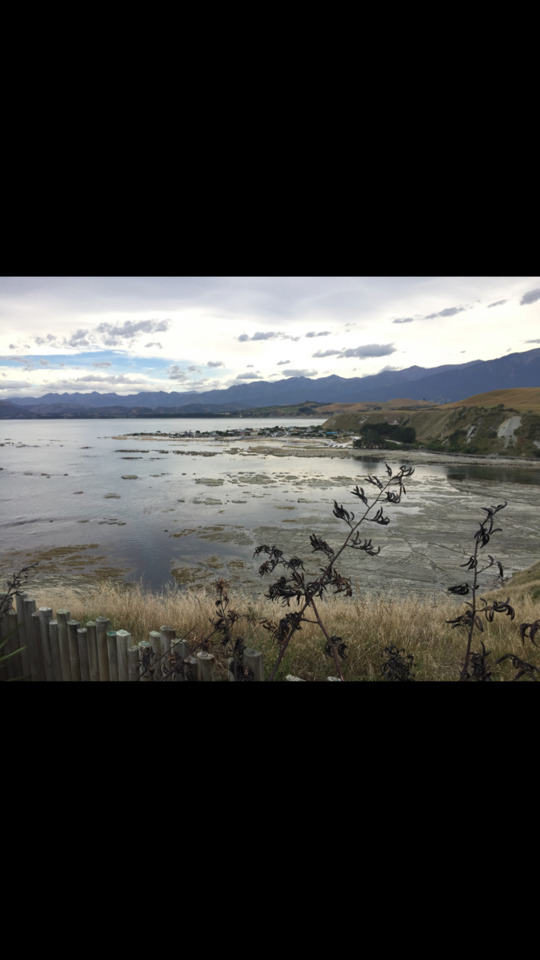
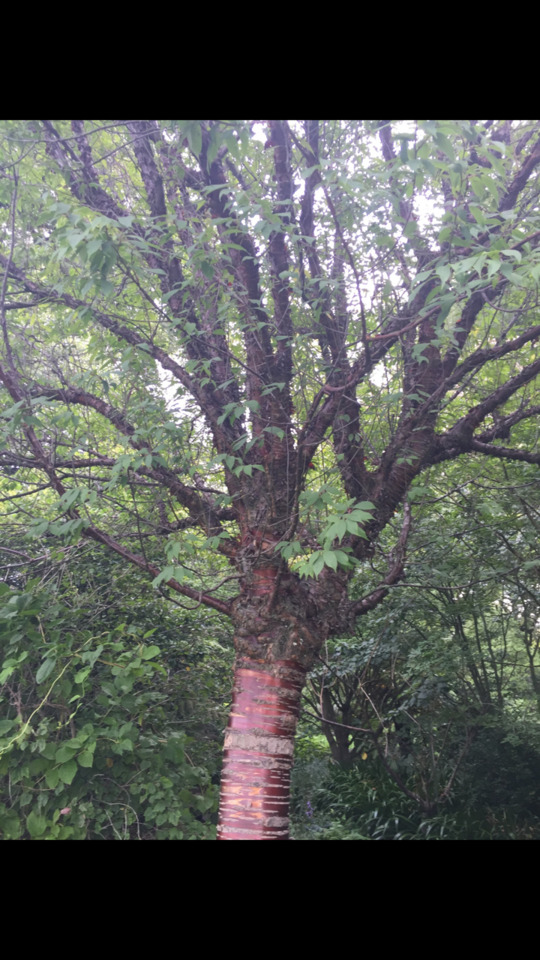
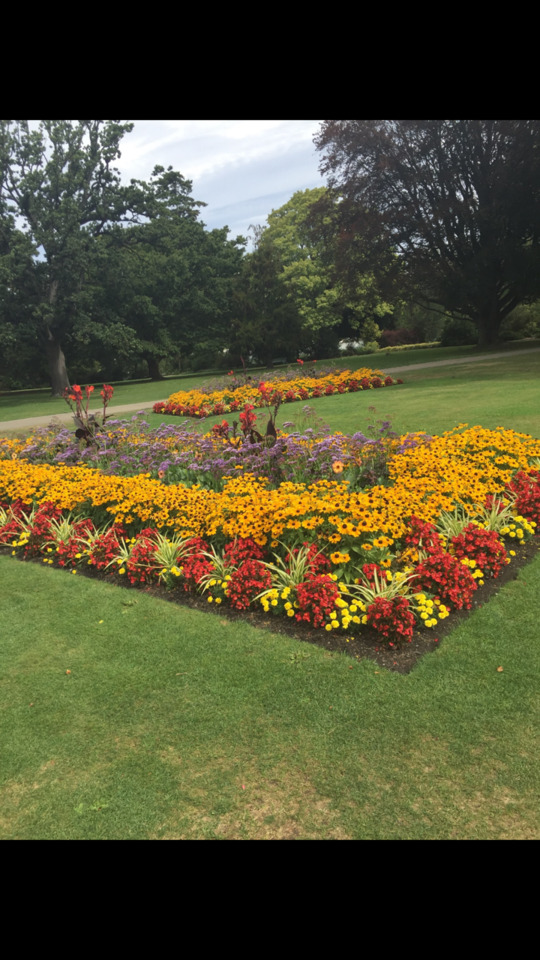
From Queenstown, the KE bus makes its way to Twizel and we stop for a look at the beautiful, rolling brown hills and valleys of Lindis Pass. I then hitchhike from Twizel to Christchuch - a bit of a tale but the bus driver told me the bus from Twizel to Mount Cook left an hour after it actually did! KE offer to escort me personally, but just then two great lads, Jess and Tyler, collect me off the side of the road and we head to Christchurch, stopping at the gorgeous Lake Tekapo with hills and rocks and meadows to meander through. The next morning, my new friends and I go for brunch at Drexels. the best all-day breakfast place in the world - banana pancakes and hash browns better than any I have ever had. I spend the day wandering through the beautiful botanic gardens, the rose-beds being my favourite section, and have afternoon tea at the visitors information centre. I wander down the river Avon back to my YMCA and have delicious sticky eggplant at the attached modern Asian restaurant. The following day, I am collected at 0700 to go to Kaikoura to swim with dolphins. We get to Kaikoura and walk the gorgeous Kaikoura Peninsula trail. It is an elevated walk of the stunning Kaikoura coast with various small finger like peninsulas extending out into the sea from large cliffs. At the end, we get very close up to seals, not too close as one rears his head and roars at a man who hasn't kept the recommended distance. I make it to the pharmacy to grab the Kaikoura concoction: an extremely effective sea-sickness formulation that will later prove a godsend. An early night, as at 0500 we need to meet our guides to be taken out to swim with dolphins. It is a big day with safety briefings, gear fittings, bus rides and finally out to sea. The ride is rocky and as my fellow travellers struggle, I manage to not feel sick at all, thanks to the pharmacist who makes $10K a month selling his specialised potion. We are all asked to look for dolphins and ... there they are! We hop in and are advised to sing to them, dive with them, twirl through the water with them: we are not there to observe the dolphins but be observed by and entertain them. Dolphins came to me, in singles, twins, triplets, circle around me, skim past me, and it is like nothing I have ever experienced. They leap and dive and we jump back on the boat and are taken to 3 different spots where dolphins are amassed, to hop back in the water and spend some time with them. Back on the boat, we watch them leap and perform full somersaults in the air, and dangle our feet over the bow of the boat as they swim past. Magic. We see albatrosses and an orca - killer whale - that keeps surfacing. Wonderful stuff. I head back, grab delicious Thai green curry and catch the intercity back to Christchurch.
On my last day in NZ, I go to Cathedral Square and look with sadness at the ruins of the cathedral from the devastating 2011 earthquake. My sleep the previous night had been interrupted by a sensation of being in a rocking cradle as the whole bunk rocks and sways - we later learn that we were in a 4.2 richter scale magnitude earthquake. I head back to the YMCA, get on the airport shuttle and fly out back to Sydney. This was an incredible holiday, a taste of the highlights of the South Island, my mind filled with memories and ideas about where to go and what to do next time
0 notes
Text
Day 12-13-14 South Island Queenstown
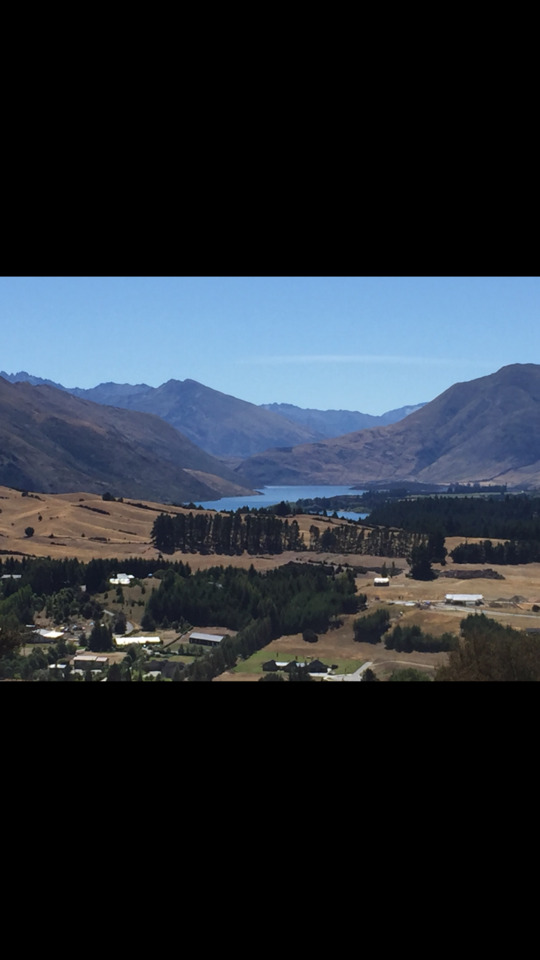
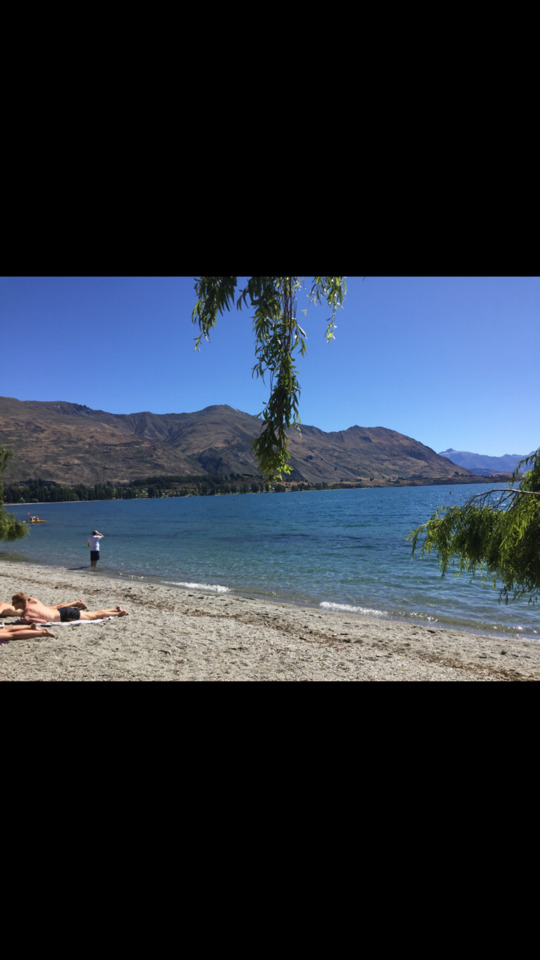
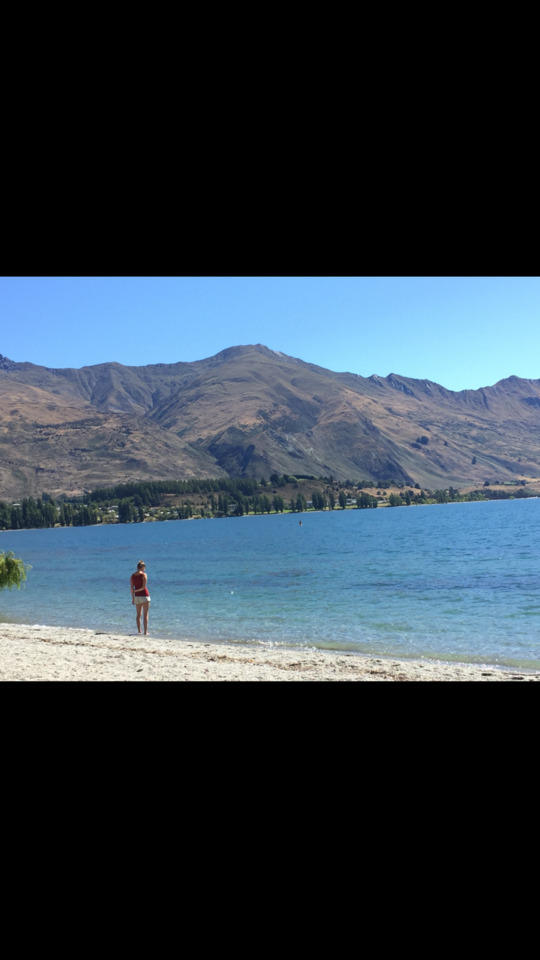
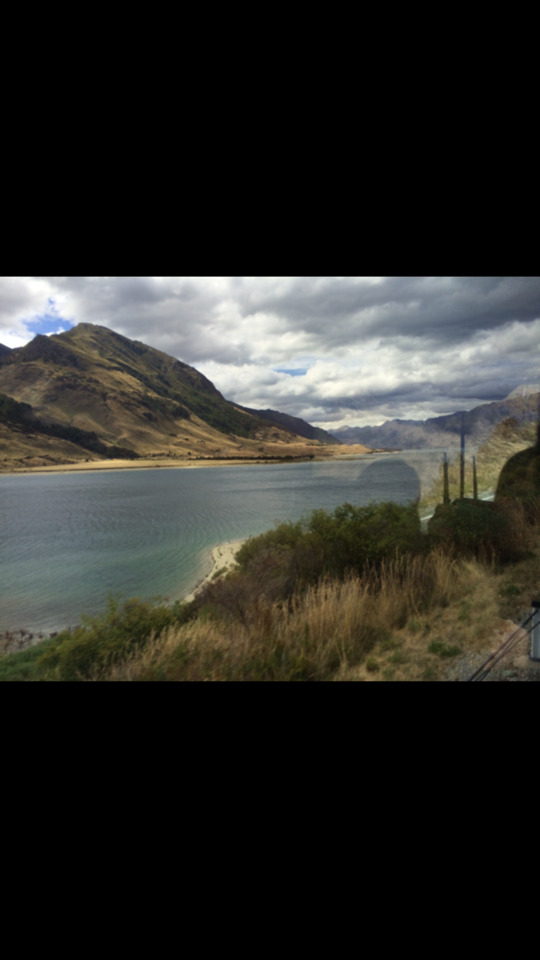
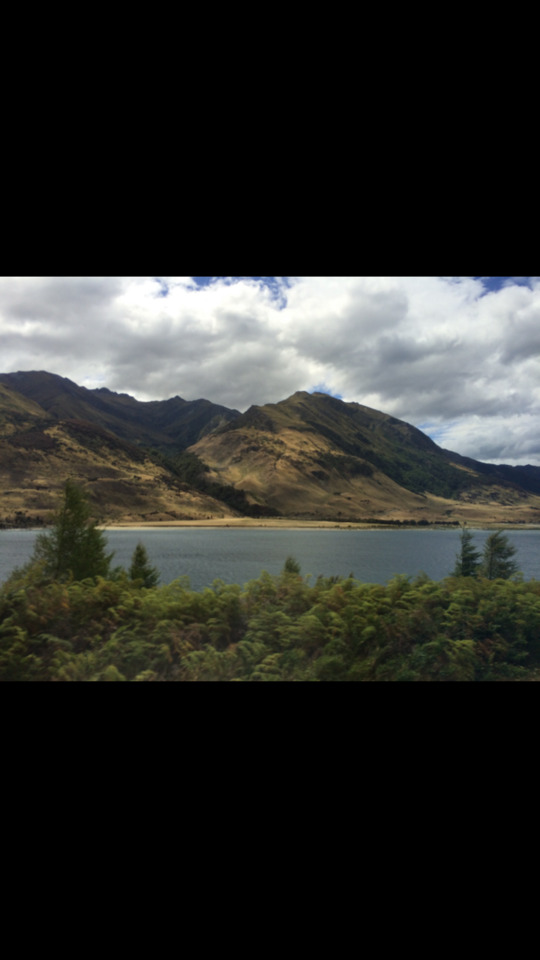
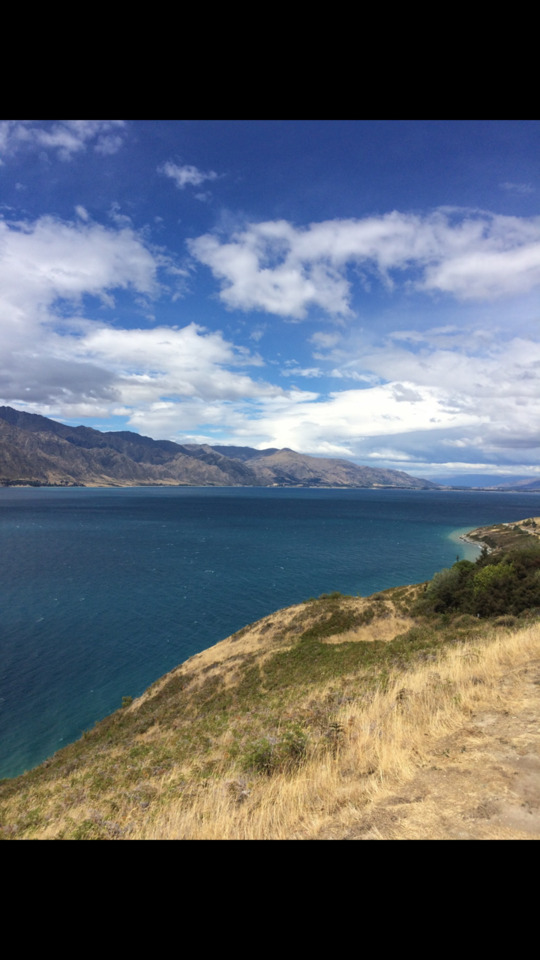
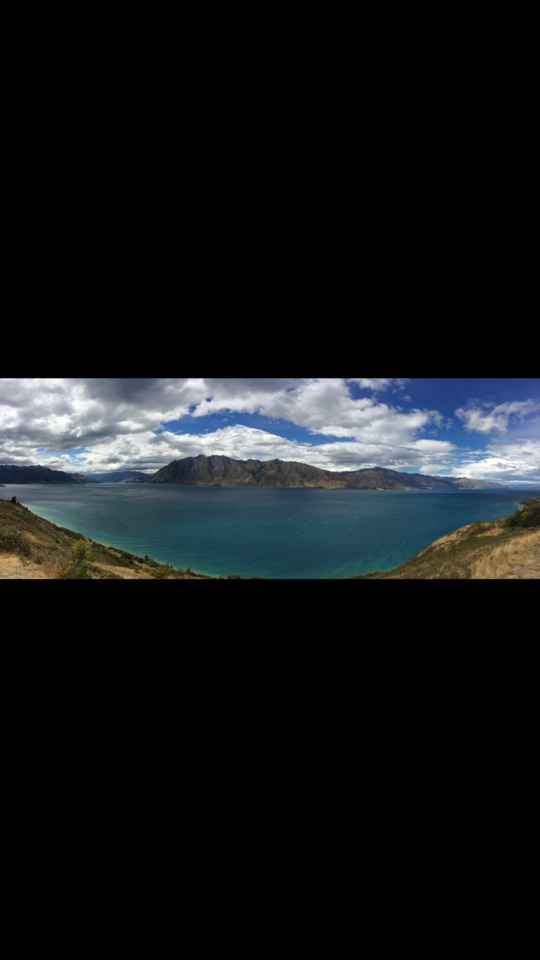
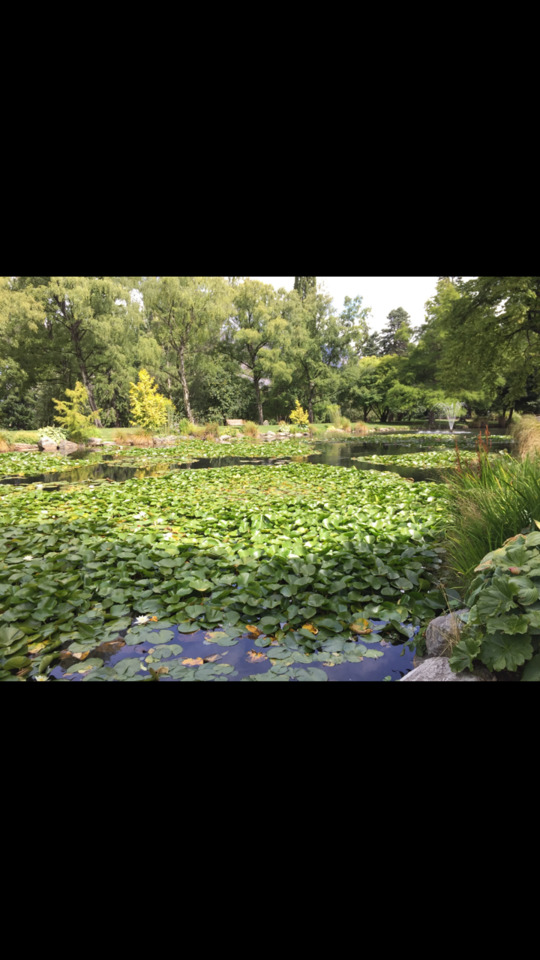
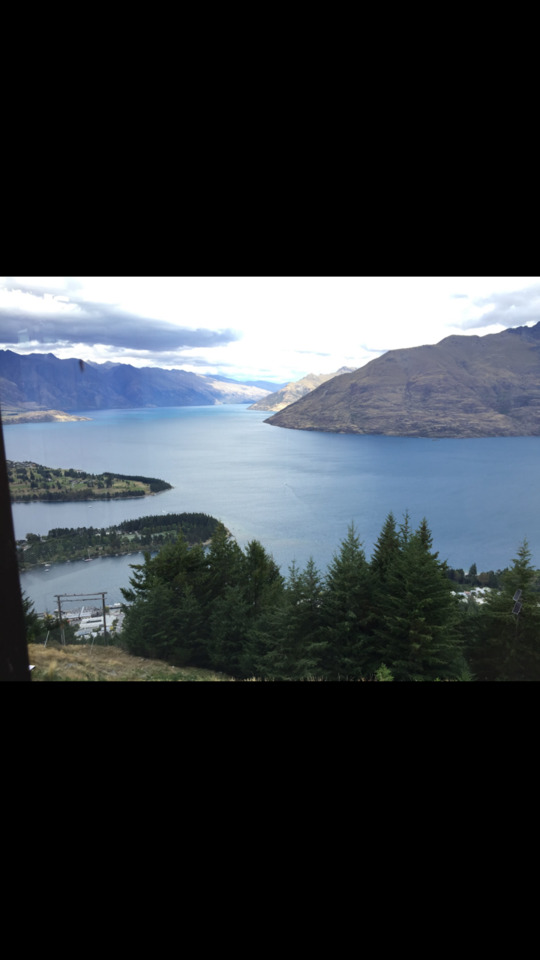
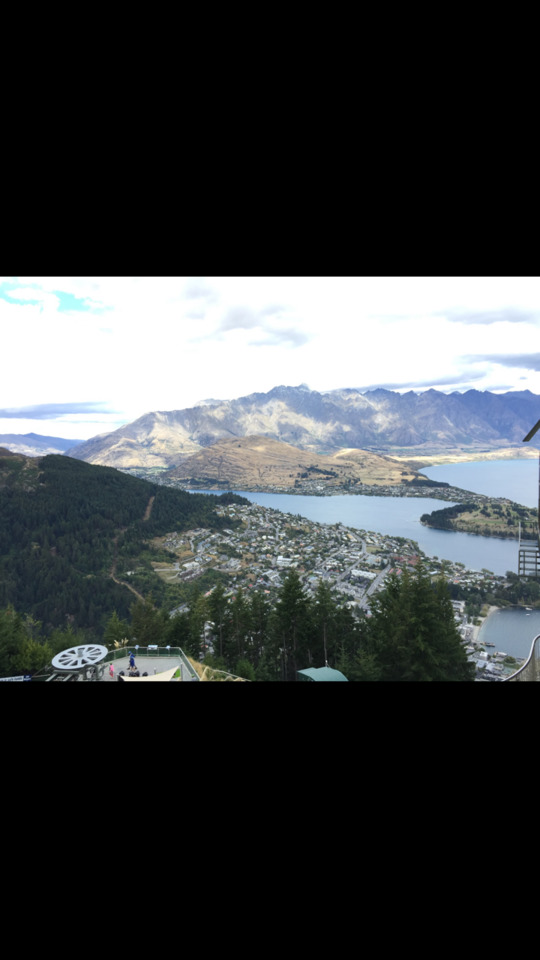
This place is the most amazing town I have ever been, and everyone who comes here loves it. It has everything: activities that burst your adrenal gland (canyon swing, bungy jump, jet boating, sky diving, paragliding), scenic flights, trips to the Milford sound, amazing shops, bars and restaurants, a fantastic gondola with incredible views of Lake Wakatipu, a botanic garden, lake front walks, the amazing Remarkables mountain range. That night, we go out for a fantastic and cheap meal at the Red Rock, and others sign up for various pub crawls.
I spend the next day flying to Milford Sound on a scenic flight. Seeing the mountains - layer upon layer of snowy peaks with their valleys and rivers, as well as the crystal blue lake and it’s coast from on high, is incredible. The Milford Sound is a carved-out range of lush green mountains that glaciers, which have since receded, shaped into mountainous islands. Waterfalls tumble down the sides of the rainforest covered mountains. We fly back a different route from which we came. Back on land, I walk down to the lake and relax, then meander through the stunning Botanic Gardens to a a part of a lake with a jetty, and a backdrop of The Remarkables overlooking the lake. Amazingly, this part of the lake is deserted and I get this special view to myself. The gardens are gorgeous - I see people relaxing, writing and reading in them.
The next day I take the gondola up a hill to a spectacular view of Lake Wakatipu and the Remarkables. I have booked the Maori Cultural Experience and we are greeted with a Powhiri, a Maori testing-the-waters greeting, which our appointed tribe leader (Hayden from Perth) handles with grace and dignity, not embarrassing his fellow travellers. The women learn to do a poi dance, the men learn the haka, we are treated to cultural dances, songs and lessons. The whole event is done with great humour and pride. I am proud to be a Kiwi.
0 notes
Text
Day 10-11 South Island Wanaka
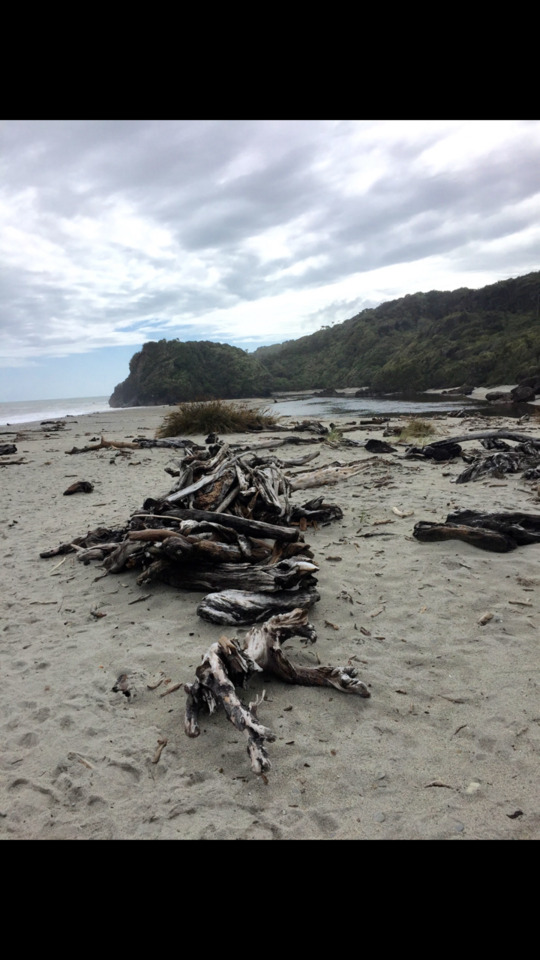
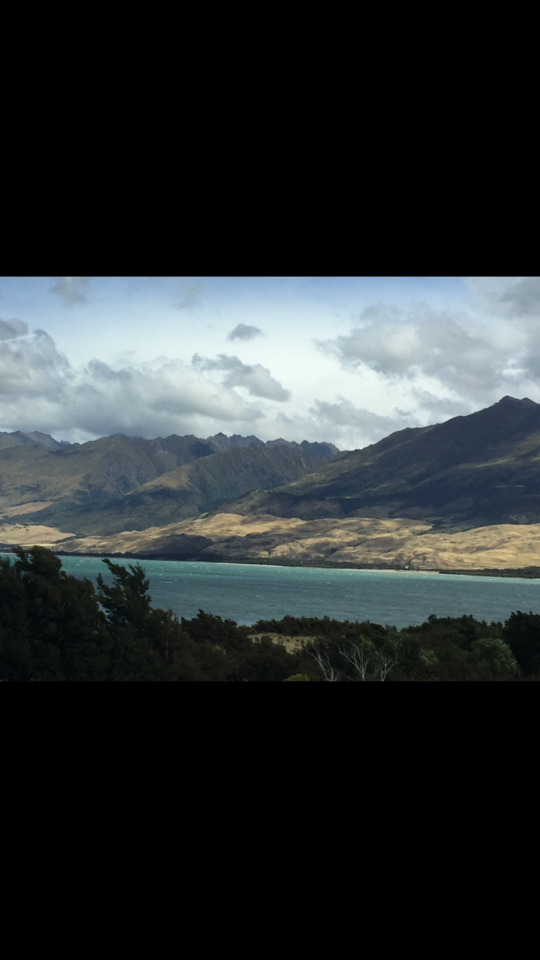

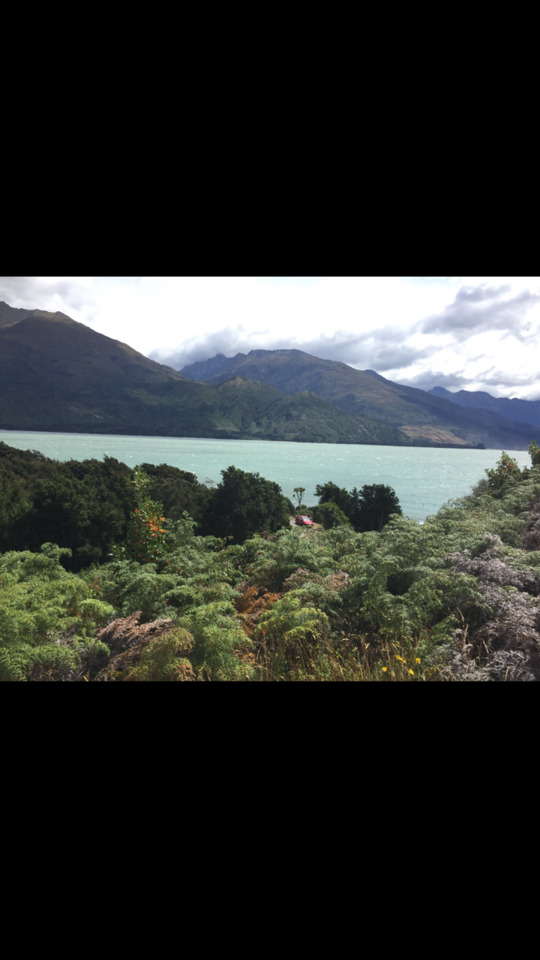

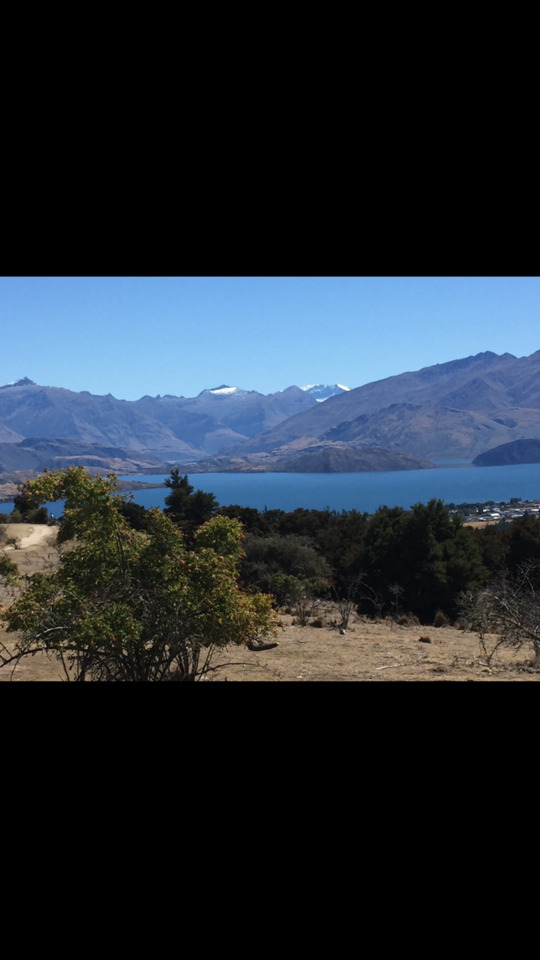
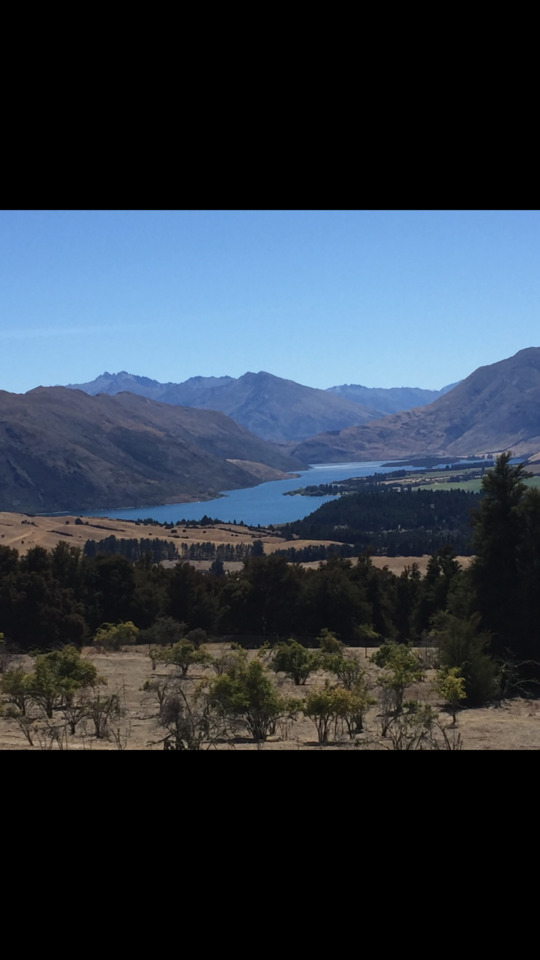
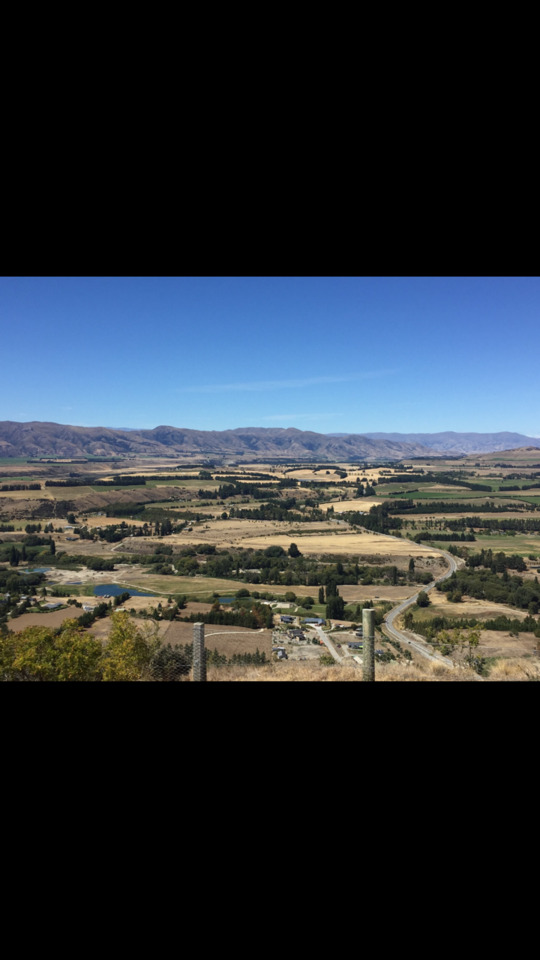
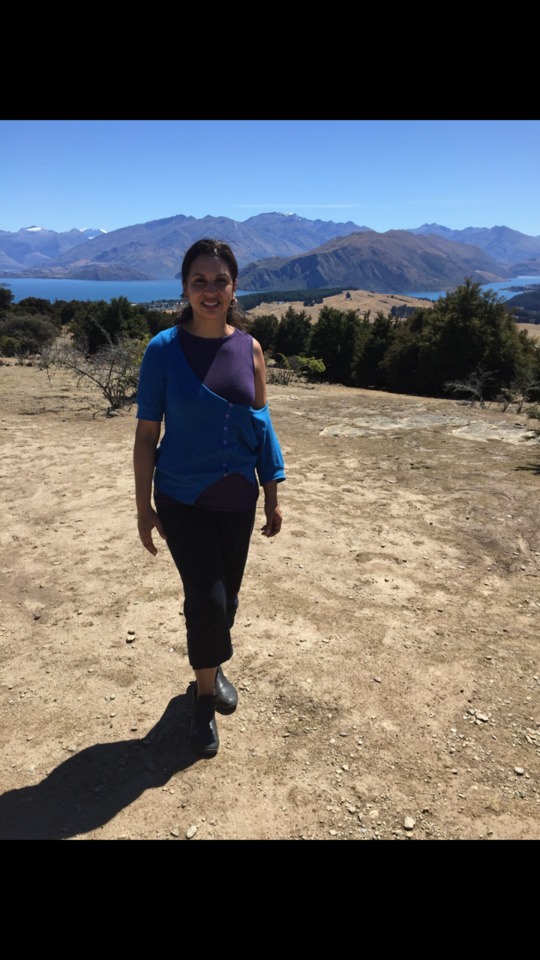
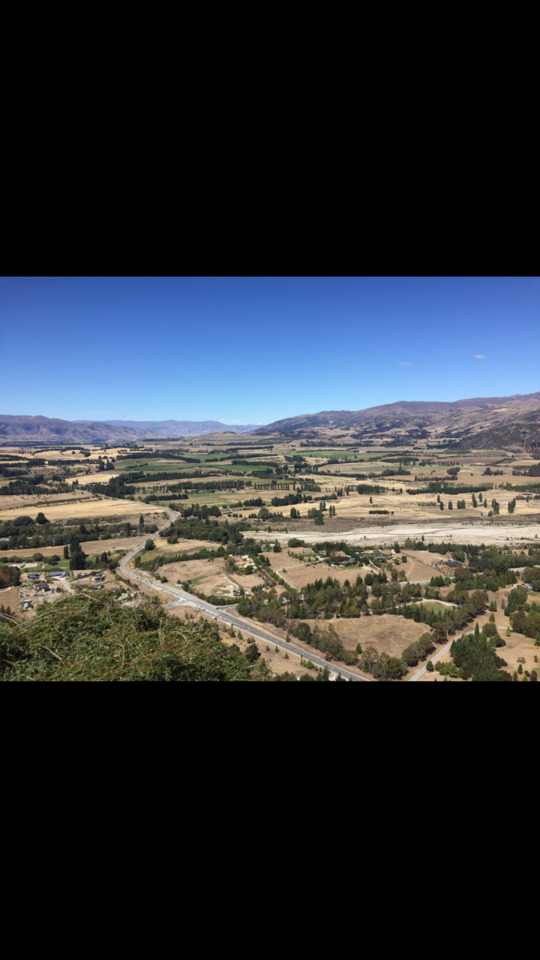
We leave FJ and make our way to Wanaka. We drive through the magnificent Haast Pass from West to East Coast and on the way, Jed our driver takes us to a classic west coast beach: Ship’s Creek Beach, a rocky beach with driftwood scattered all along the shore, large logs and branches decorating the beige sand. Today there are no dolphins at play, but everyone agrees that the beach is stunning. The Haast Pass is beautiful and I resolve to drive through it one day as there are many vantage points to stop your car and take photos of mountains, valleys and rivers. We stop off at Lake Matheson which is perfectly reflective of the trees fringing its edge, and then drive on to Wanaka.
We arrive in Wanaka in the afternoon and I rest my first day, as has become my pattern in the second half of my travels. The next day, I trek up Mt Iron, they claim it takes 45 minutes but I stop and rest as it is a grinding uphill climb, and get there one and a half hours later. As I reach the top, the view opens out of Lake Wanaka surrounded by snow-tipped mountains. At the very top, the view emerges of chequer-board farms on the other side of the mountain, completing the reward for the climb. I head back down, go to the foreshores of the lake and enjoy feijoa sorbet.
That evening I eat dinner at The Spice Room, voted the Best Indian Restaurant in the South Island. I know a thing or two about Indian food and I have to agree, they use authentic techniques and both food and service are brilliant.
0 notes
Text
Day 7-8-9: South Island Franz Josef
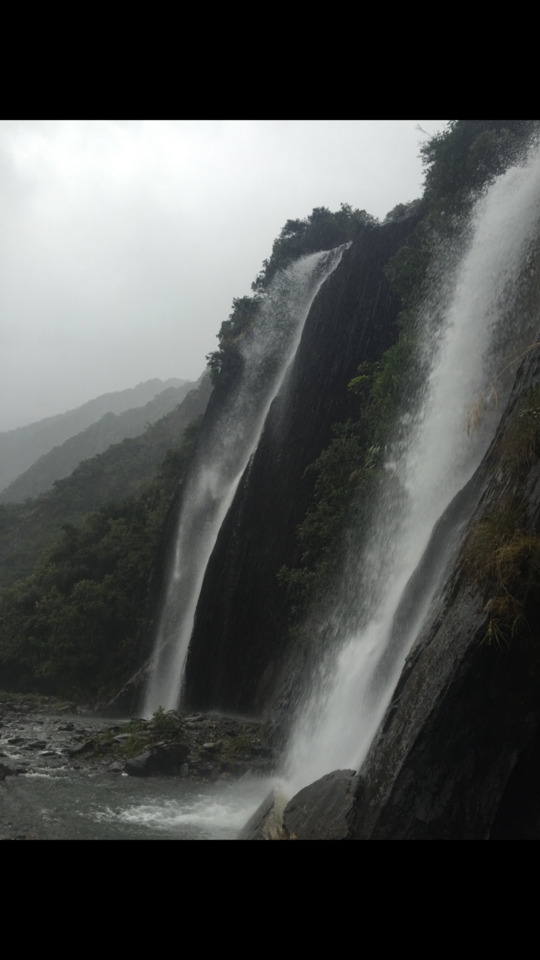
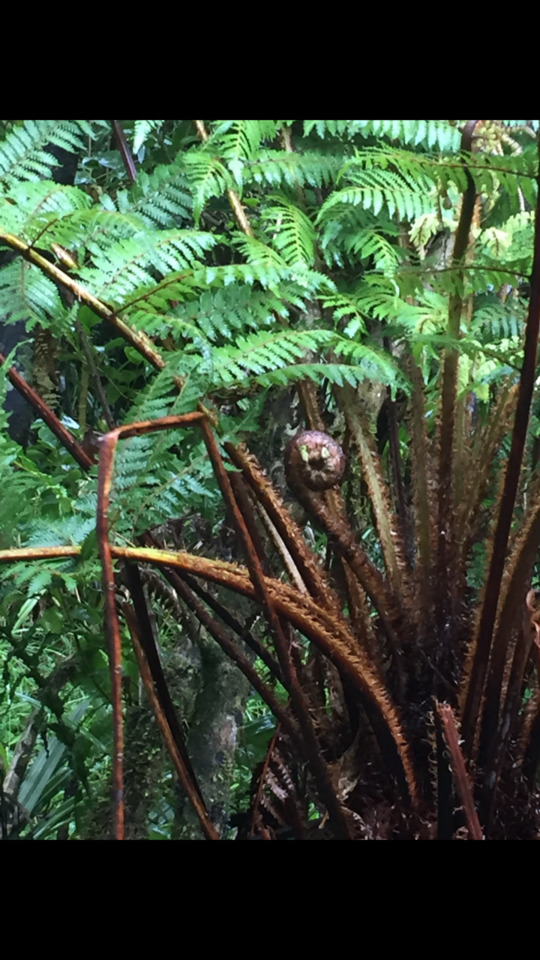
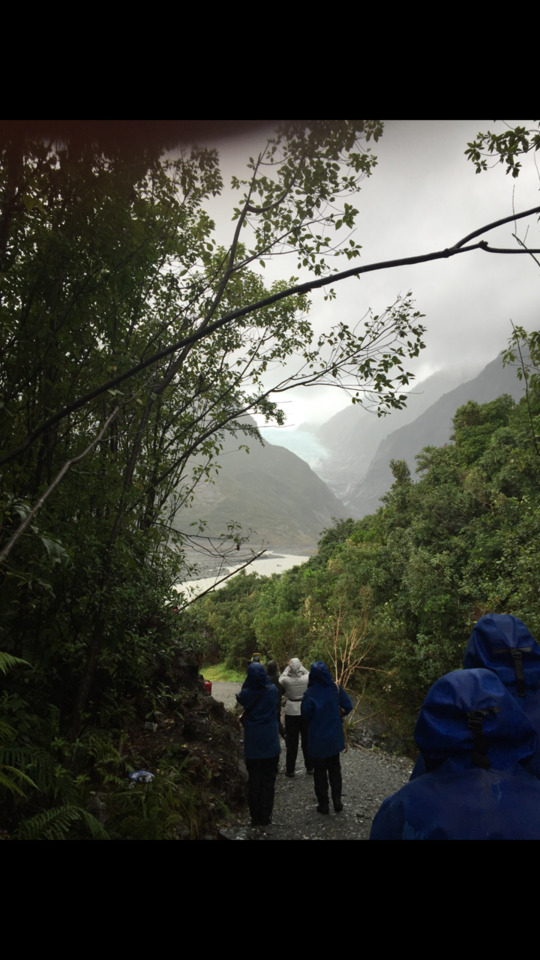
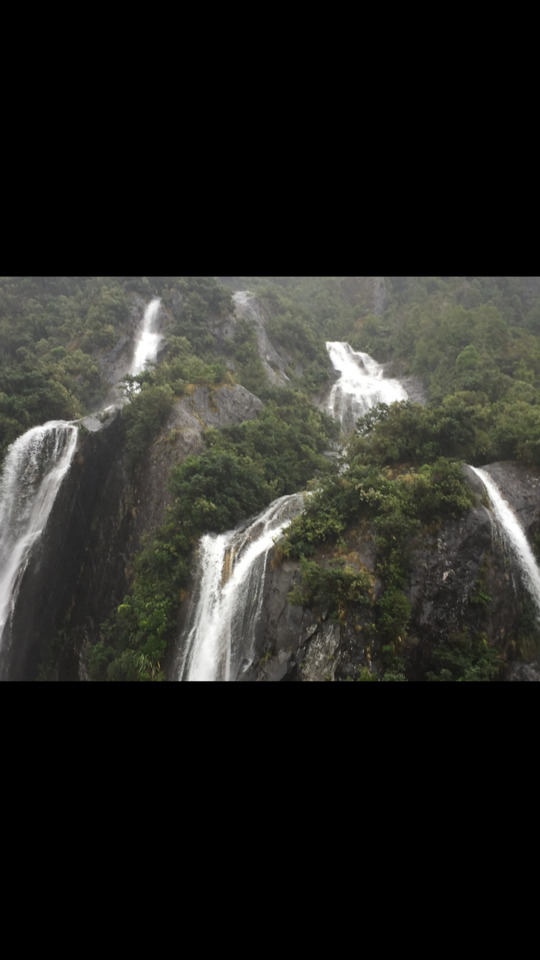
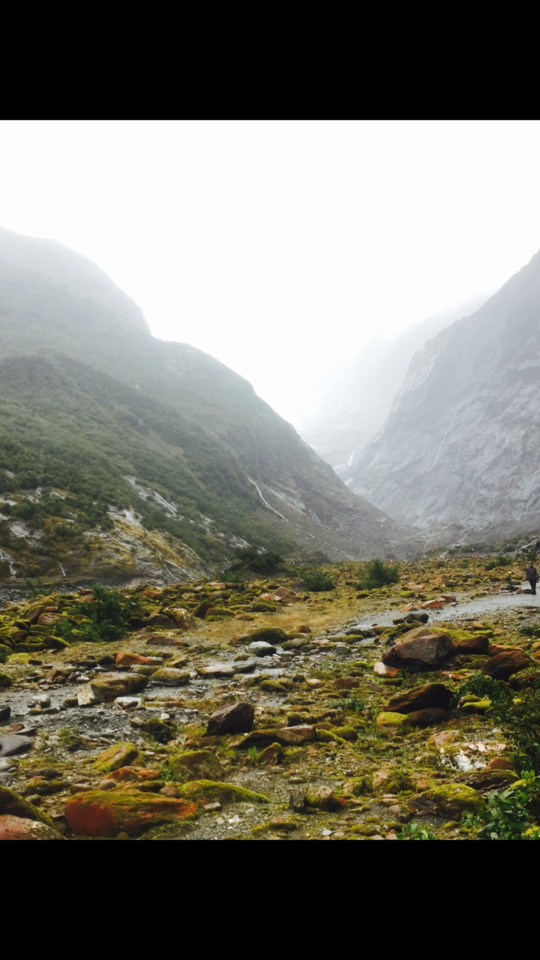
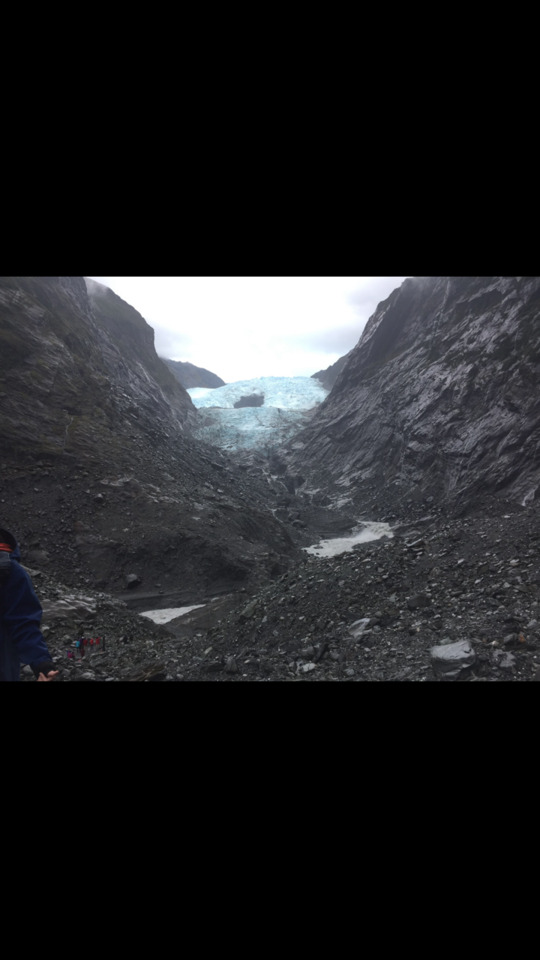
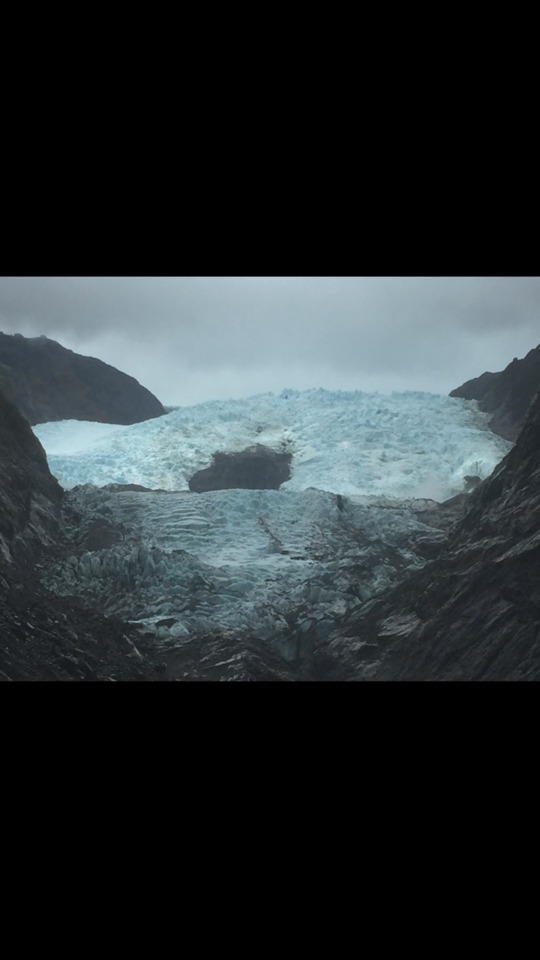
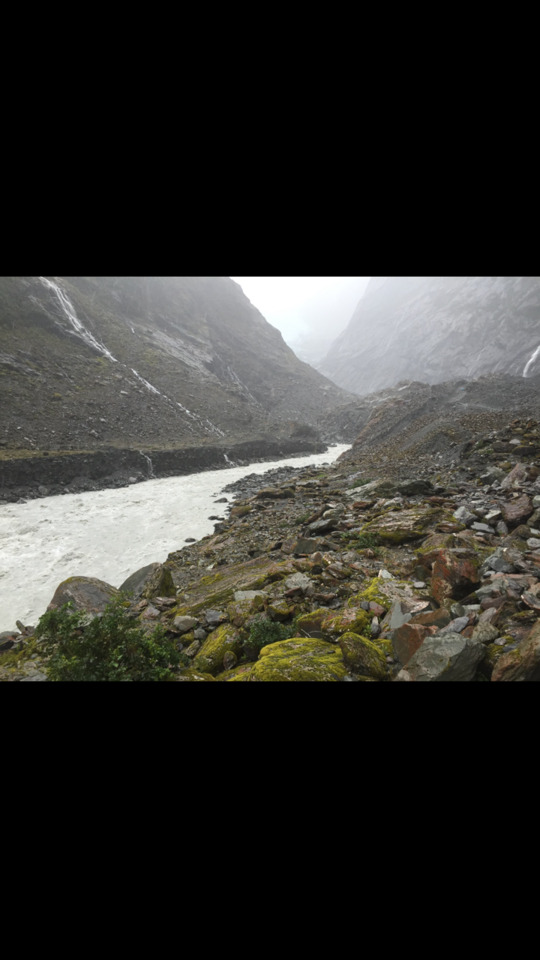
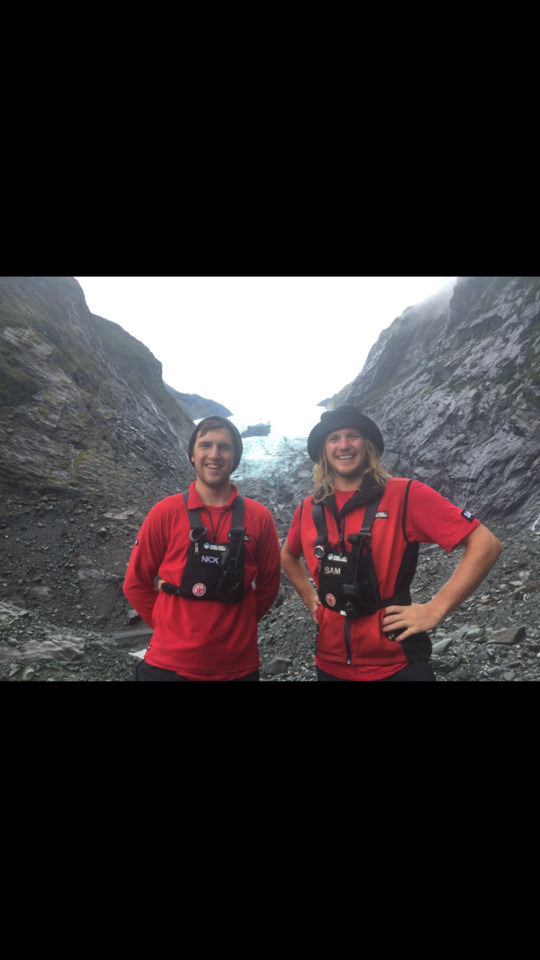

Franz Josef: one of three glaciers in the world that runs down to meet rainforest. The other is its neighbouring Fox Glacier and there is a similar rainforest glacier in Patagonia in Argentina. The similarity of the forests between South America and NZ suggest that these landmasses were once joined.
As warm air from Australia blows east to NZ, it picks up moisture as it travels over the Tasman Sea and then meets a barrier in the form of the Southern Alps: a mountain range that Fox and Frans Josef are part of. The warm, moist air is then rapidly pushed up over the mountains and is now so high an altitude that it cools down and precipitates as snow. The snow gradually piles upon it self and compacts into ice. Like toothpaste from a tube, the ice squeezes out in cracks and becomes glaciers that flow down to the forest, in the case of Fox and Franz Josef. There are literally thousands of other higher-set glaciers as well, most not accessible to man. The glaciers are fascinating: they expand and recede naturally. When they expand, they bulldoze any rainforest before them, when they retreat they leave a space for virgin rainforest to start to develop. This starts off as red algae and green moss, and then develops into forest bit by bit. Note, this is not regenerating rainforest – the replanting of trees to try to return forest to its original state - but brand new rainforest arising de novo.
So, yeah…I was booked on the Ice Explorer, what many describe as their highlight of their trip to the South Island. A helicopter lands right on the glacier and you get a three hour guided walk near the Pinnacles, up and down crevasses, weaving in and out of its natural contours. But…as luck would have it, the rainforest is being watered the two days I am there and it's not safe to fly with such poor visibility. So, I make the most of the other opportunities to relax and have fun in Franz. The first day that I arrive in a place, I am taking the chance to rest and recover, as getting a bit tired from travelling and my high levels of activity everywhere I go.
The other two days I enjoy what's on offer. The best of these is the guided valley walk. It costs $75 and is better than doing it, yourself. They can go off the beaten path not available to the public and when the track is officially closed, we can still walk it with a guide. They take us through beautiful forest and show us ferns, koru (rolled up ferns, that are a classic Maori symbol), native trees and birds. We emerge onto the valley and it is a beautiful walk, along the river’s edge, over creeks, cliffs looming left and right with trees and waterfalls in abundance flowing down their faces. Large falls, twin and triplet falls, high, thin streams of water versus short fat gushes – I love water falls so I am happy. The most incredible aspect to me is the multiple rocks strewn all over the valley floor, covered in red algae and green moss – the foetal rainforest in the wake of a receding glacier. The colours are brilliant and the effect is like being present at the dawn of creation. Along the way, we get to handle lumps of glacier that have fallen down and ended up on the valley, and bits of crystalized quarts, like mini-diamonds. We eventually reach the vantage point to see the glacier in all it’s ice-blue beauty. Where it flows convex over the underlying mountain, the surface breaks up into a mottled chunks, whereas where the wave-form of the glacier runs concave, the surface glistens and gleams smoothly. We are handed hot chocolate and cookies, and then make our way back and out – taking multiple photos of mountains overlooking valley and the river system. Sam, our guide, couldn’t be more informative or intelligent and is very good at explaining complex geological phenomenon in easy lay language.
I also visit the Kiwi Discovery Centre. The rarest Rowi Kiwis are hatched here. We walk through a recreated kiwi habitat where nocturnal kiwis think it is night-time and fossick about, unperturbed by our presence. Not easy in any way to spot a kiwi in nature so this is a thrill for me, a “Kiwi”. I get a backstage pass and the scientists explain that they go out and collect eggs in the wild, bring them back to hatch, placed in incubators that turn them this way and that to mimic what happens in nature. The eggs take up about 20% of it’s poor mum’s body and after she lays it, she has to go and find food to make up for starving herself in the preceding period. Dad then takes over and he goes hungry whilst nestling the egg. The wildlife scientists collect eggs off Dad and bring them back to help them hatch. The actual process takes up to 5 days from the first crack of egg to full emergence of chick. The chick is looked after for a few weeks, and then sent to nearby sanctuary islands and rainforests that have been cleared of predators. Once a kilogram in weight, they are retrieved again and placed back in the forest where their parents laid them when they were eggs. Why all this? Because introduced stoats have decimated the kiwi population and only pick on eggs and kiwis up to one kilogram in size. They decided not to chase the rabbits they were brought to NZ to hunt but preferred slow, gentle, flightless kiwis, instead. Attempts to control their numbers just haven’t worked. Possums and domestic pets also contribute to the problem. This programme is helping to increase kiwi numbers.
My final indulgence in FJ is visits to the hot pools where I soak away days of hiking, sagging bunk beds and general fatigue. Franz is a great place with great restaurants (Snakebite, Alice May – both brilliant) and nature enthusiasts. Don’t be disheartened if your ice-visit can’t be completed, make the most of whatever else is on offer.
0 notes
Text
Day 6 South Island - Lake Mahinapua
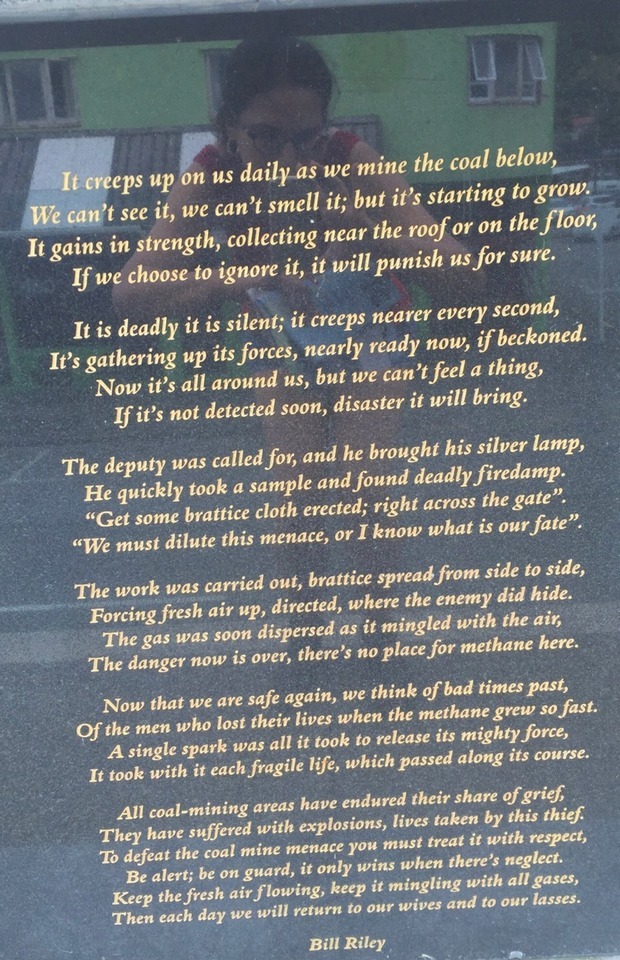
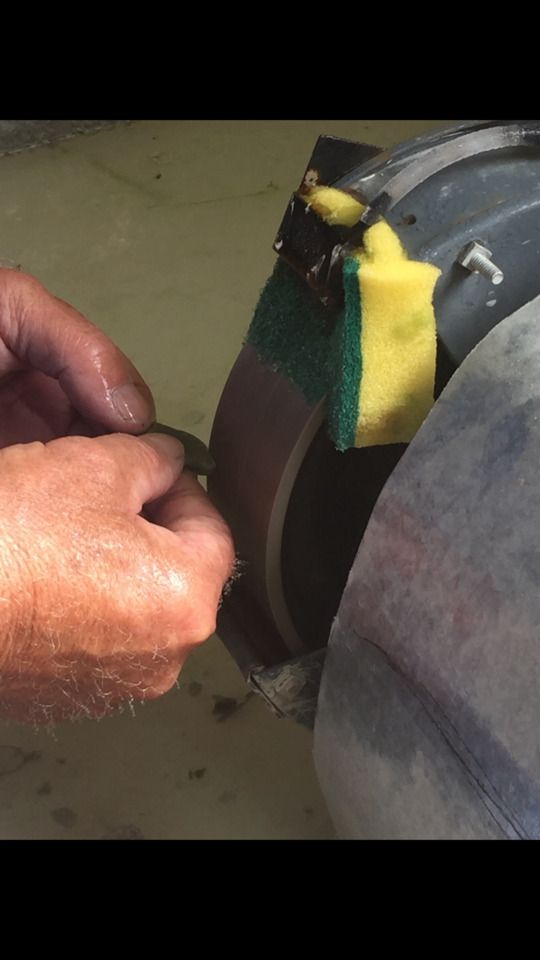
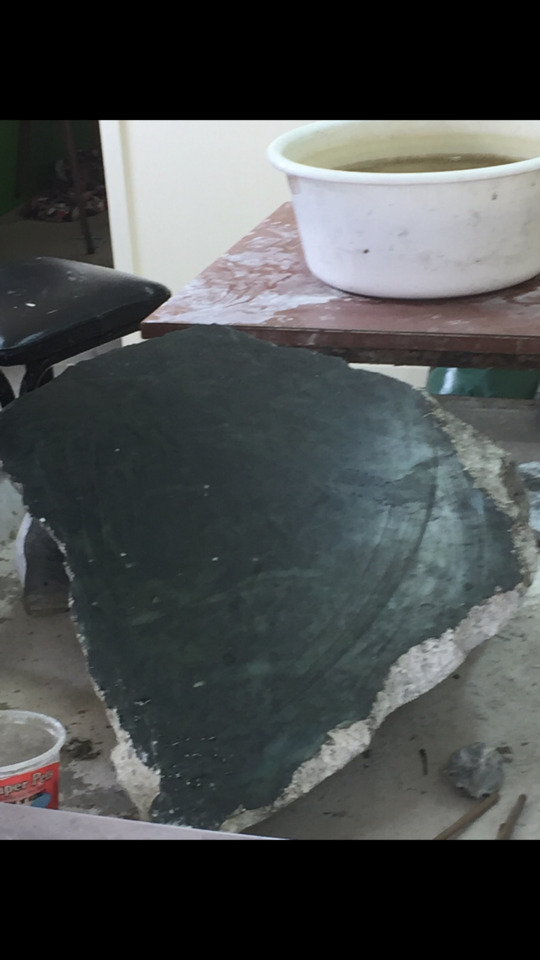
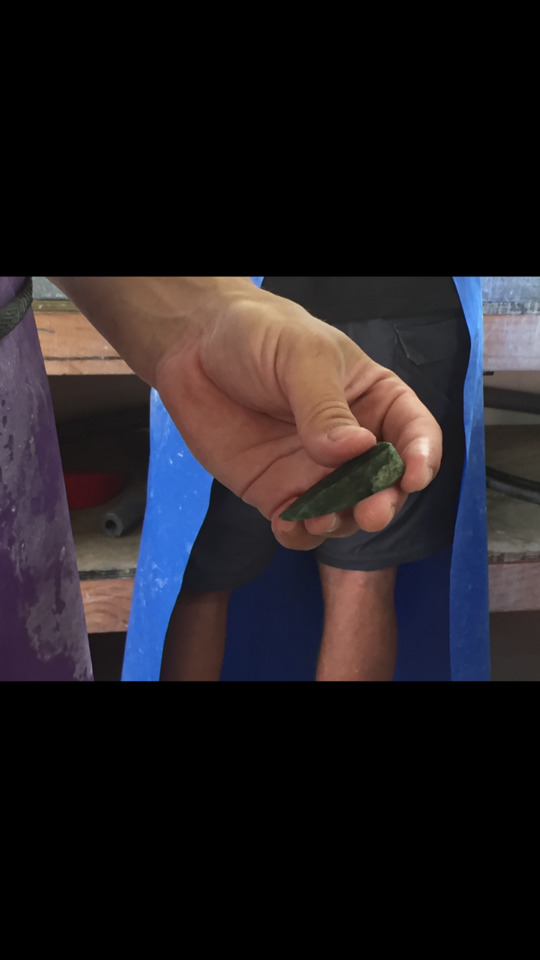
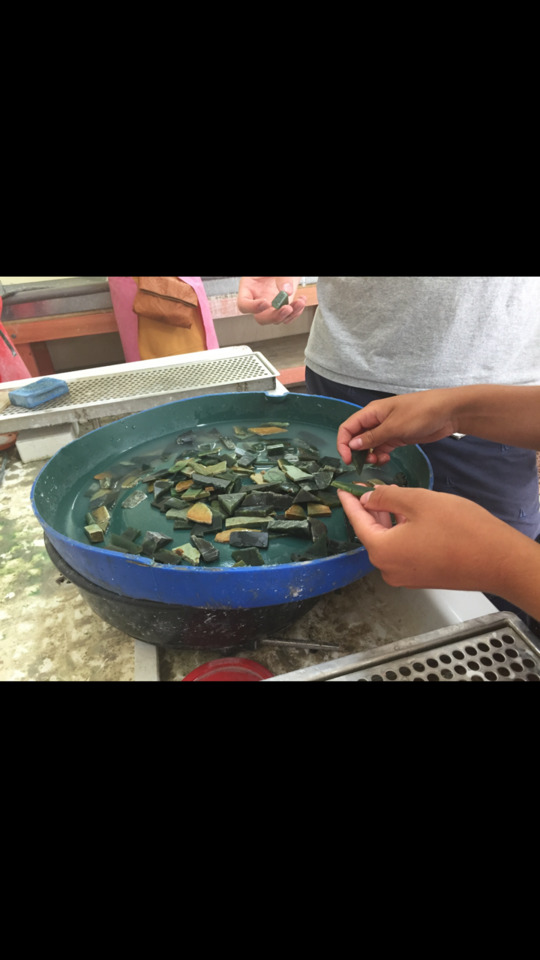
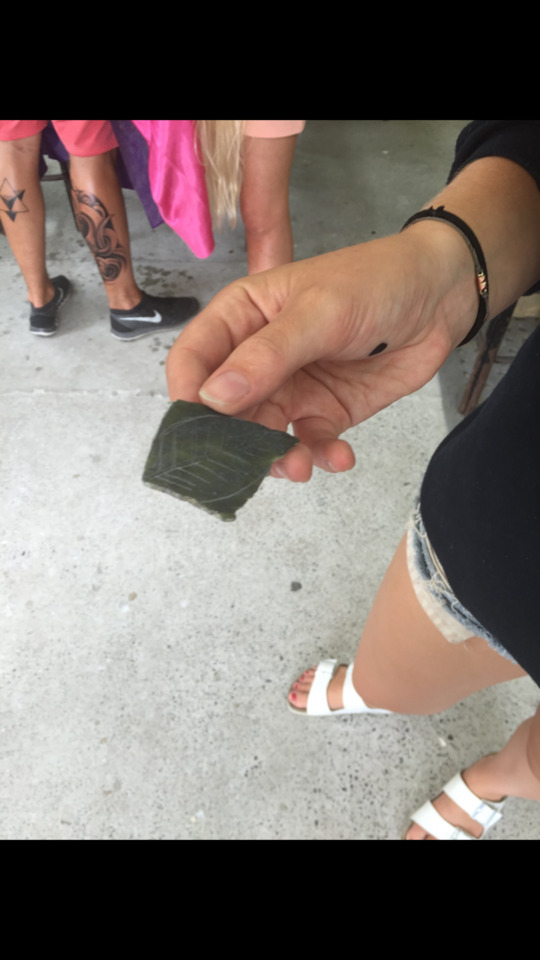
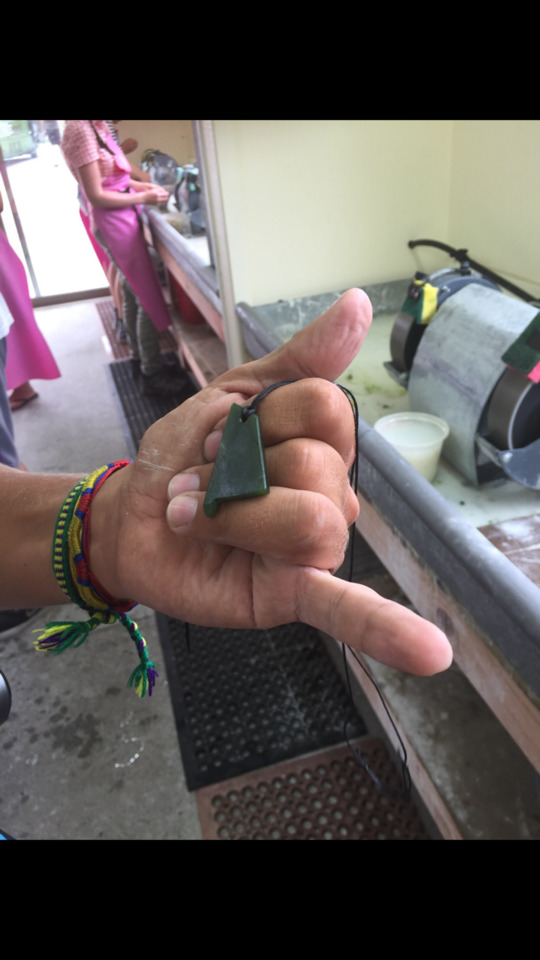

The KE takes the bus to Pancake Rocks for a long lunch at the Visitors Information Centre – which does great food and ice cream by the way. The rum and raisin is divine, quite honestly. We clamber back on to the bus, and take in more views of rocky beaches and lush green mountains as we drive onwards to Greymouth. Here is a tribute to the Pike River Mine tragedy of 2010 where 29 vital men became trapped in the last underground mine, after a series of explosions. They died there, leaving families and communities devastated. The mine has since been closed. The monument to miners killed whilst practising their trade is engraved with at least a hundred names stretching back to the 1880s. It makes for sombre viewing.
We climb back on the bus and it is a short onwards trip into Lake Mahinapua. The area is renowned for it’s pounamu, or greenstone. The regional greenstone is formed within the Southern Alps. The alps are created by two tectonic plates forming mountains at the point where they meet and push against each other. The temperature and pressure under the alps creat the greenstone from the minerals. Greenstone emerges to the surface after rains, storms and earthquakes cause mountain erosion. It was traditionally used to make patu (clubs) and other weapons of war, hunting weapons and jewellery. It is considered a “toanga” or treasure, to Maori. In some attempt to compensate for the colonisers stealing land from the South Island Maori, the federal government has given the Ngai Tahu tribe full rights to mine and sell the pounamu. High quality pounamu has transparent parts to it, and the light shines through, revealing a mottled pattern of white and grass-green.
We check into Lake Mahinapua backpackers, a large, homely family-run hostel. It used to be owned by Les, who in his latter years was a vital part of the Kiwi Experience family and who welcomed and communed with the young travellers on a daily basis. When he passed at 87 years of age, tour bus drivers were his pallbearers and a tour bus his hearse. There is a local drink named after him: LSD: Les’ Special Draught. The hostel has a jewellery making shed where greenstone is buffed, shaped and polished into personalised jewellery. This is so popular with the backpackers that there is a queue for the activity. The lake is just across the backpackers, and I do the 15 minute ‘Jum Michel’ bush walk. It is a mossy wonderland, with moss draped trees and ferns giving it an other-world quality. I get to the end, resolve to put my iphone camera firmly away and go back again to just look at it this time.
Back at the hostel, after a couple of hours showering and relaxing, we are treated to a pulled pork roast dinner. Being vegetarian I get to enjoy a large roast salad. Portions are huge and no one goes hungry.
Then the party starts. The theme for tonight is “All about the Movies” and costumes feature Disney, Pixar, Star Wars. I put on some zombie jewellery effects as a tribute to Kiwi zombie comedy classic “What we Do in the Shadows” – no one gets it. Carol, a grandma from Canada who parties the hardest, is dressed as Shirley Temple with a blonde curly mop of a wing, a cute dress and a chub-a-chup lollipop – most of the travellers look at us blankly when we explain: “Shirley Temple! You know?”
The next morning, breakfast is pancakes, bacon, toast, fruit and yogurt as well as tea coffee juice and water – a feast.
0 notes
Text
Day 5 South Island: Punakaiki
We are up and out of Westport early, traveling through one of the many national parks of the South Island: Paparoa National Park. The mountainsides are dominated by native Rata and Matai (Black Pine) and, again, make the highways a spectacular pleasure to drive through. The other dominant species in the forests is a mutant version of the bush-tailed possum. These ghastly creatures evolved from the furry and cute bush-tailed possum in Australia. A furrier brought them across to breed for their fur over and released a dozen in the wild when he changed his mind. They multiplied over 150 years to numbers reaching 80 million. In fact, before Maori brought rats over on their canoes and Pakeha brought all manner or pets and livestock, there were no mammals at all in Aotearoa: a bird paradise. Hence, with no predators, the native birds slowly became flightless: like kiwi and moa. Sitting ducks for the introduction of mammals from afar. Possums have evolved from sweet harmless herbivores in Australia into large carnivores in NZ that have been responsible for decimating native flora and birds: ravaging the chicks and smashing the eggs, and contaminating herds of cattle with bovine tuberculosis. It is said that if you see a possum on the road and you swerve to miss it, you are not performing your national duty. An industry has evolved of hunters and trappers procuring possum meat for dog food (my sister’s dog practically inhaled it, must be tasty) and possum fur, with the hair blending nicely with the local merino wool. Possum fur socks and gloves are a soft and warm: the fibres are hollow and trap warm air, providing excellent insulation; just think twice before giving them to your Aussie cousins; possums are a protected species, there! NZ’s very fine conservation programme may now be starting to make major inroads with 1080: an aerially distributed toxin that degrades to harmless substances as it enters the waterways and that seems to finally be containing these national pests. Digger tells us that hawks, which feed on possums, are going hungry for the first time in years, and wheels bump over fewer possum roadkill driving down the southern highways. Good news, I say.
We stop for a hike through Cape Foulwind, named by Captain Cook because of the bad weather that his ship encountered when he arrived. This one hour trek is just gorgeous with elevated views of a rocky coastline and large, green mountains. We stop at a lookout and are lucky enough to see seals: shiny black ones fresh out of the water, and matt chocolate brown ones that have dried in the sun. They bob along the rocks, waving their tails. “Dolphins!” someone cries, and I am just in time to see a fin poking up out of the water, and dark shadows passing alongside, about 3 or 4 of them. As we near the end of the track, we see a curious plump bird, not quite a duck, a bit like a kiwi but not one of those either. He runs along side the path and we are too fascinated to break off gazing at him to prioritise a photo. As usual, by the time I decide to give it a go, deal with the passcode and the camera function and set up the shot, he has scampered away into the bush out of site. We learn later that this native bird was a weka.
I am the only Kiwi Experiencer to get off the bus at Punakaiki to spend the day and night and, wow, am I pleased I did. It is STUNNING. It is a microcosm of everything the West Coast has to offer. After checking into the delightful Te Nikau backpackers/motel, I wandered down to the beach through the Truman track – a gorgeous native bit of bush. Traditional green and dark red flax grow on the sand dunes leading down to the beach. The beach had rugged cliff faces and large rocks on either point; golden sands in the centre. As I turned back up the Truman track to the main road, I was lucky enough to nab a ride to the Porarari River Track: a 10km loop track. It starts as a gravel road that takes you past large verdant mountains to the river’s edge. As you reach the beautiful Pororari River, the track is fringed with moss-covered evergreens, native cabbage trees resembling tropical palms, native ferns as well as rata and matai trees. The river is shallow, with large rocks rising through its waters and cream-coloured stones on its shores. I arrive at a T intersection with Inland Pack track, and complete a loop back to the visitor’s information centre. This is the highlight of the track as the forest is classic to the region: ferns, cabbage trees, native trees with trunks draped in moss, reaching to the sky, or hovering at your waist. The sounds are as special as the sights: birdsong of different varieties, and a loud, persistent chorus of cicadas whirring and buzzing. The gravel road that the track finishes on passes through private farmland and mahogany horses graze on paddocks decorated with golden, lavender and red flowers. Again, mountains loom up over the track, dark bottle green cabbage trees standing out, with their radiant leaves arrayed like crowns on their narrow trunks.
I end at the Visitors Information Centre and enjoy dinner. Liam is a law student who works in Punakaiki over summer whilst he lives with his grandmother. He has Maori grandparents. We discuss how colonisation has been a challenge healthwise to Maori, as it has to colonised populations across the world. Maori evolved to survive long canoe trips, and physiologically readily store energy for this purpose. This means that the modern diet of processed carbohydrates and cheap oils has been a diabetes disaster for Maori as it is an energy overload and promotes obesity. It is a diet ill-matched to a population that evolved eating fish, birds, native tubers and fruits. NZ has the third highest rate of obesity in the developed world. Liam has eschewed this sad modern diet, cutting out sugars and processed foods, and is a picture of glowing good health. I can only hopes his ways, one day, become the new normal for us all.
After this bit of polemic, I go to see the Pancake Rocks: a set of limestone rocks that emerged over millions of years from the seabed and around which the Tasman Sea now swirls and rushes. These are the South Island’s version of the Twelve Apostles in Victoria. They loom up from the water, unmoveable, dignified, as tide and wind stir up the elements around them. There are individual rocks, families of rocks and amalgamations of rocks into cliffs. What makes them so beautiful is the layers of stone stacked one atop the other, so that they are configured into horizontal stripes – it is a mystery how these developed. They are a photographers dream. I linger about an hour taking the sights in and snapping shots.
The walk home passes a coastal surf beach with more classic limestone rocks and cliffs. Sometimes when travelling, it is the little things that leave lasting impressions. To each side of the highway are grasses with yellow, red and purple wildflowers and flaxes. I pass the Bullock Creek on my left, which looks like a mini Mildford Sound with green lush mountains on each side. Kayaking up this creek is a treasure that must be saved for next time.
The day ends with the sun setting in the west over the sea: a first for me, an East Coaster all my life (Auckland and then New South Wales). As the sun sinks into the waters, a day of forest and river and sea and stone, of dolphin and seal and bird, draws to a satisfying end, and I have the best sleep of my tip, so far.
The next morning, before the bus comes, I duck back down to the Pancake Rocks and have another look, and then, 5 minutes up the road, duck into Punakaiki cavern. To the trained eye it apparently has fossils and other cave treasures, but for me, it is a cool place to sit and rest a while. I go back to the hostel, drag my luggage back out onto the highway and am collected by the next KE bus to Greymouth.
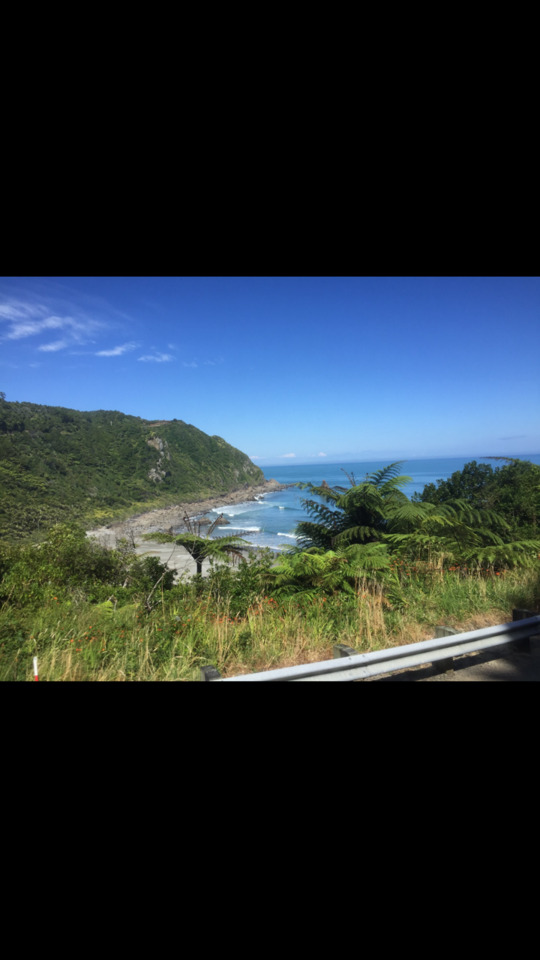
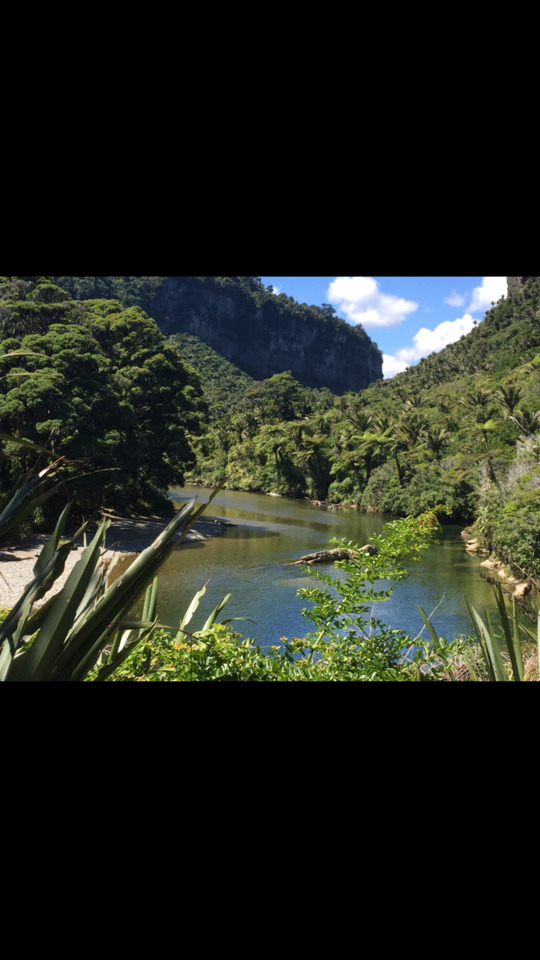
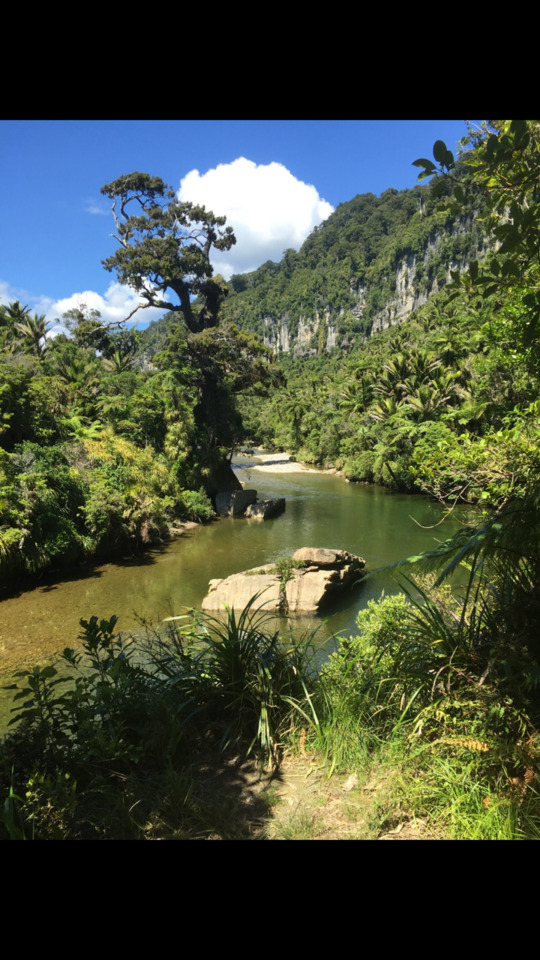
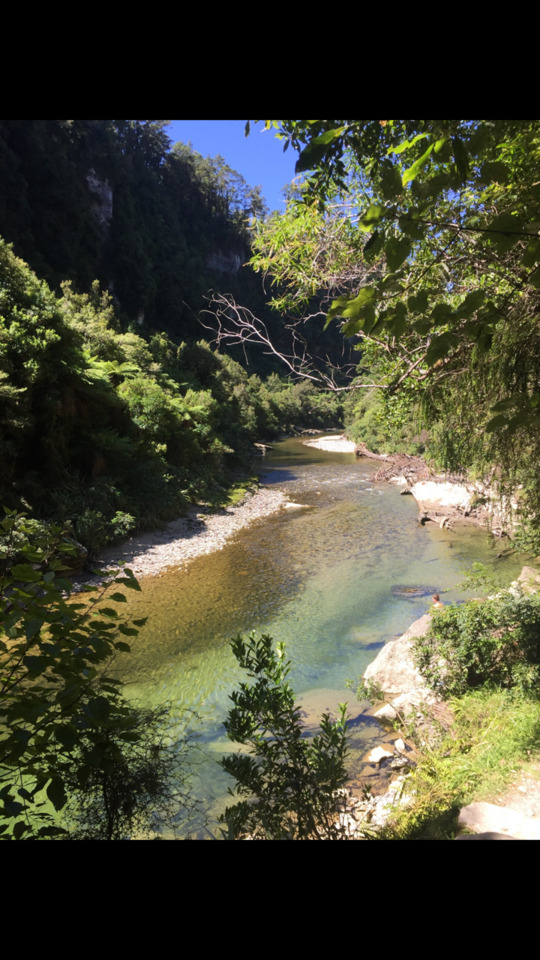
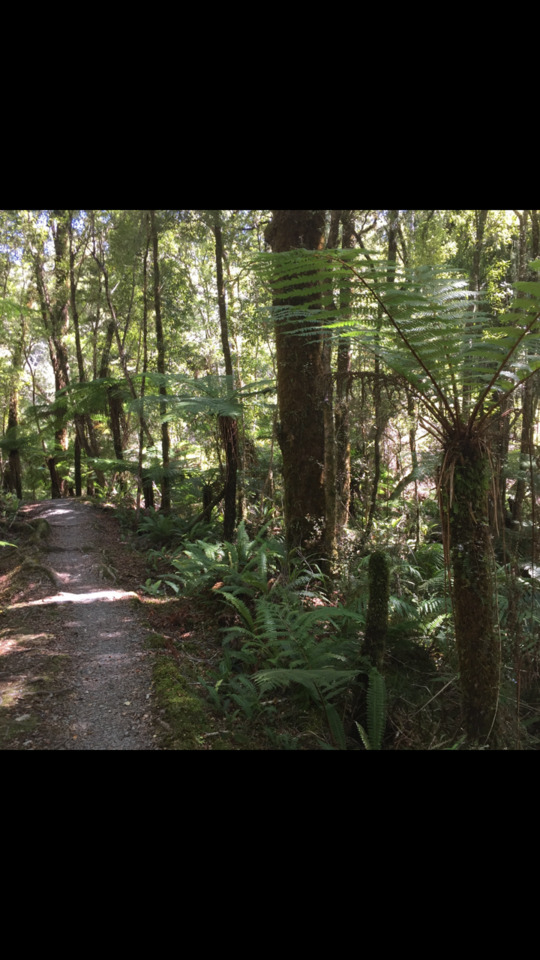
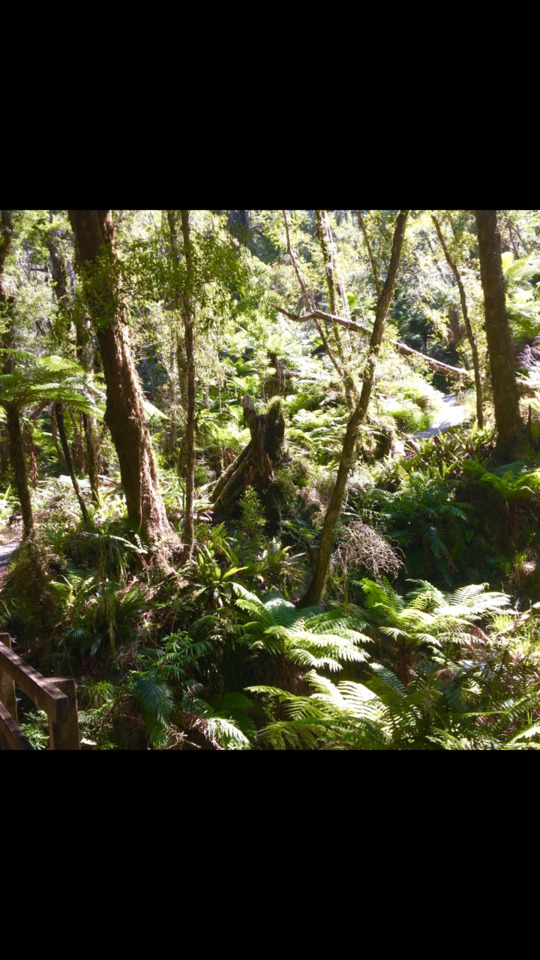
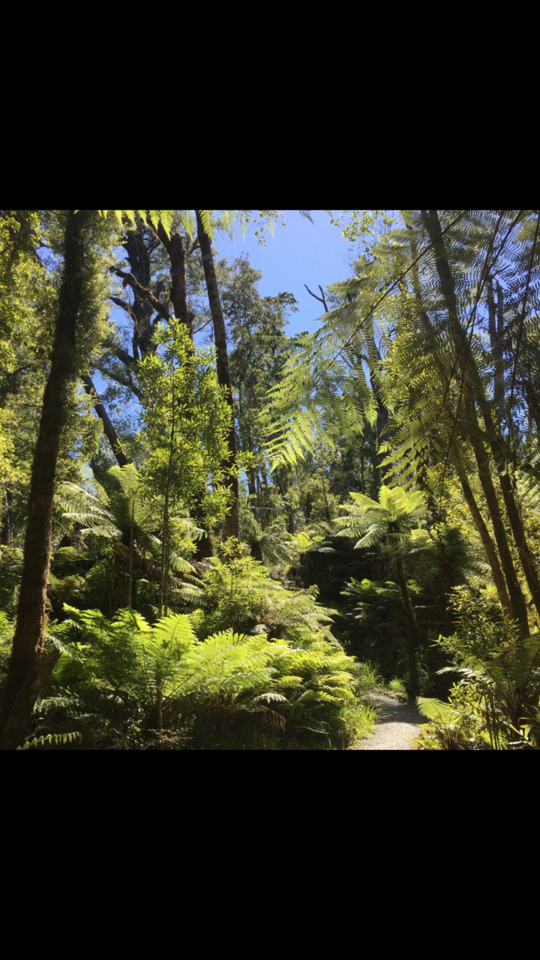
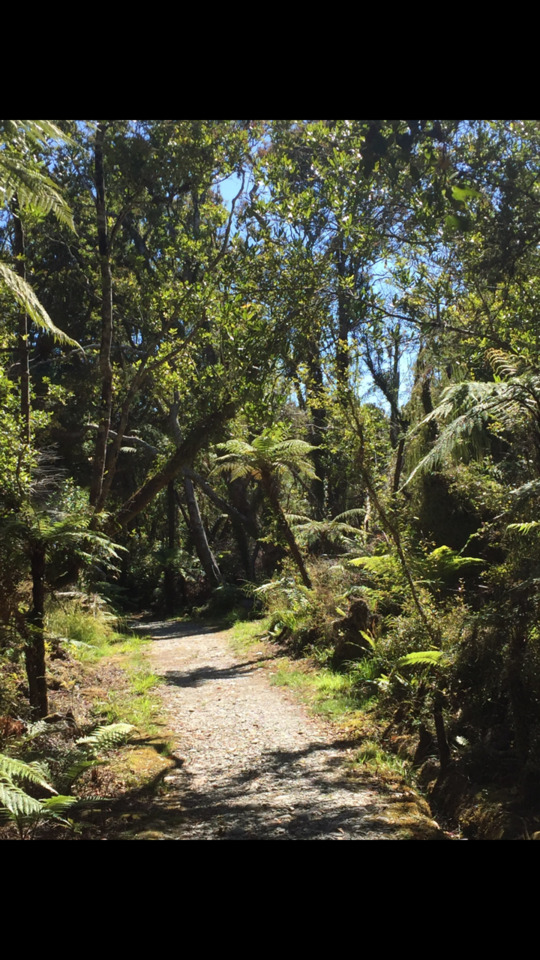

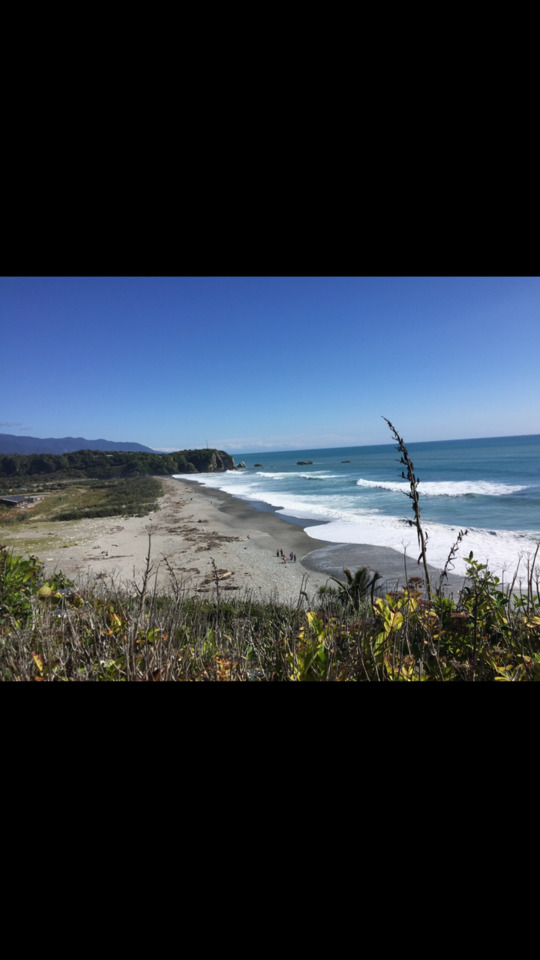
1 note
·
View note
